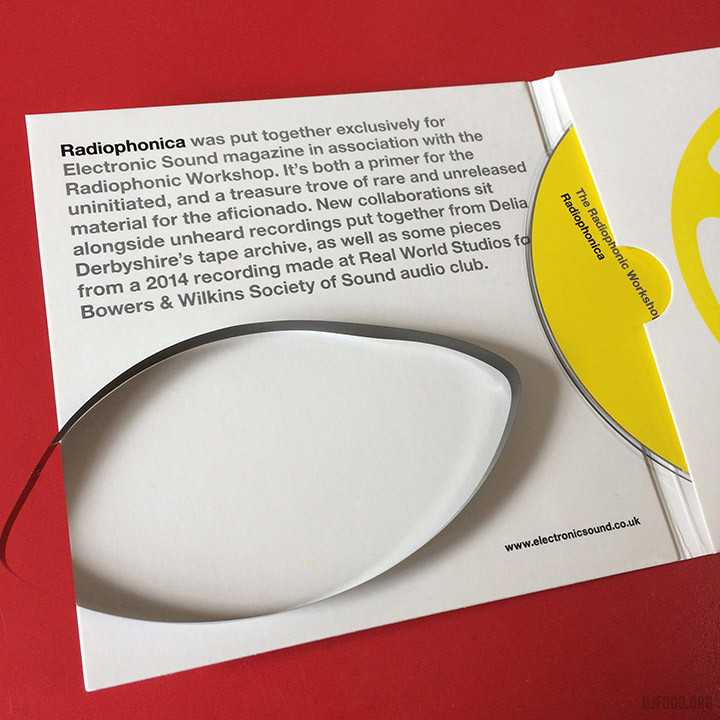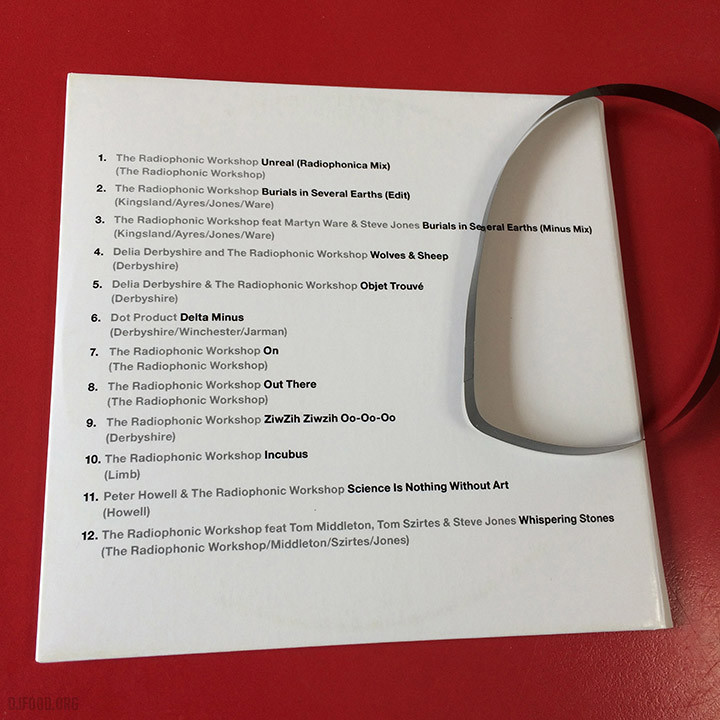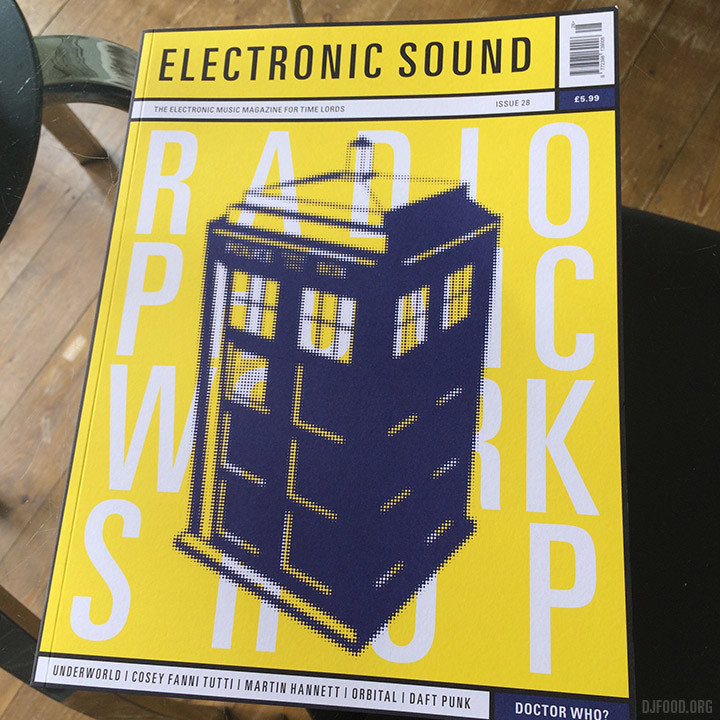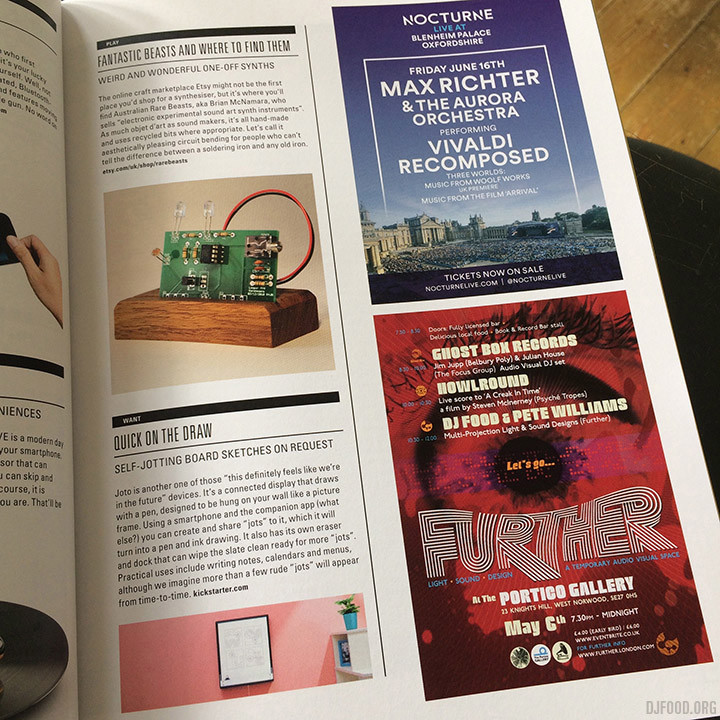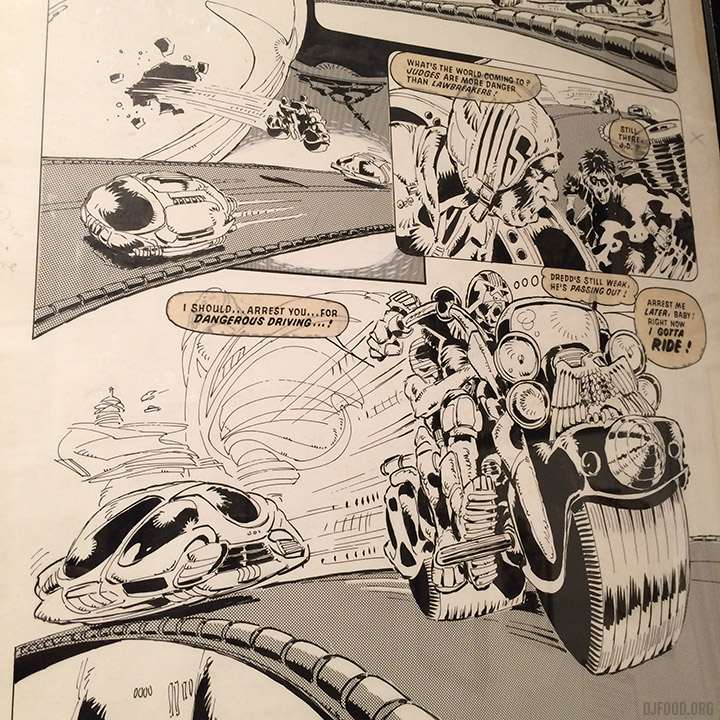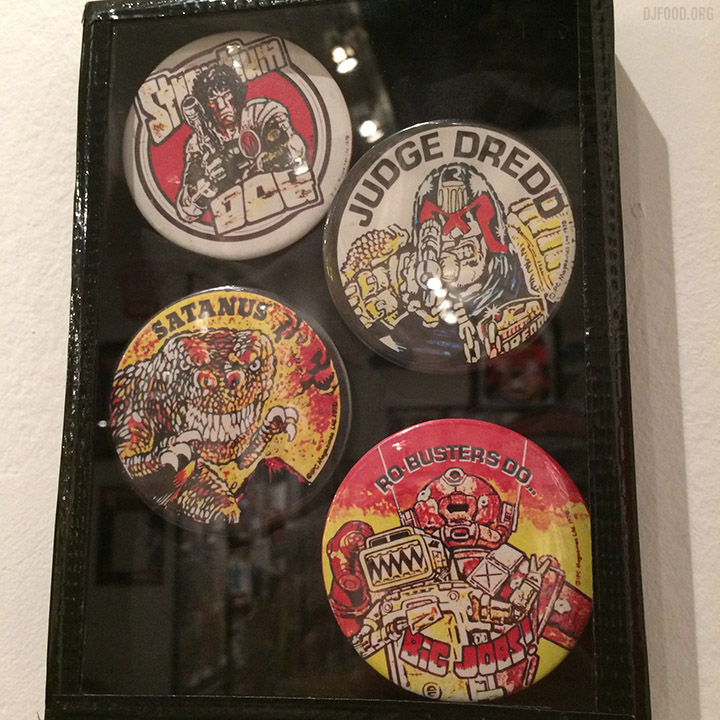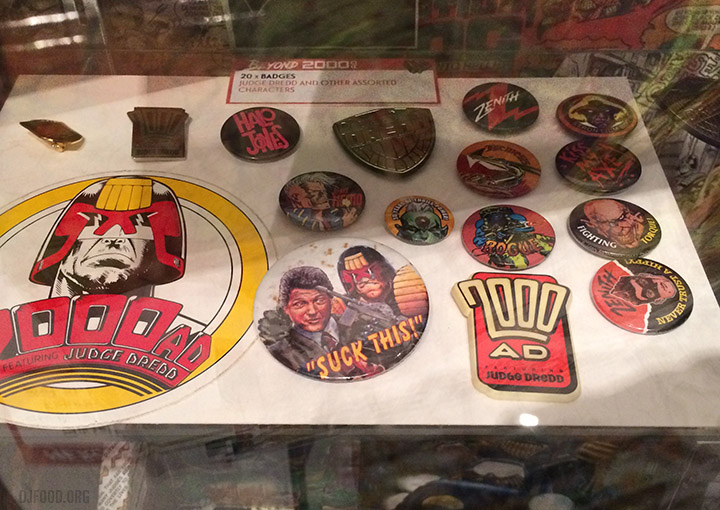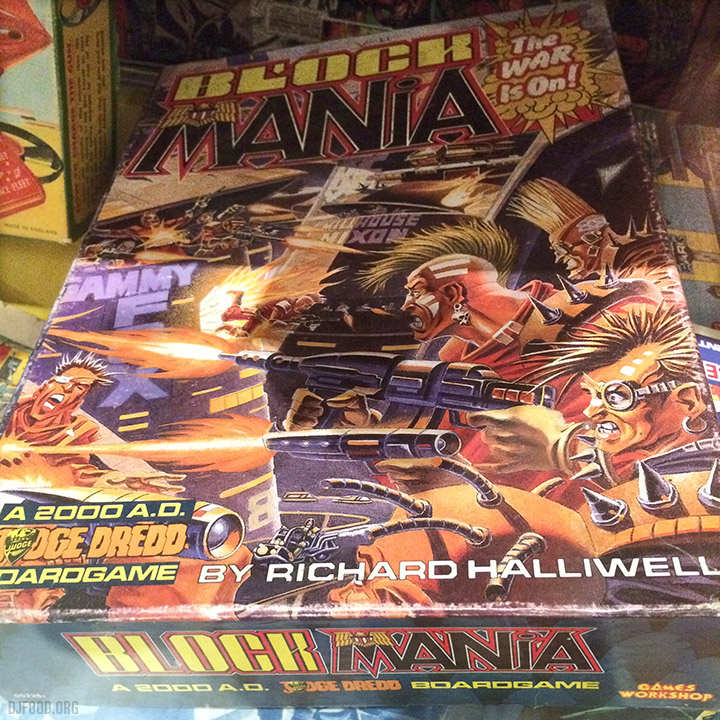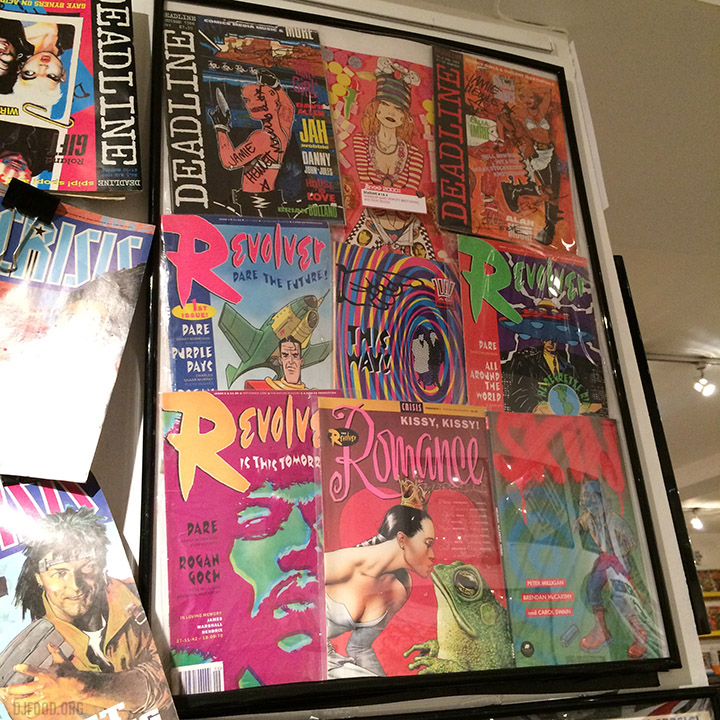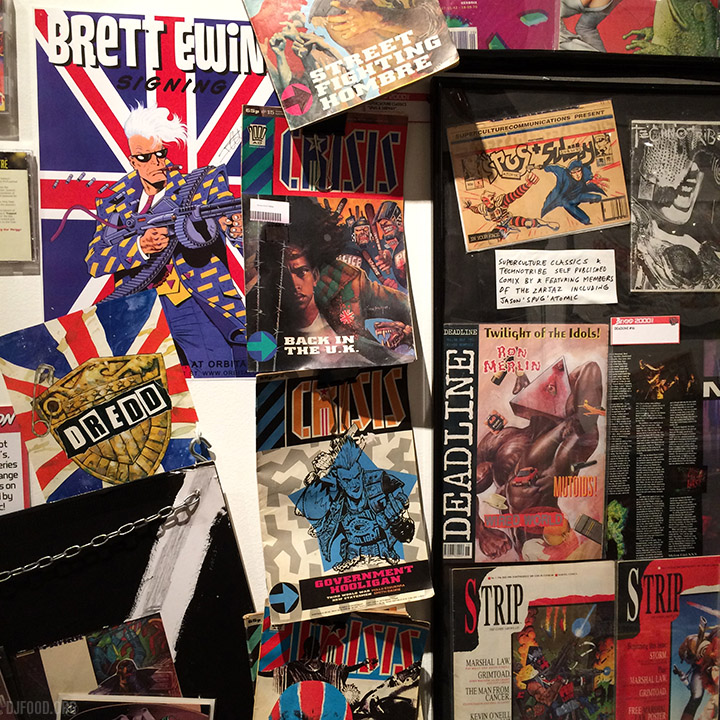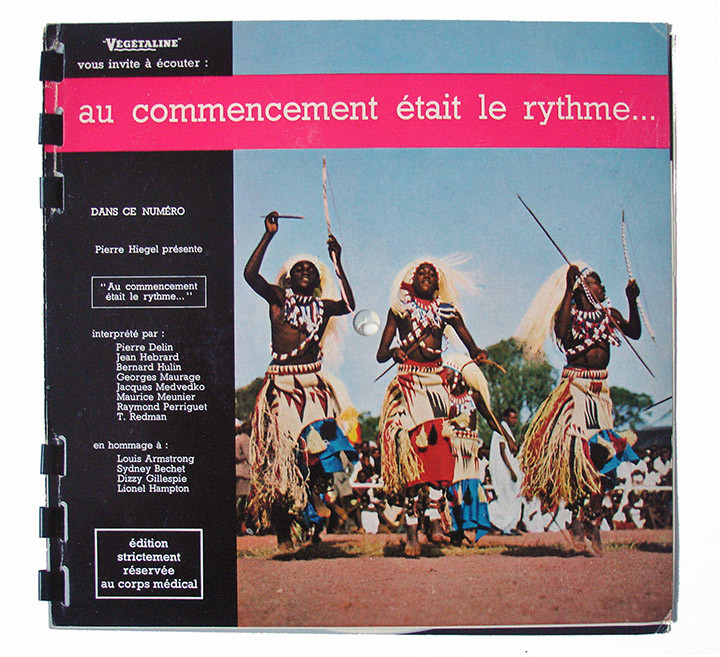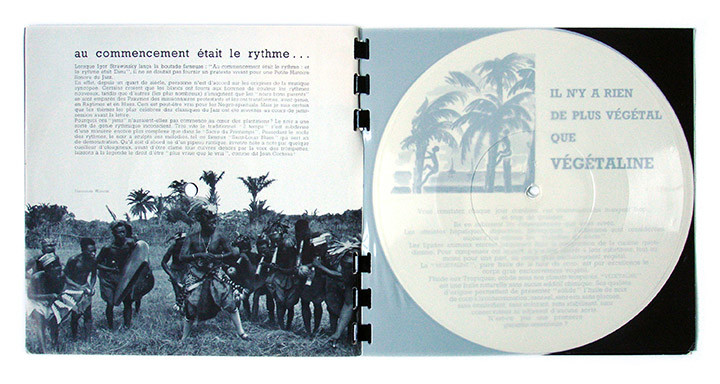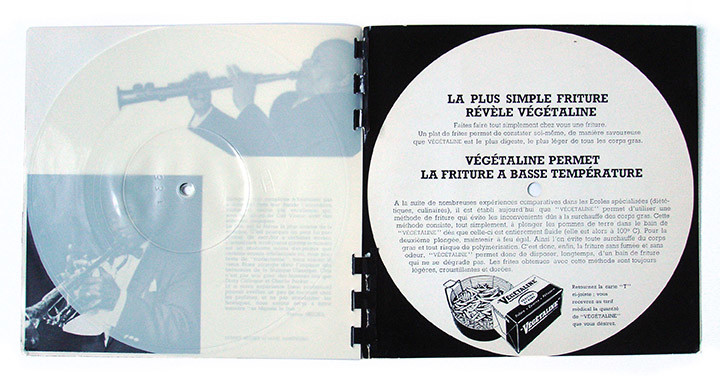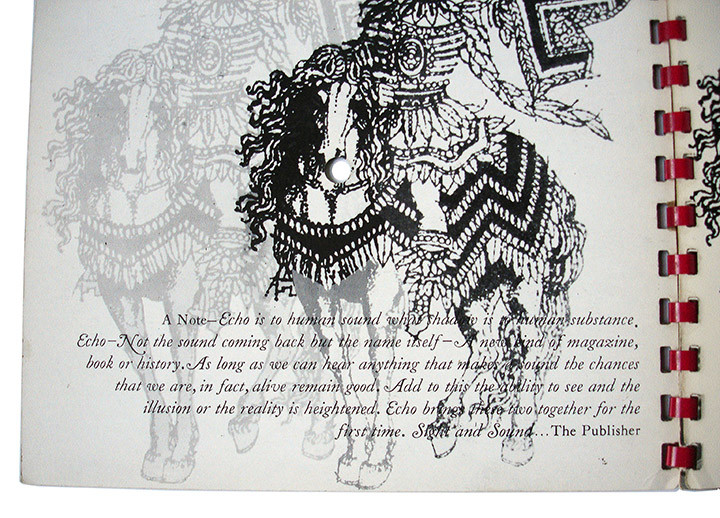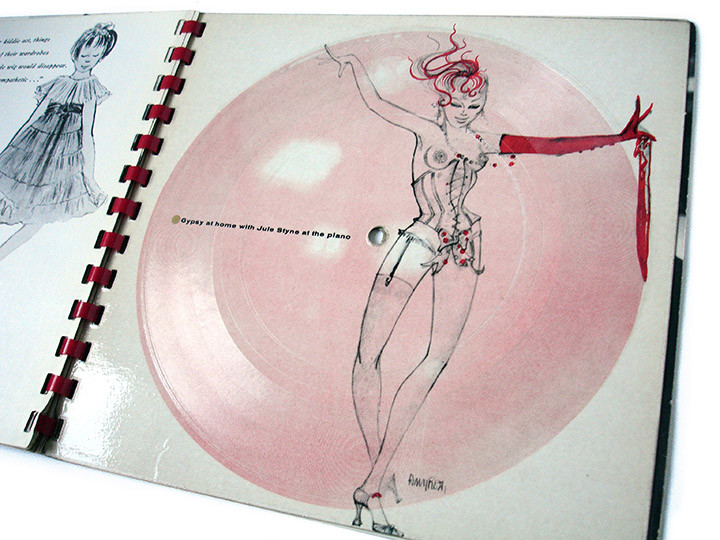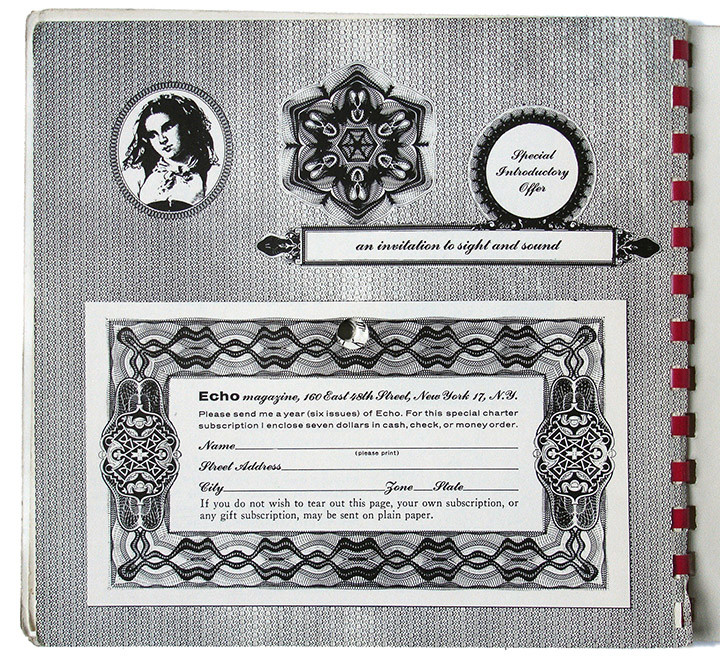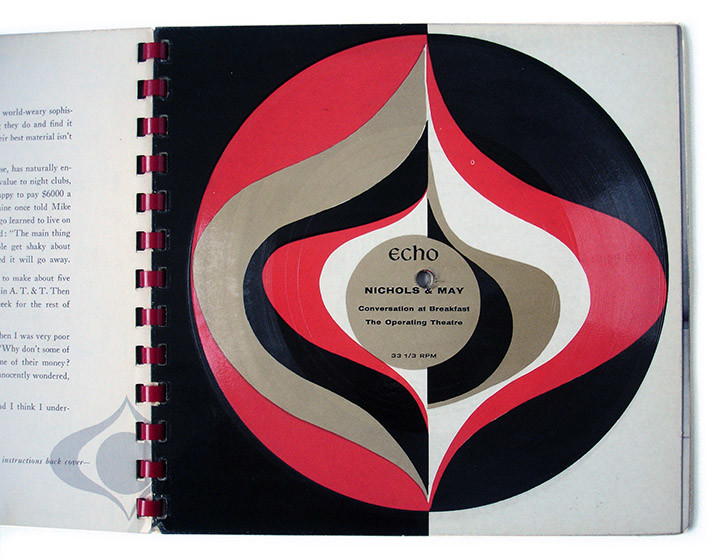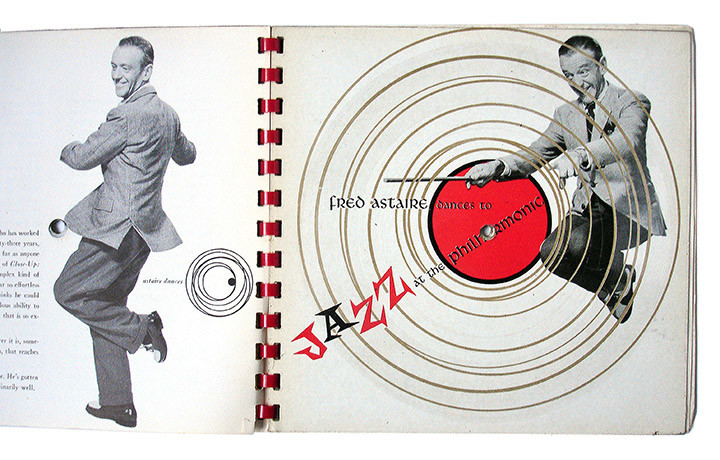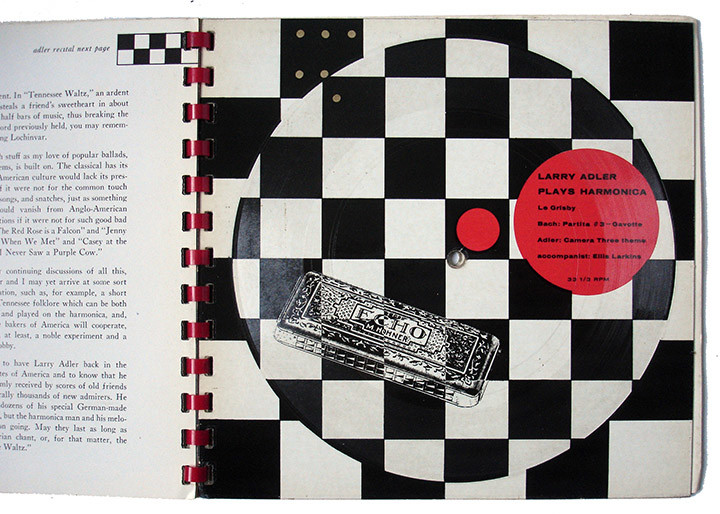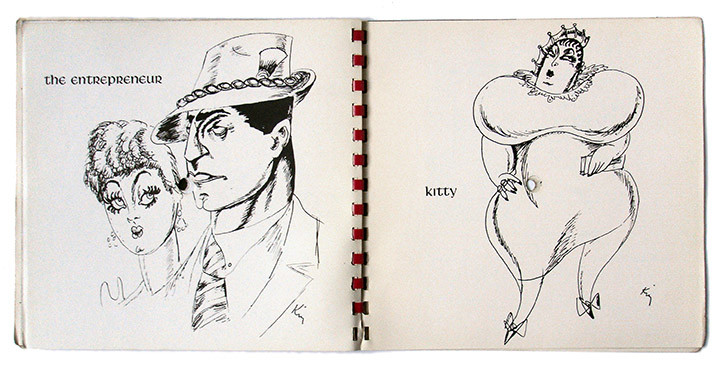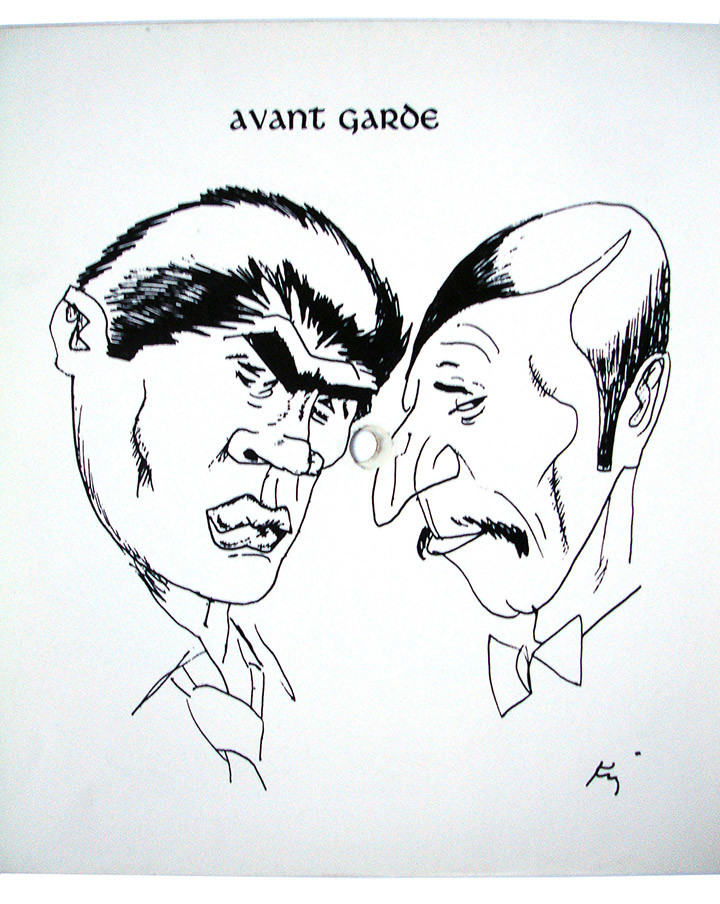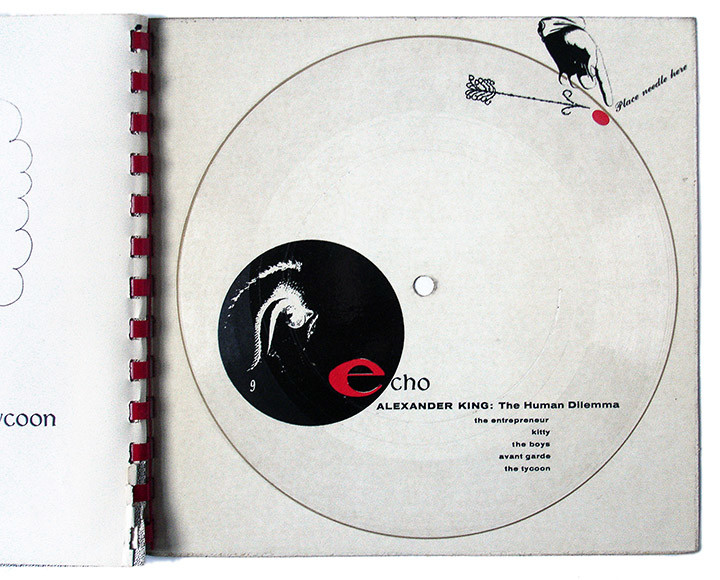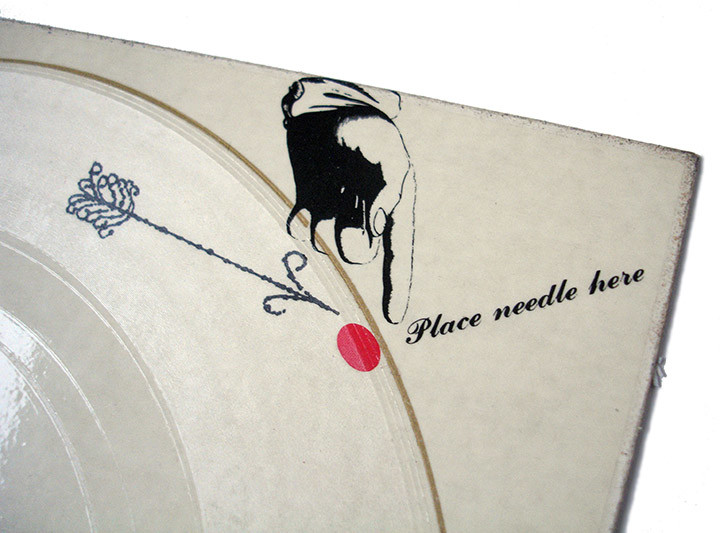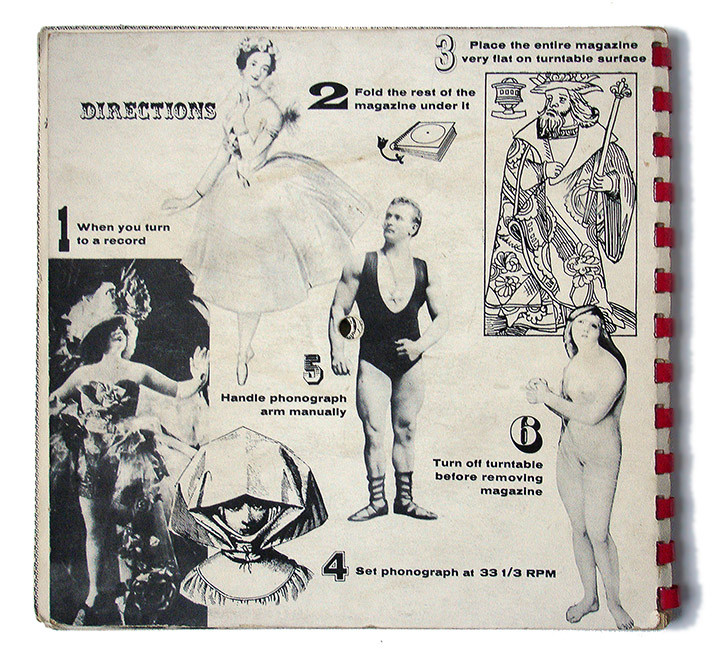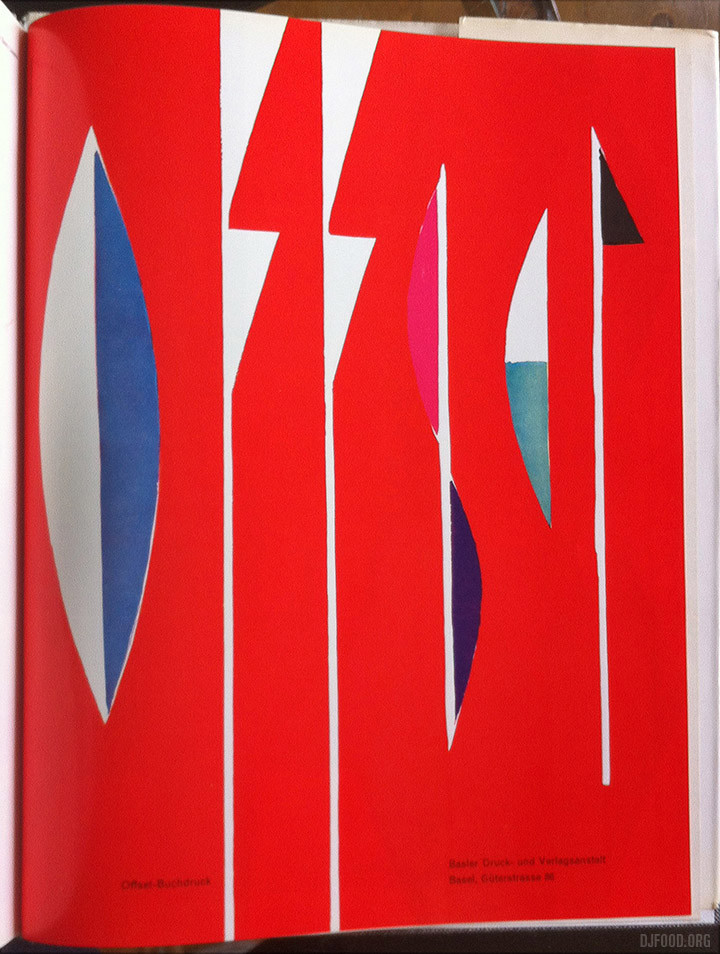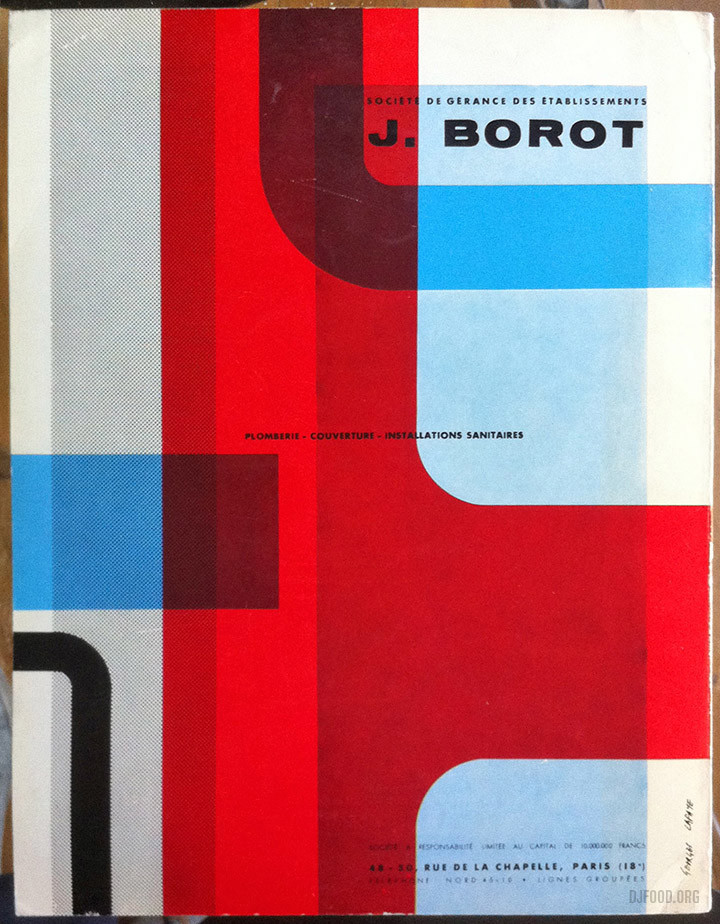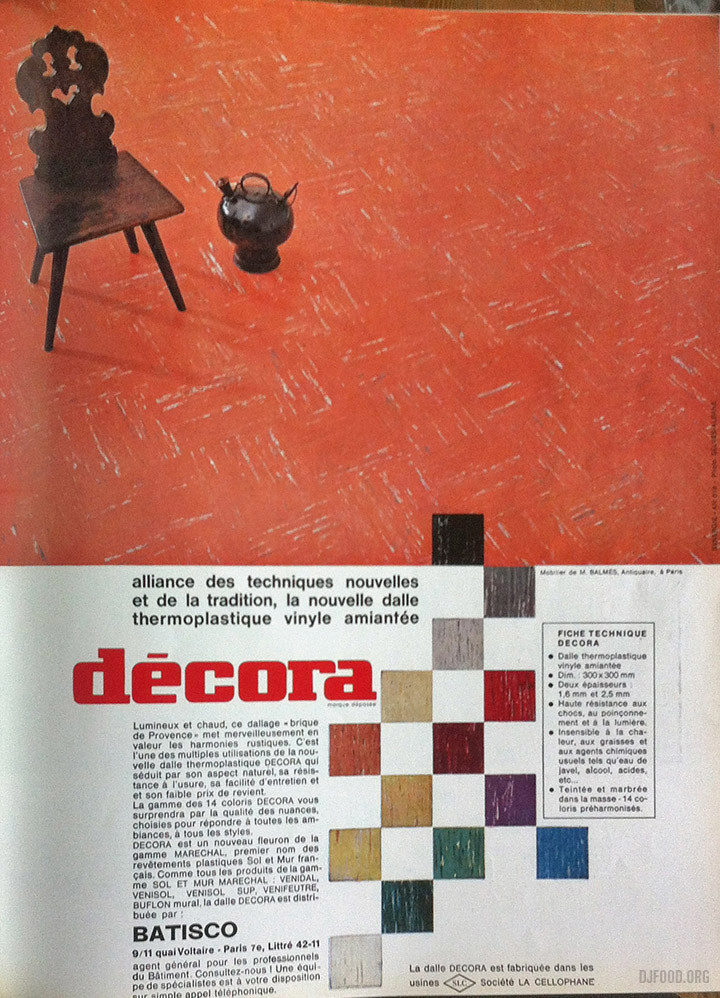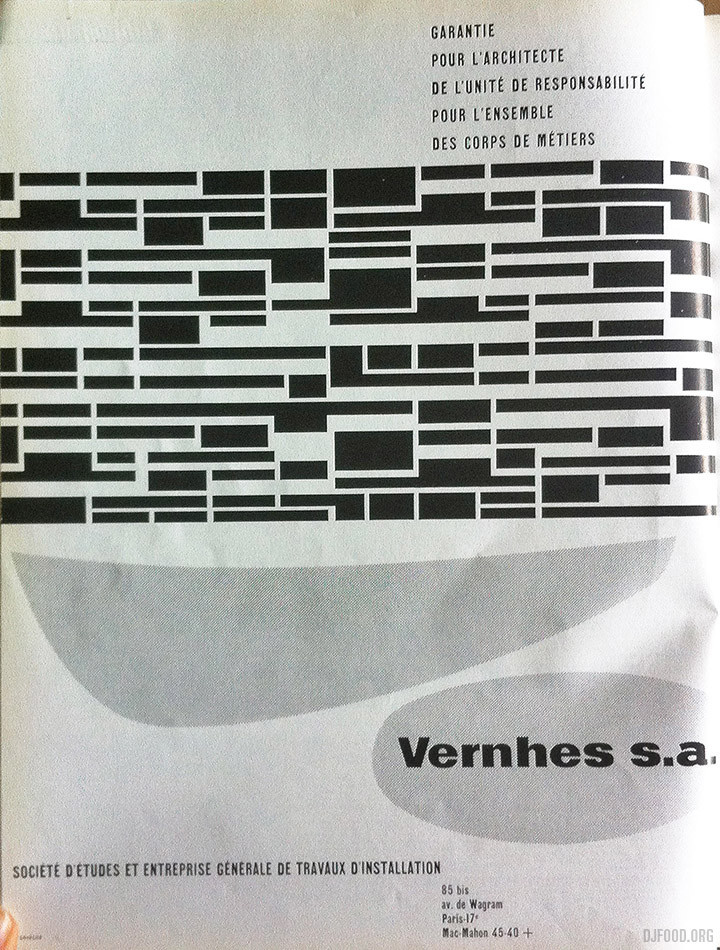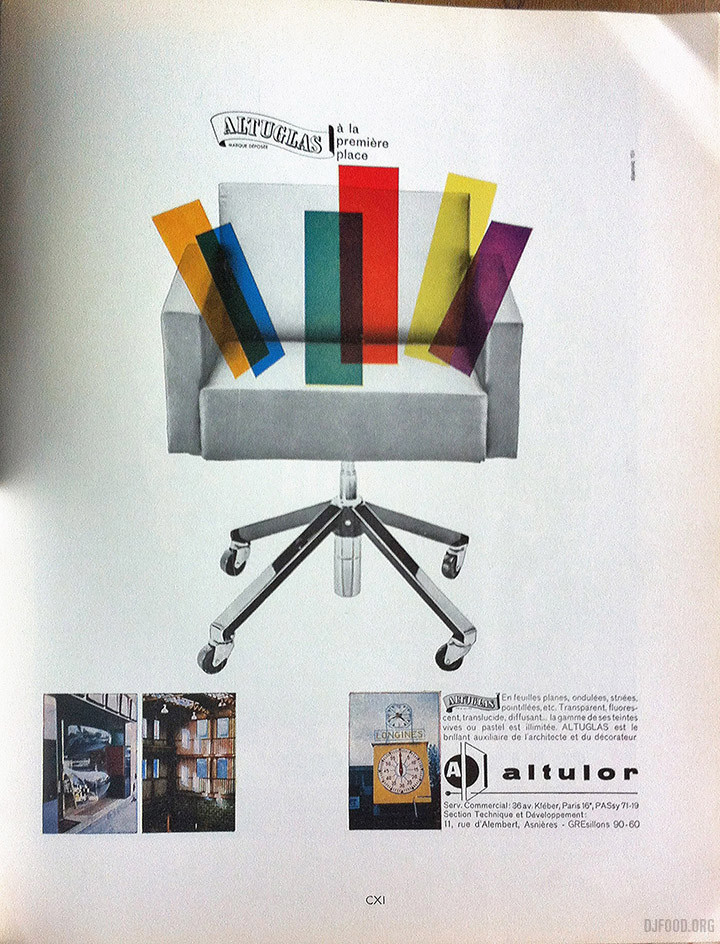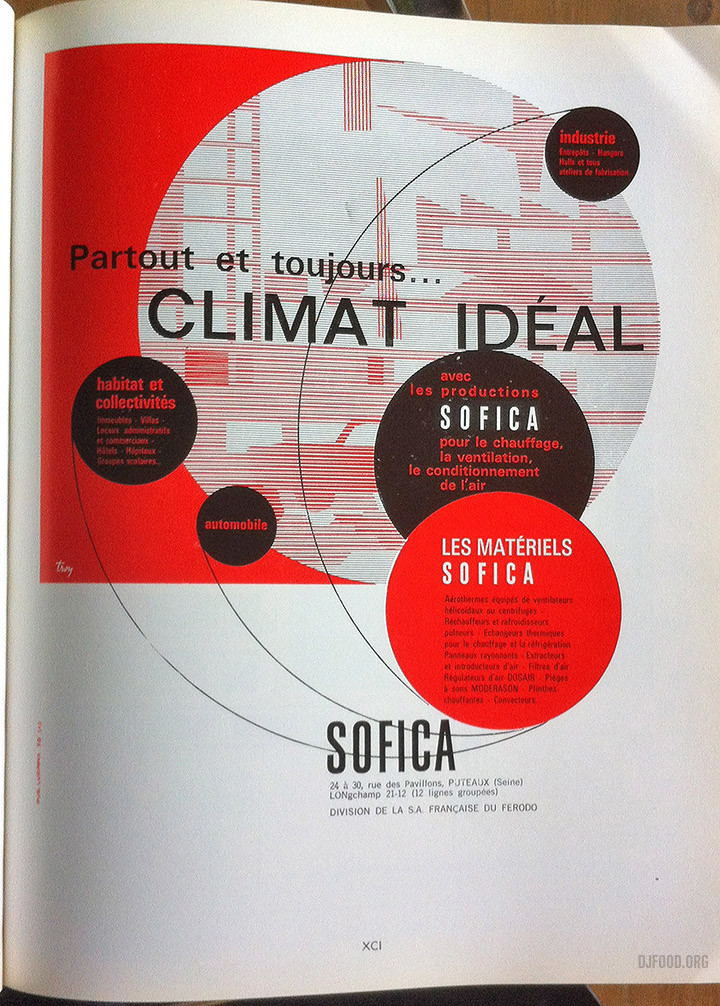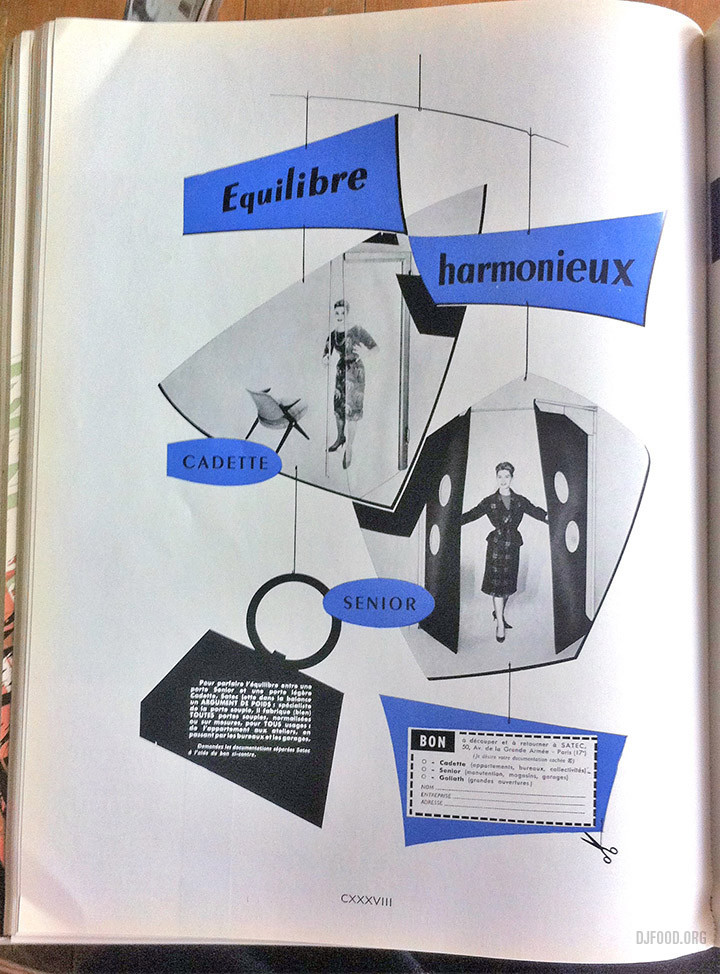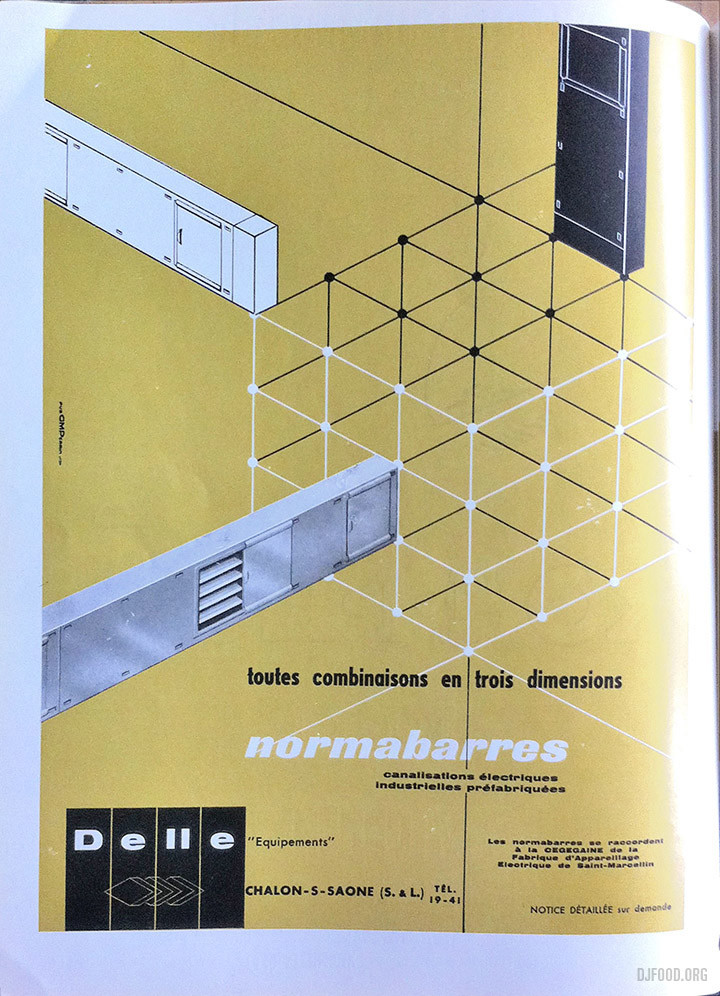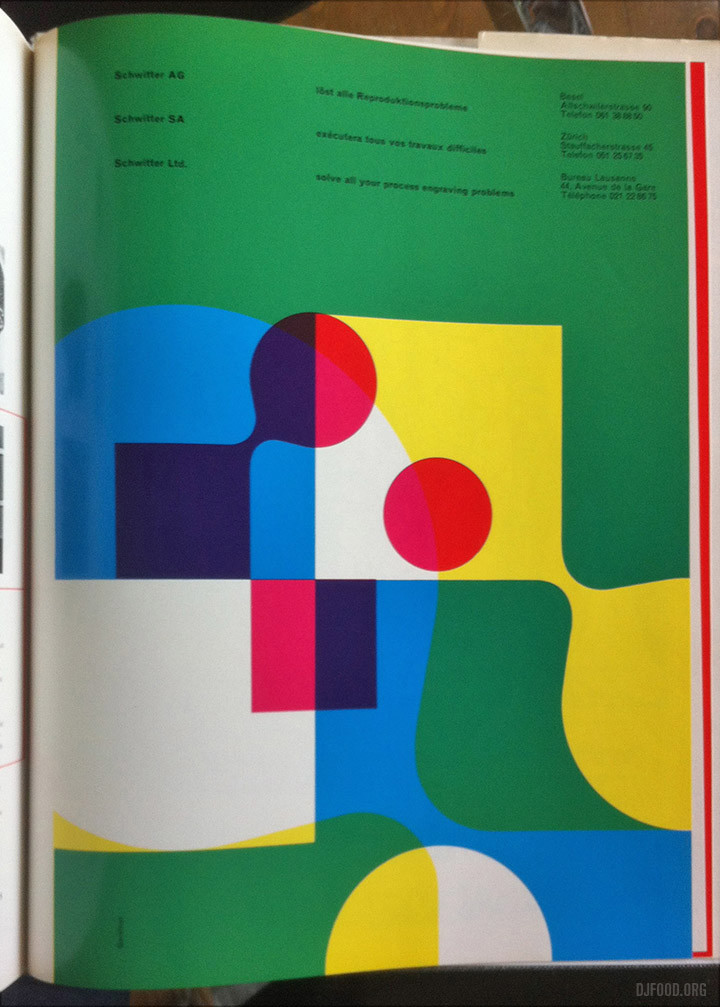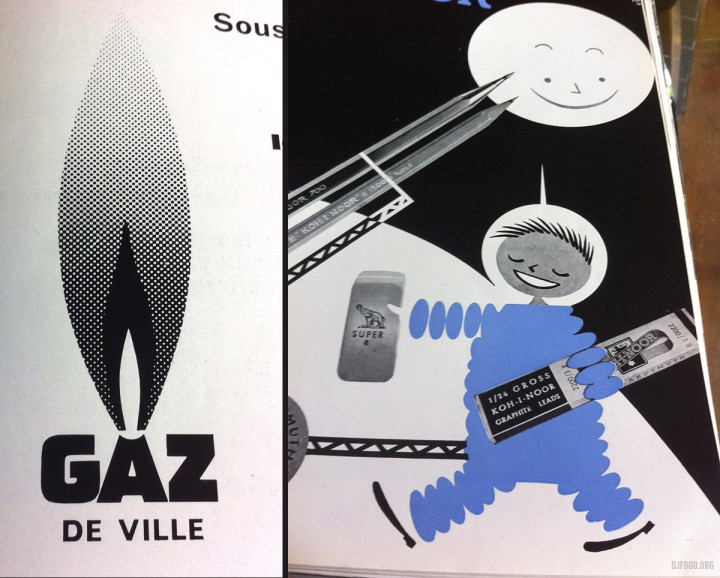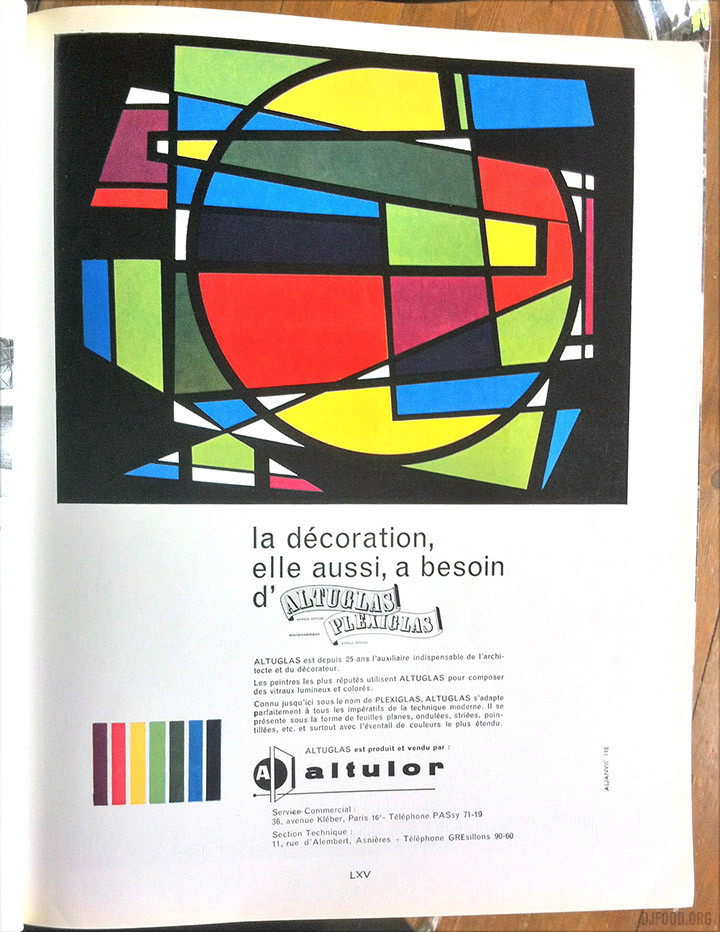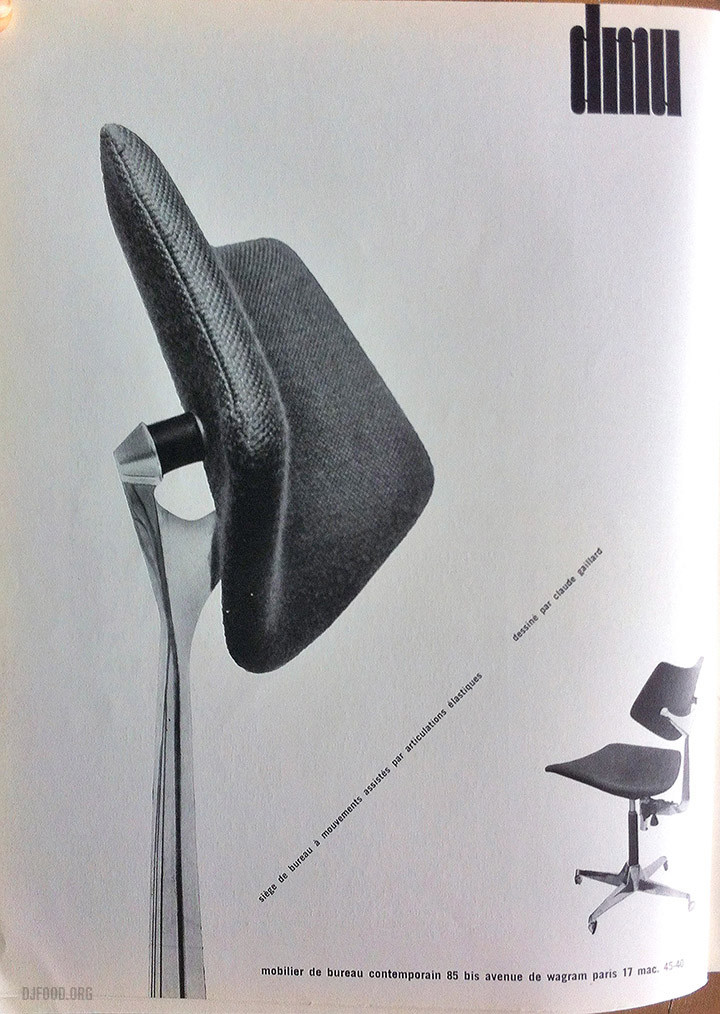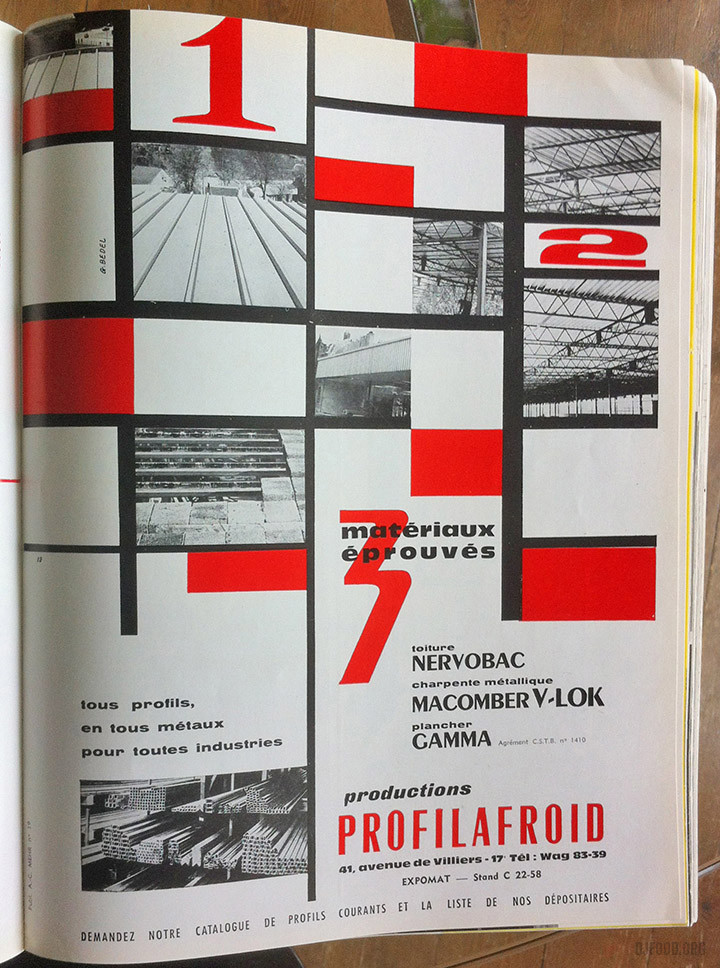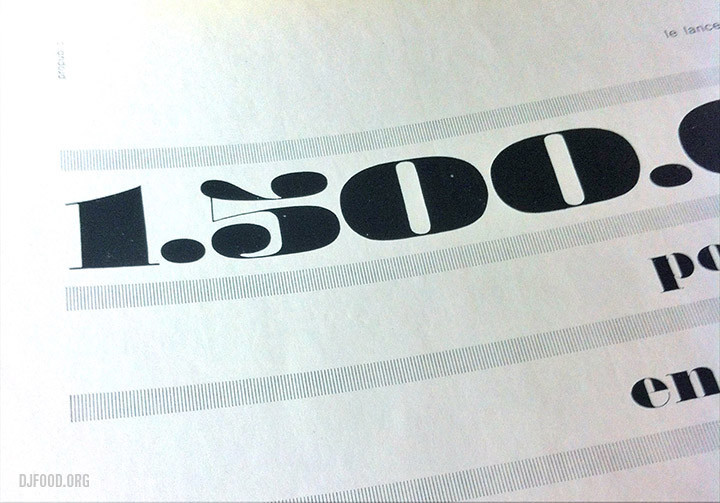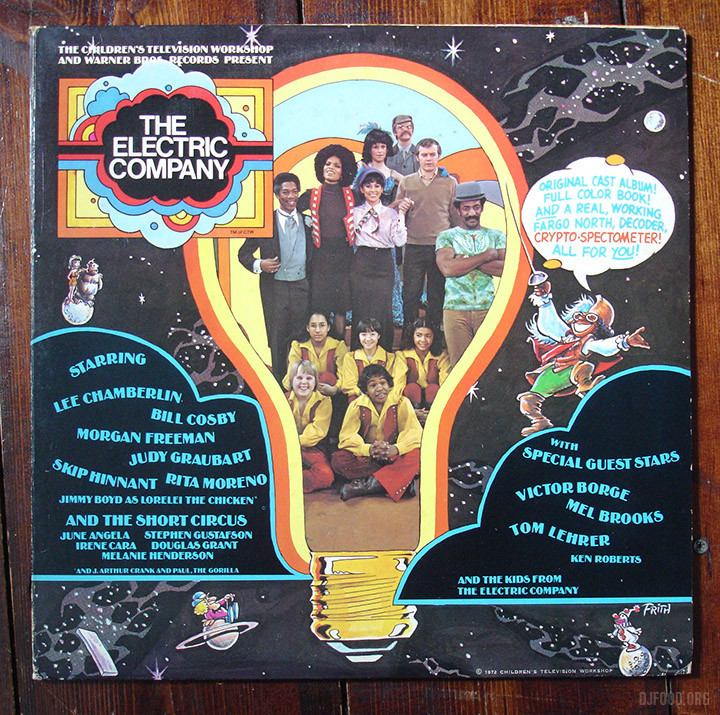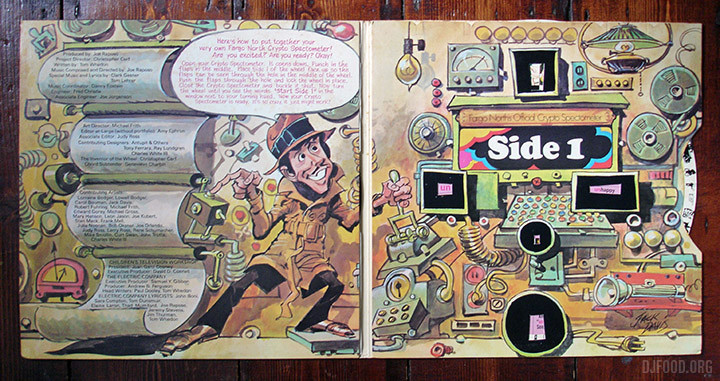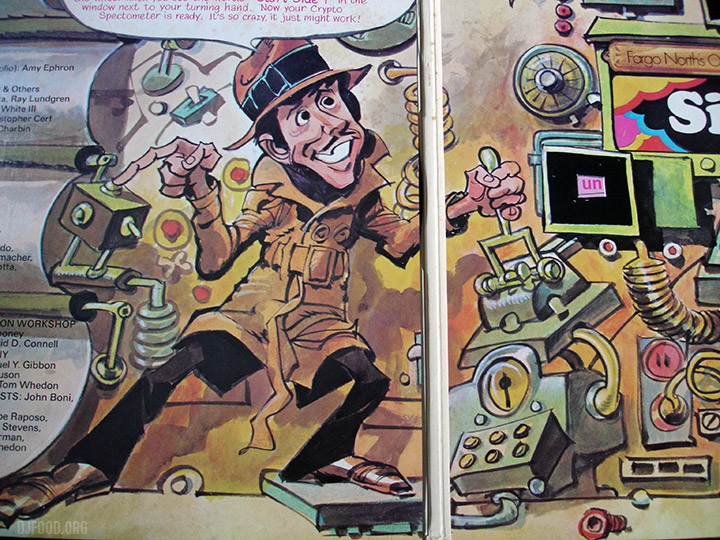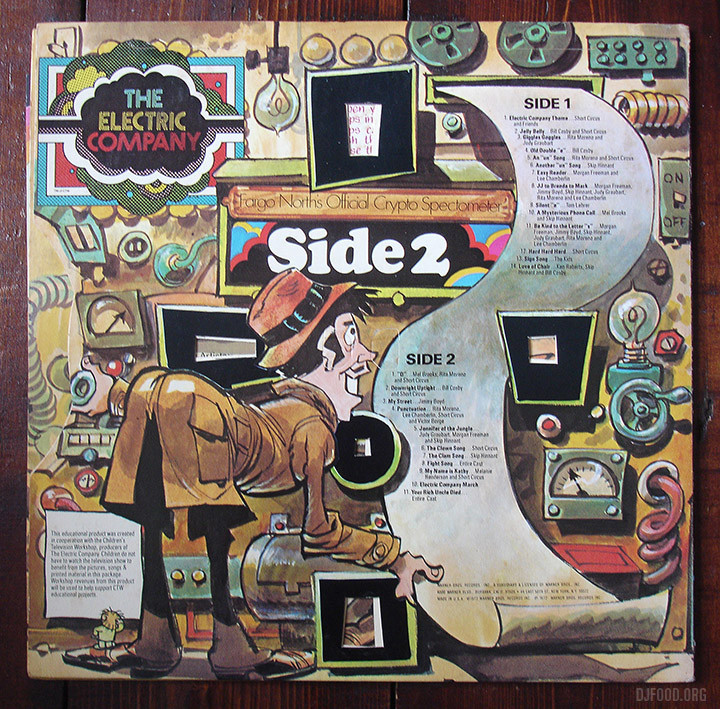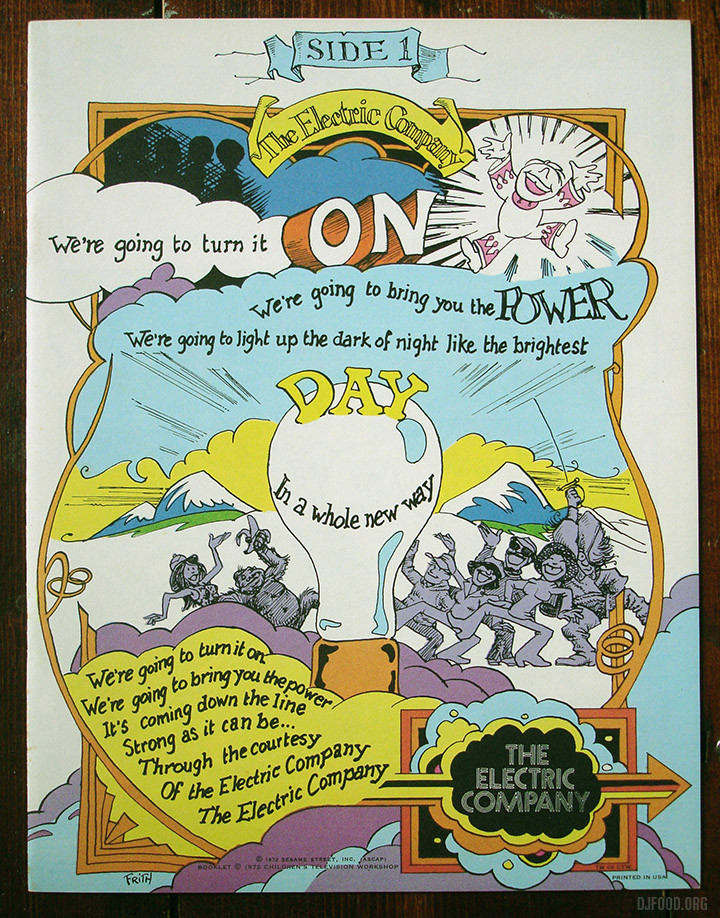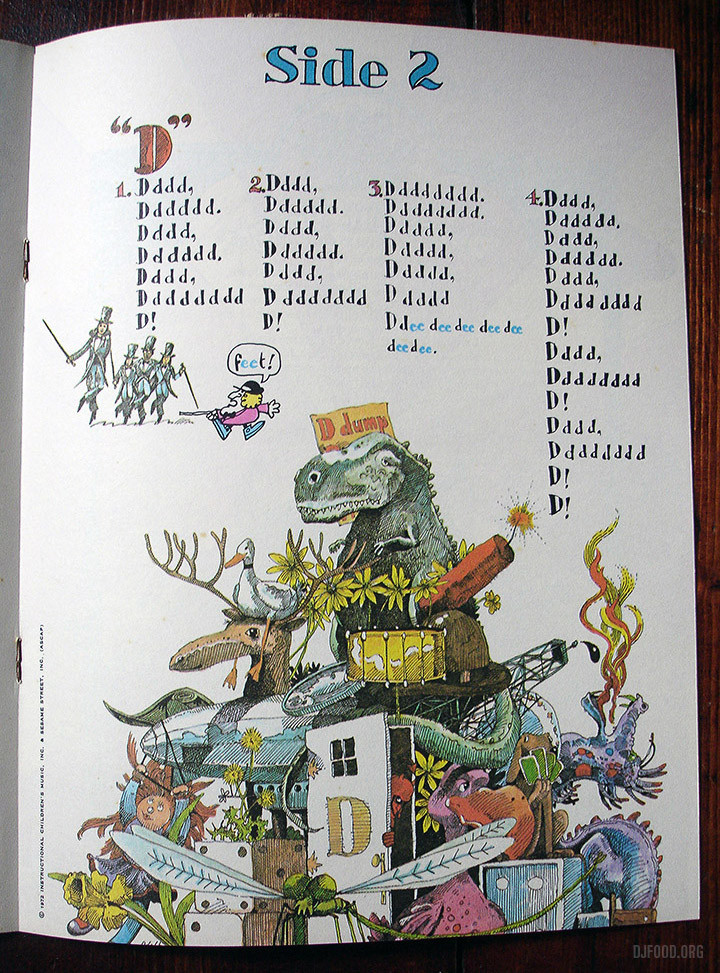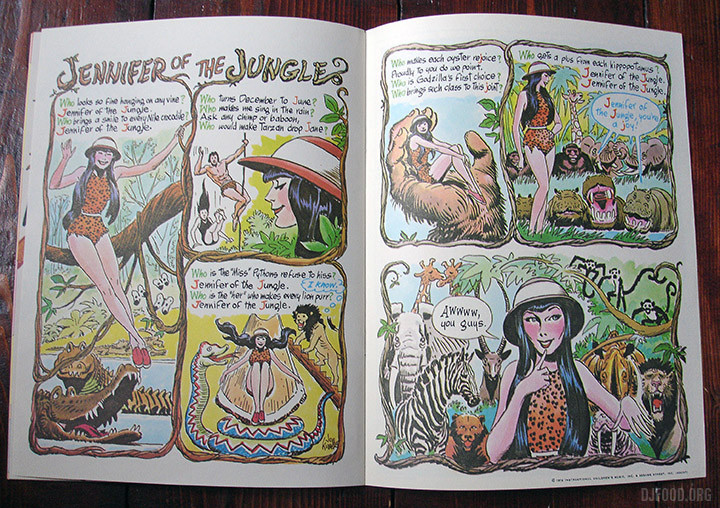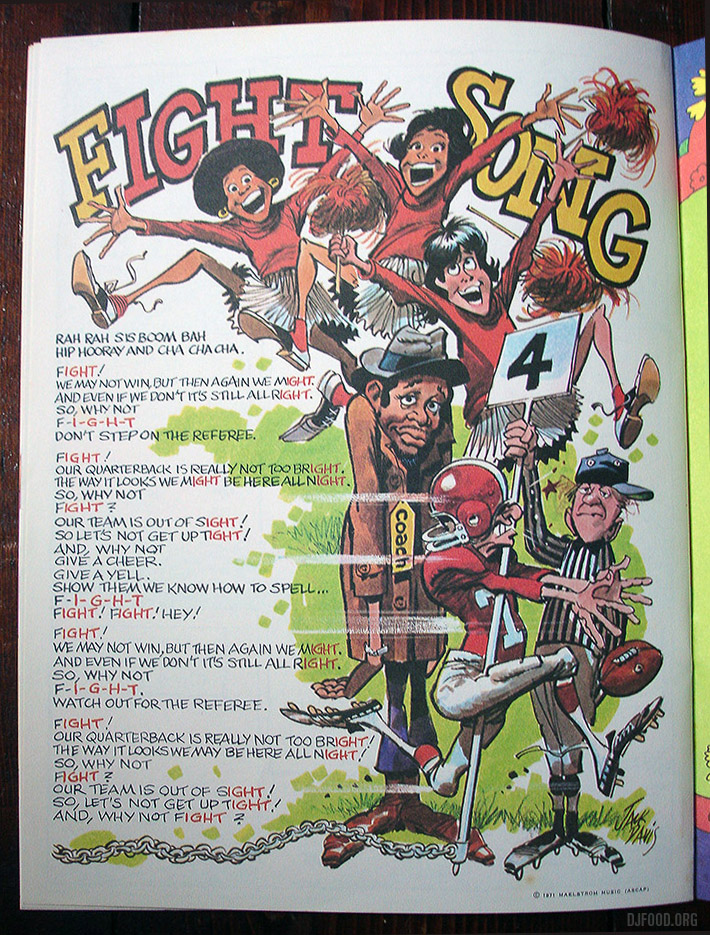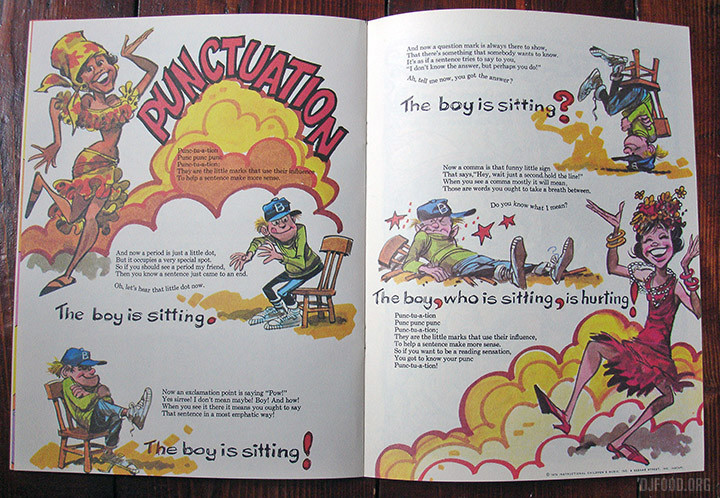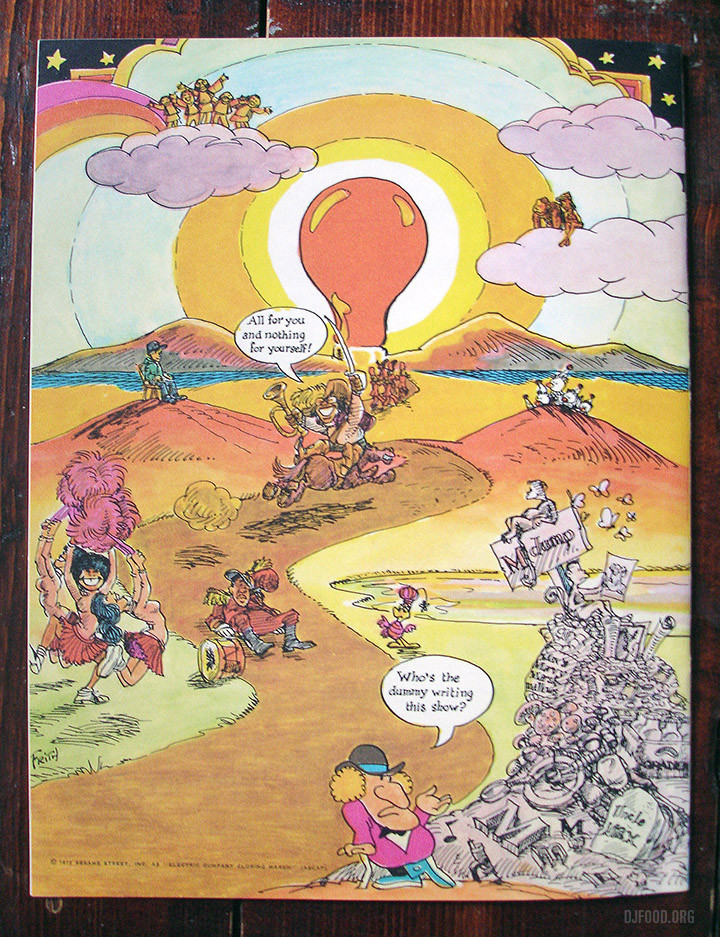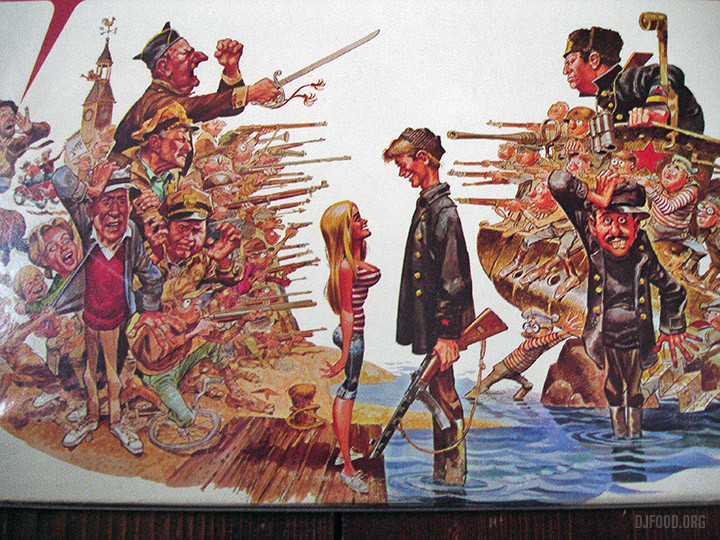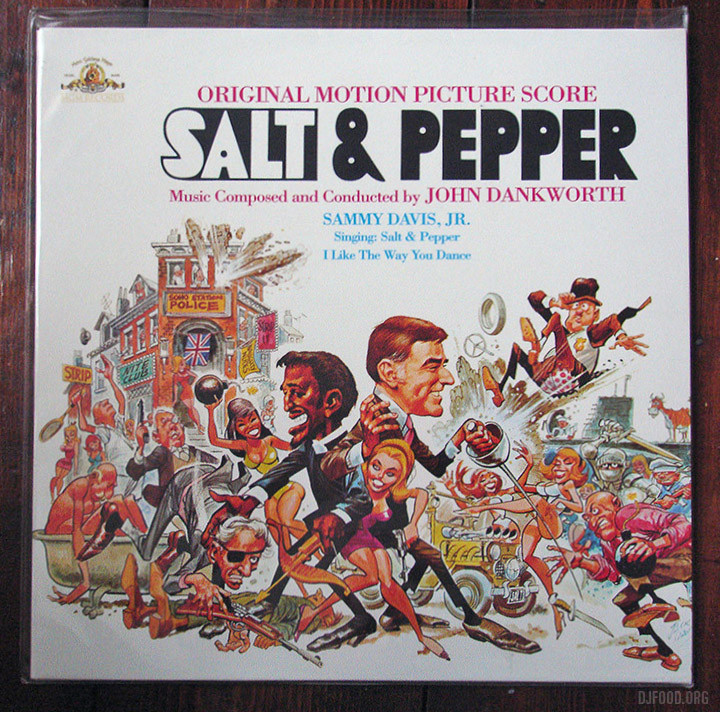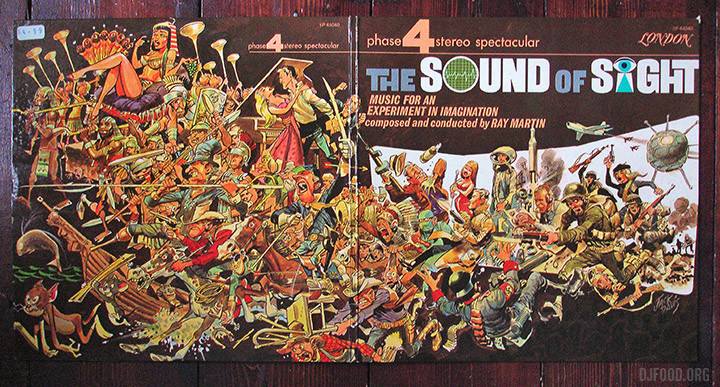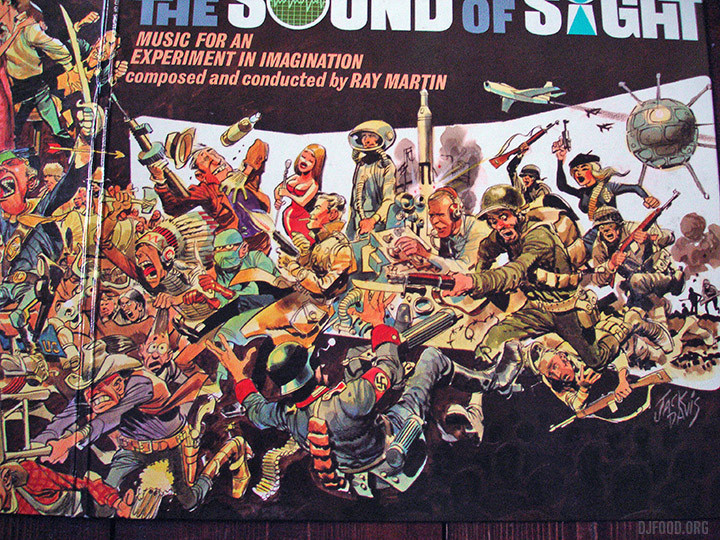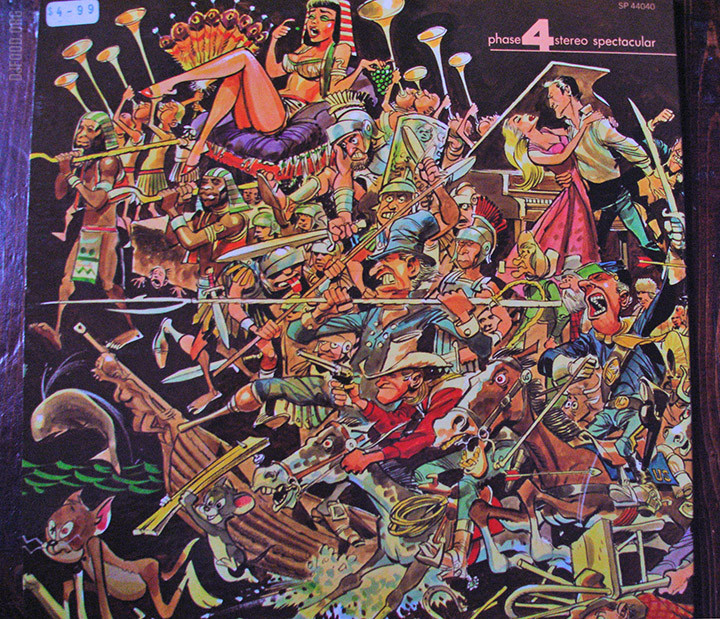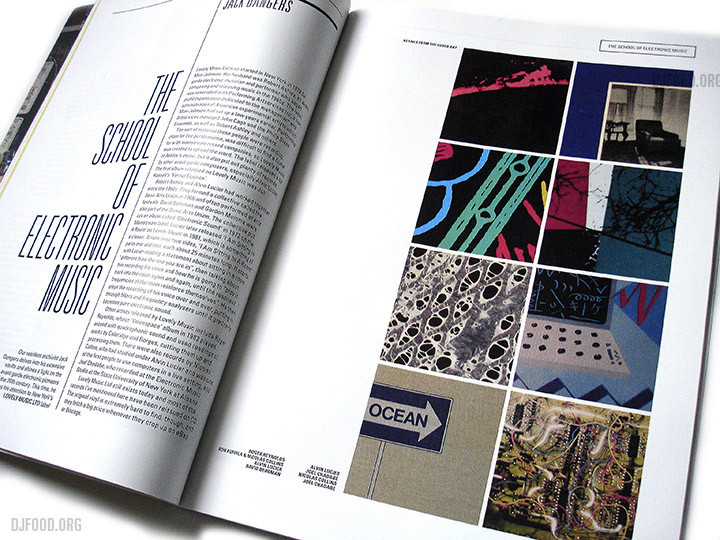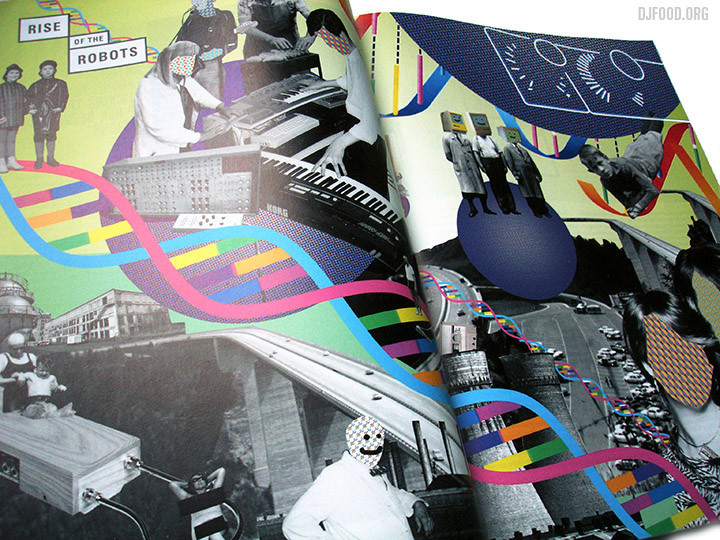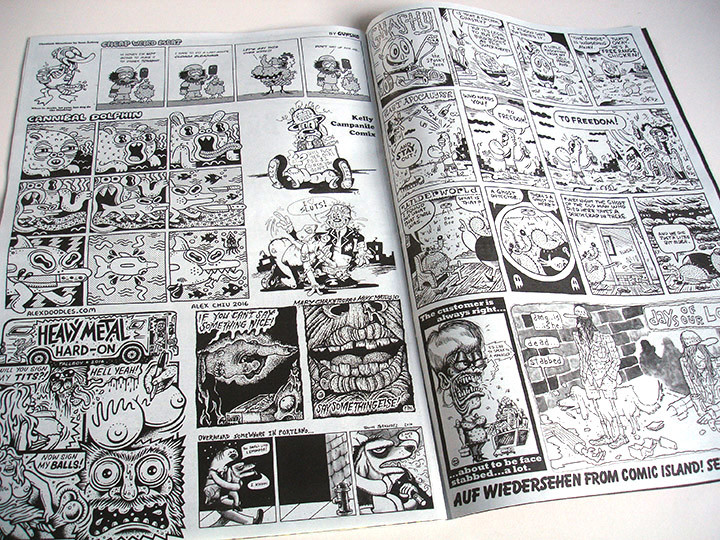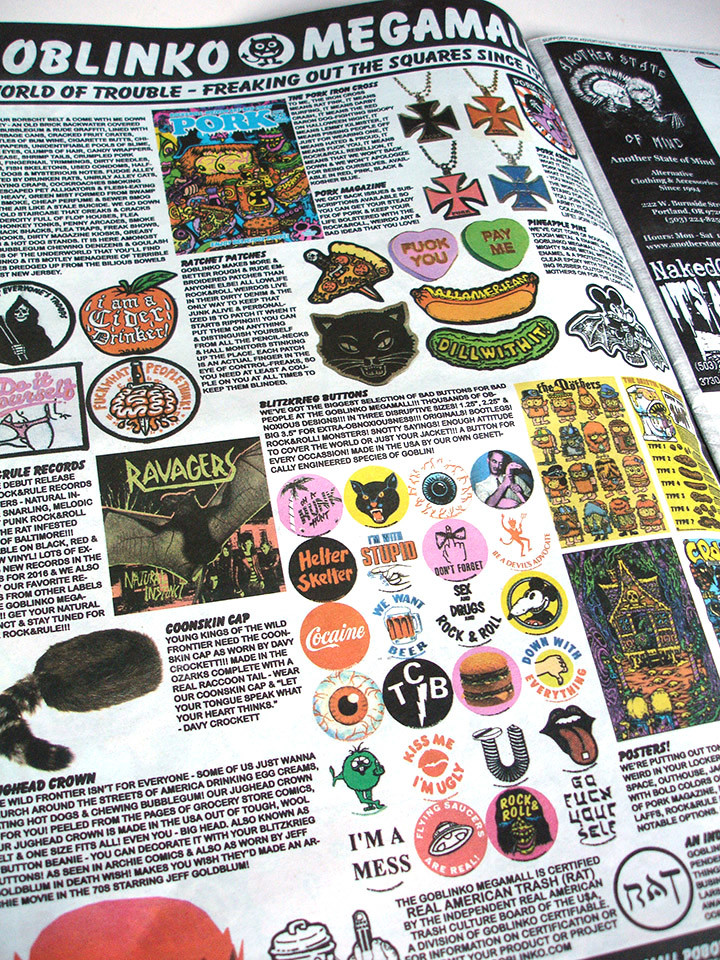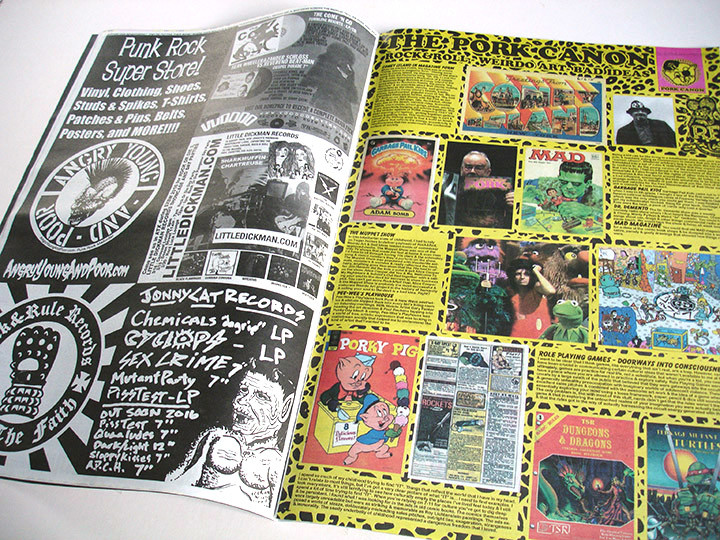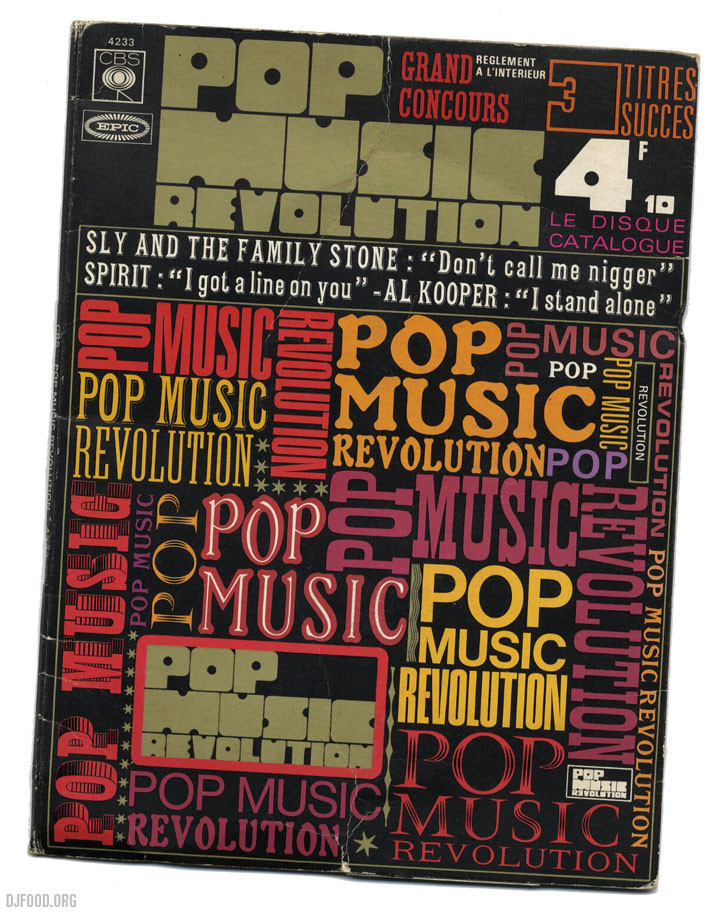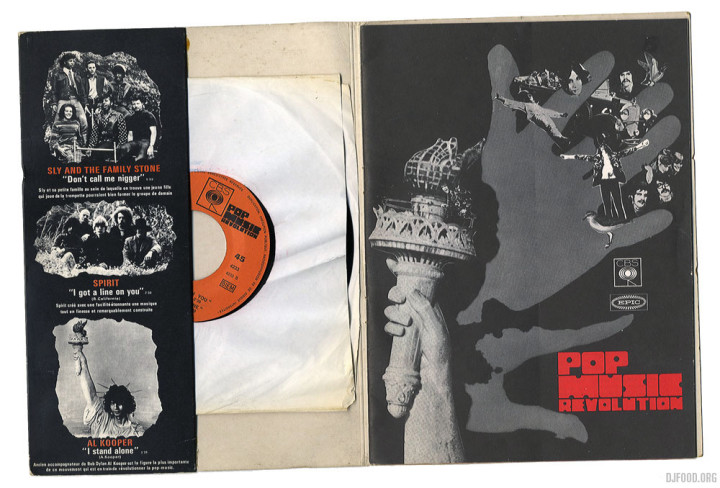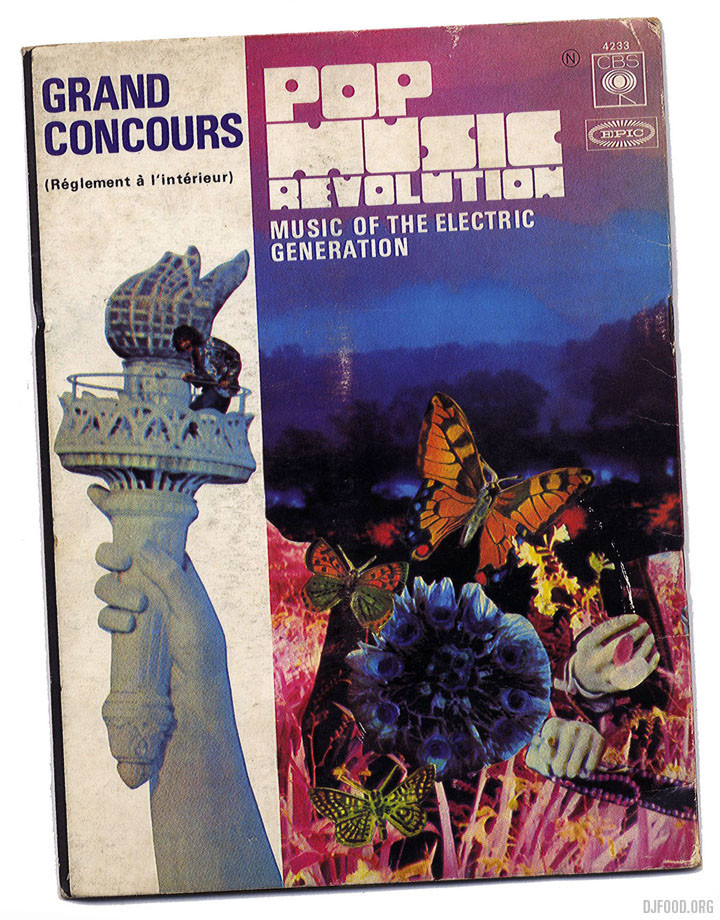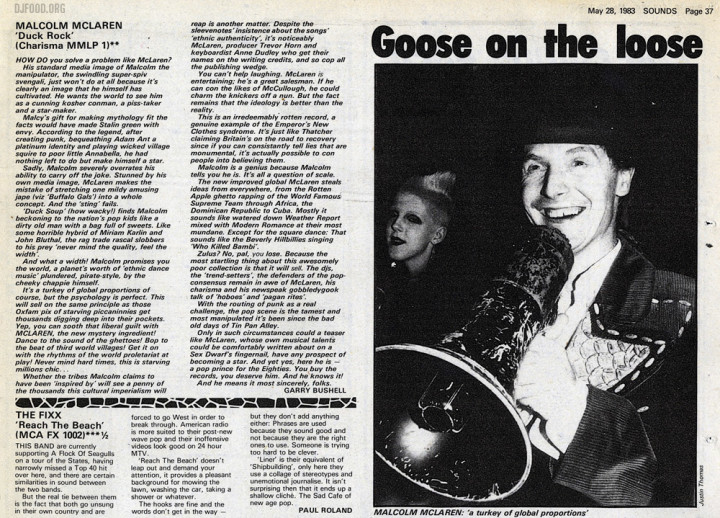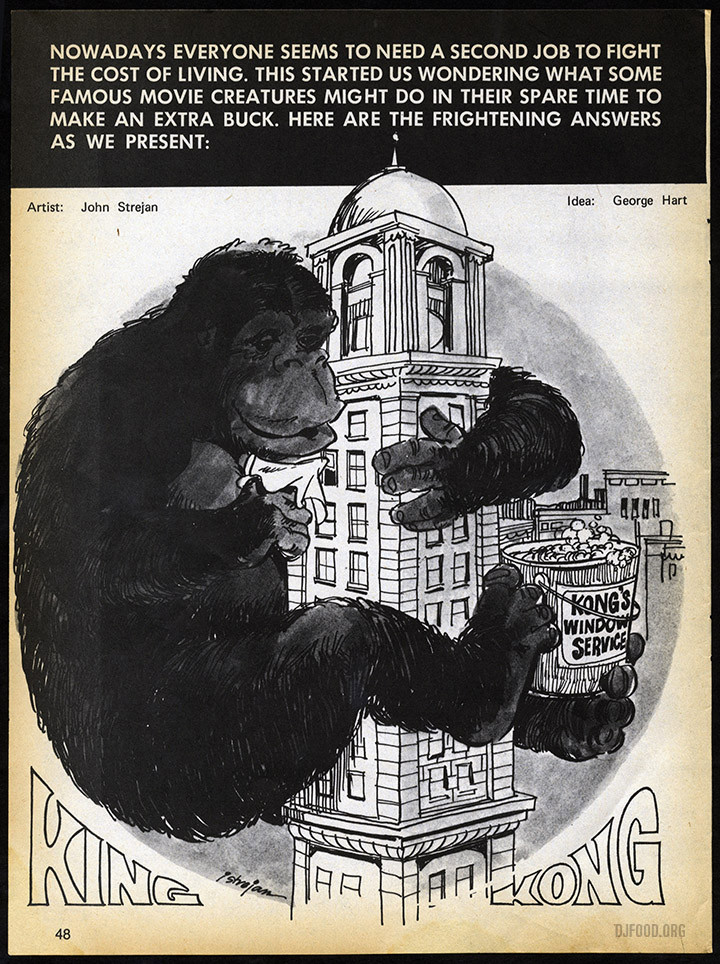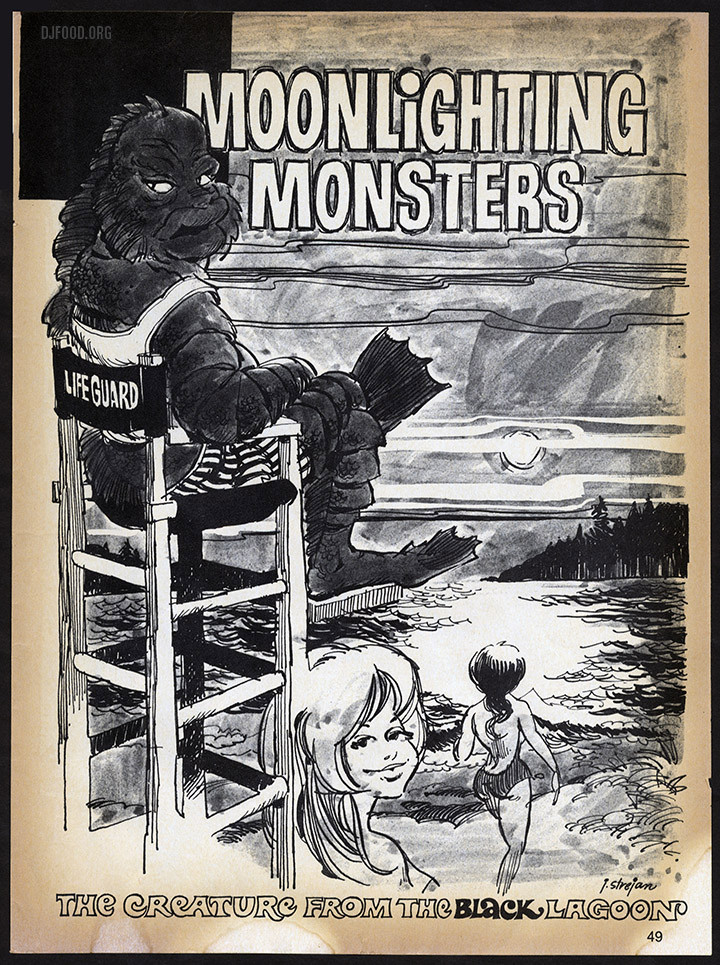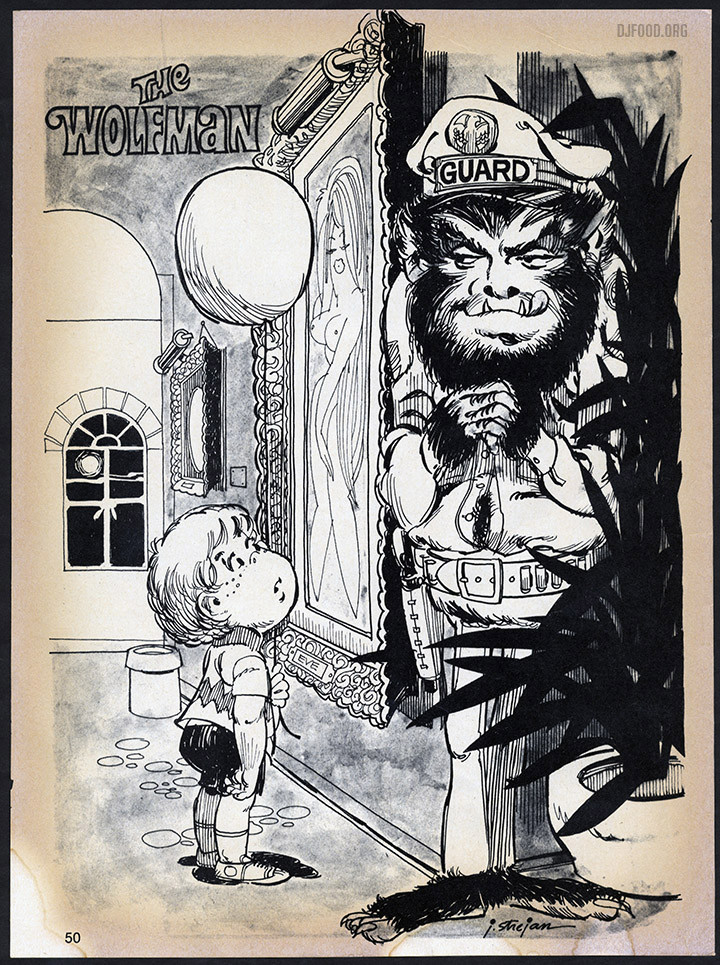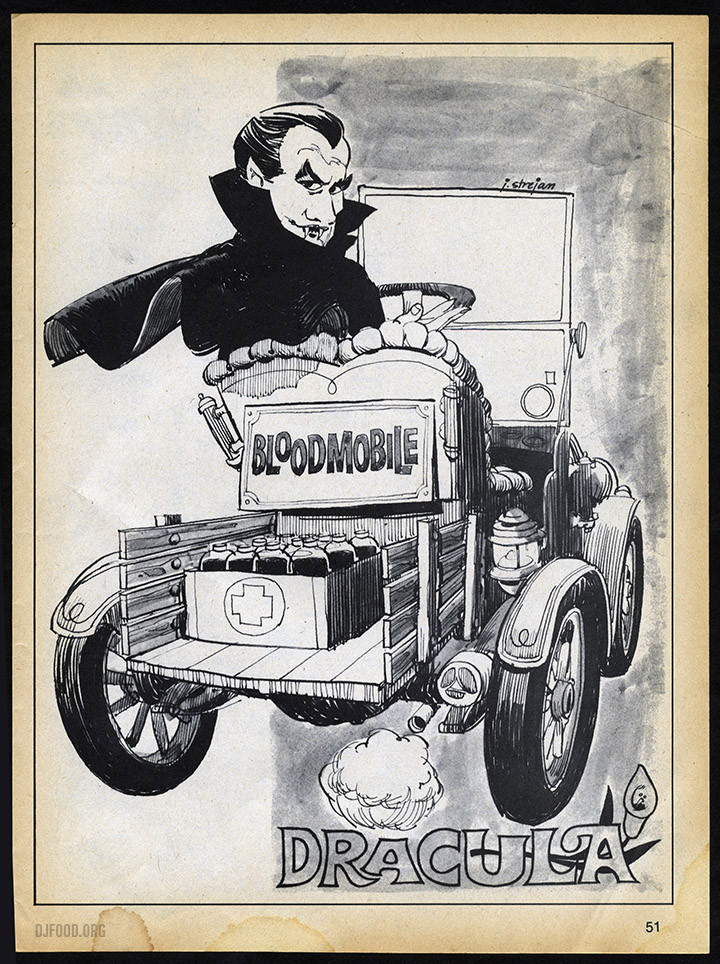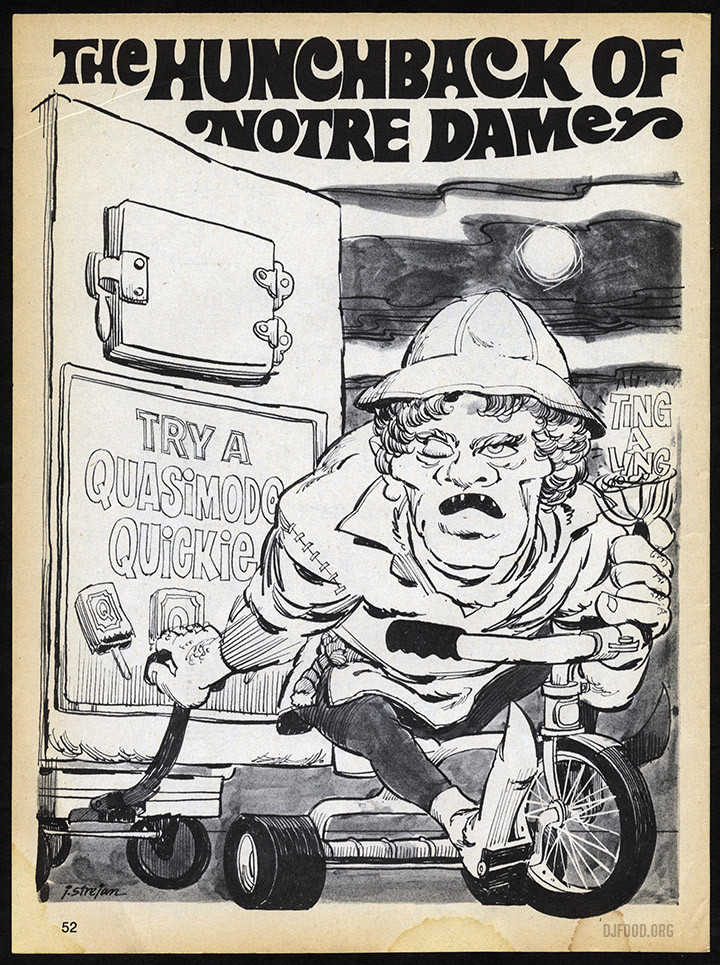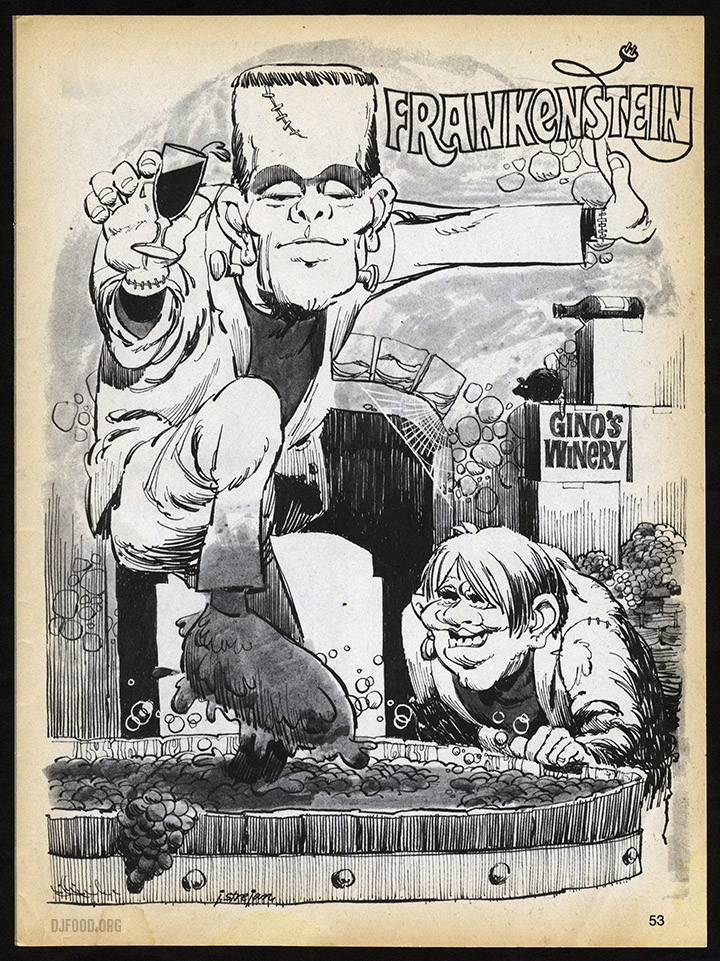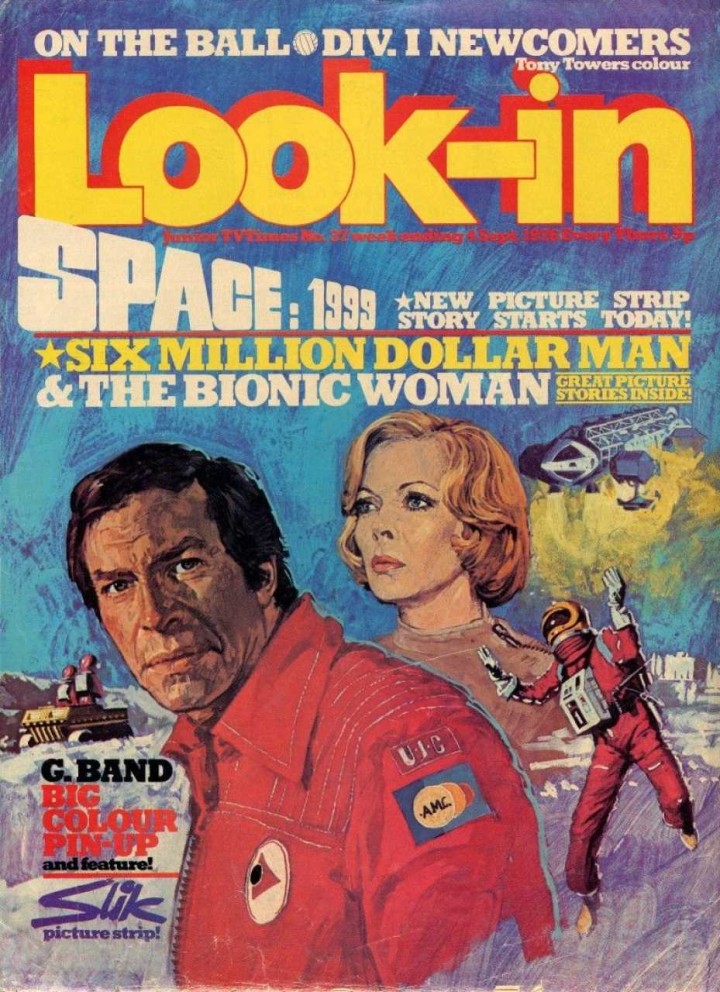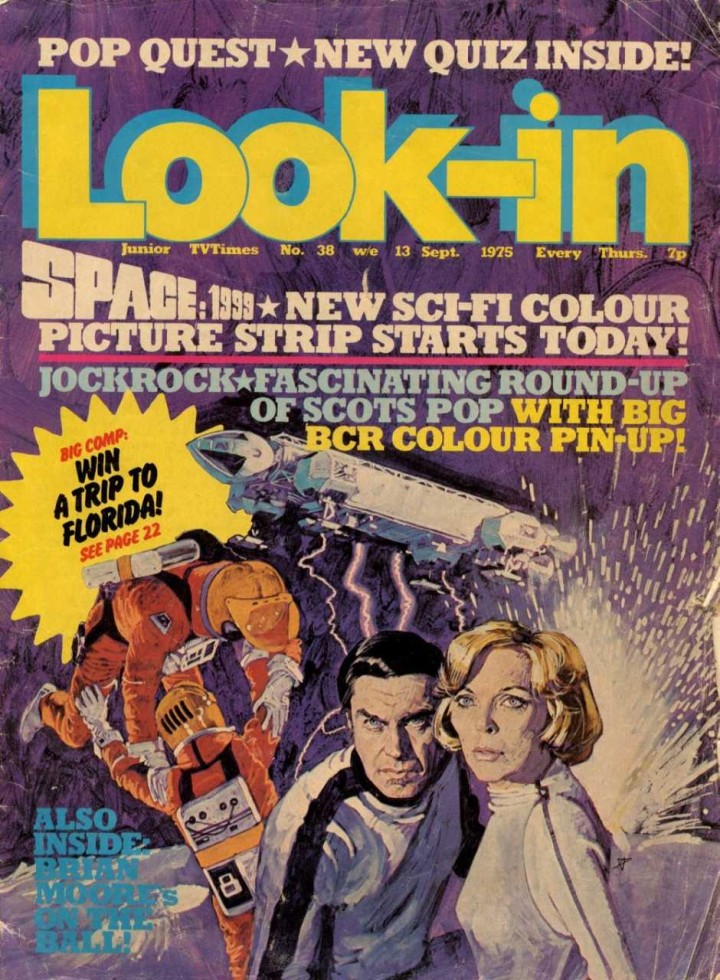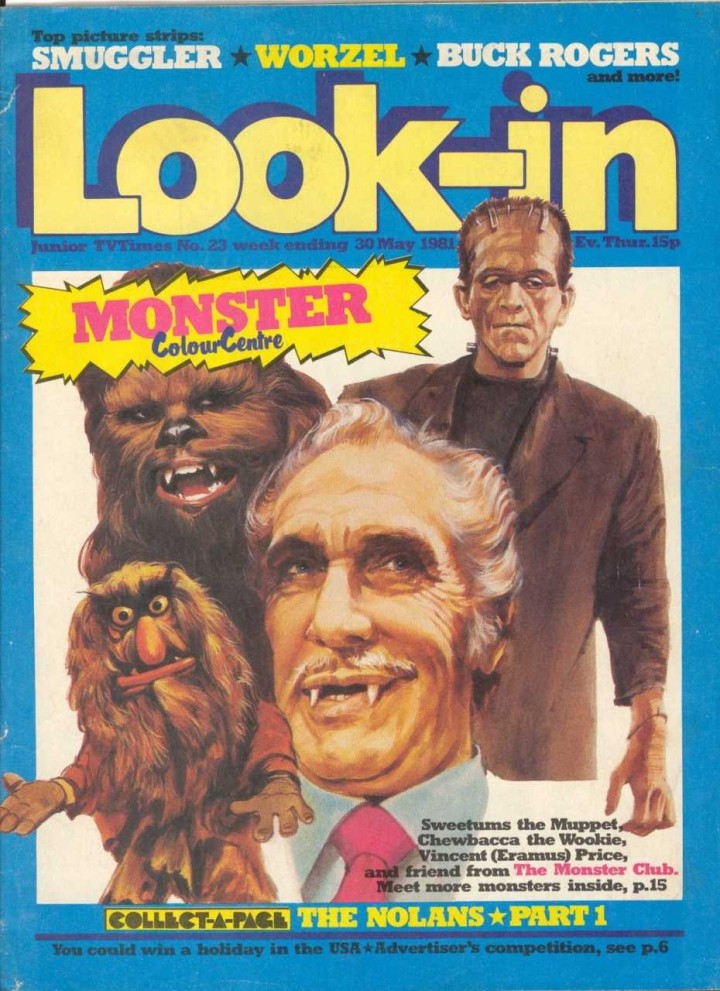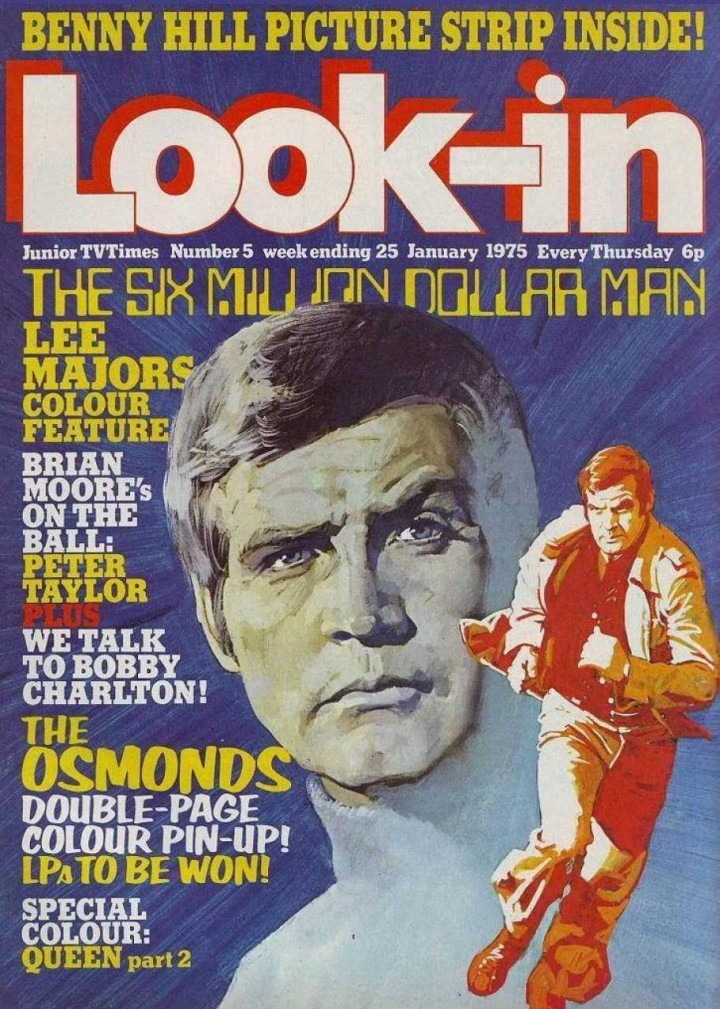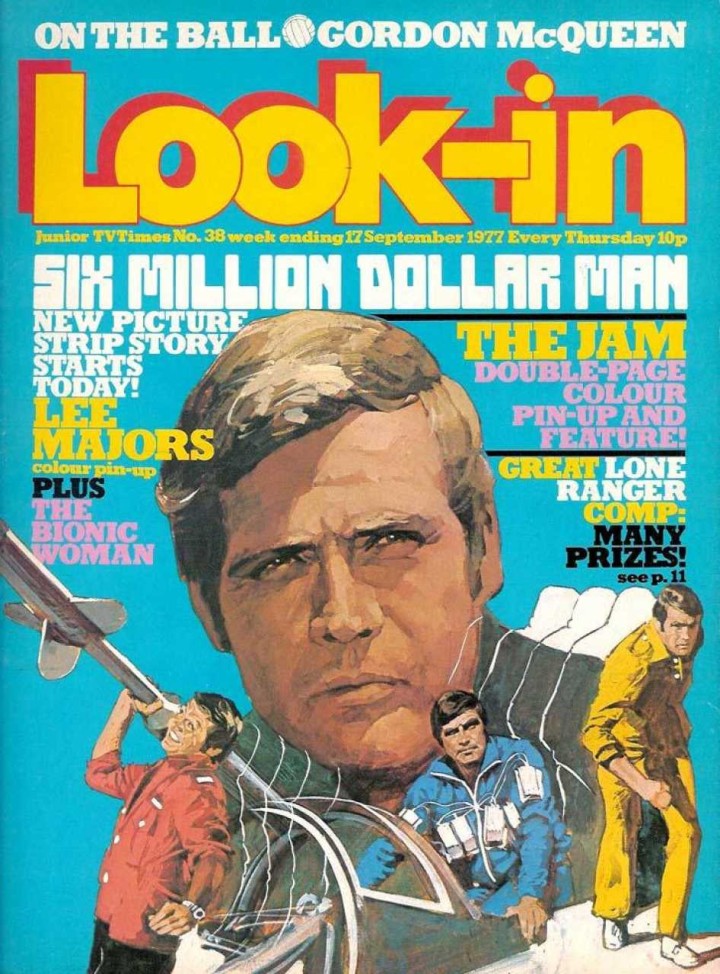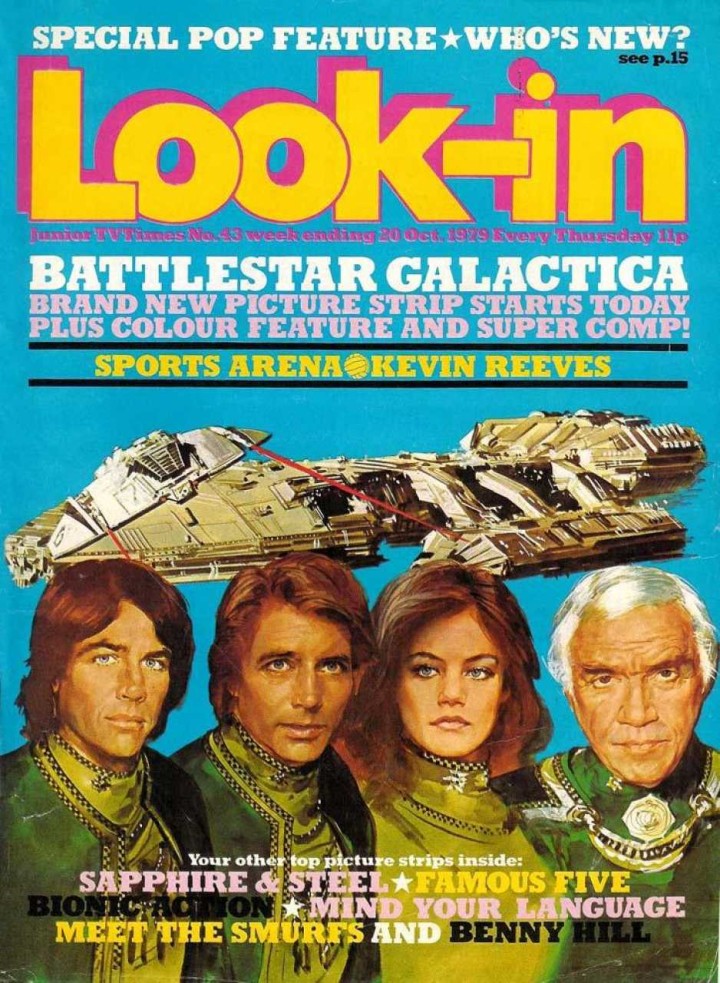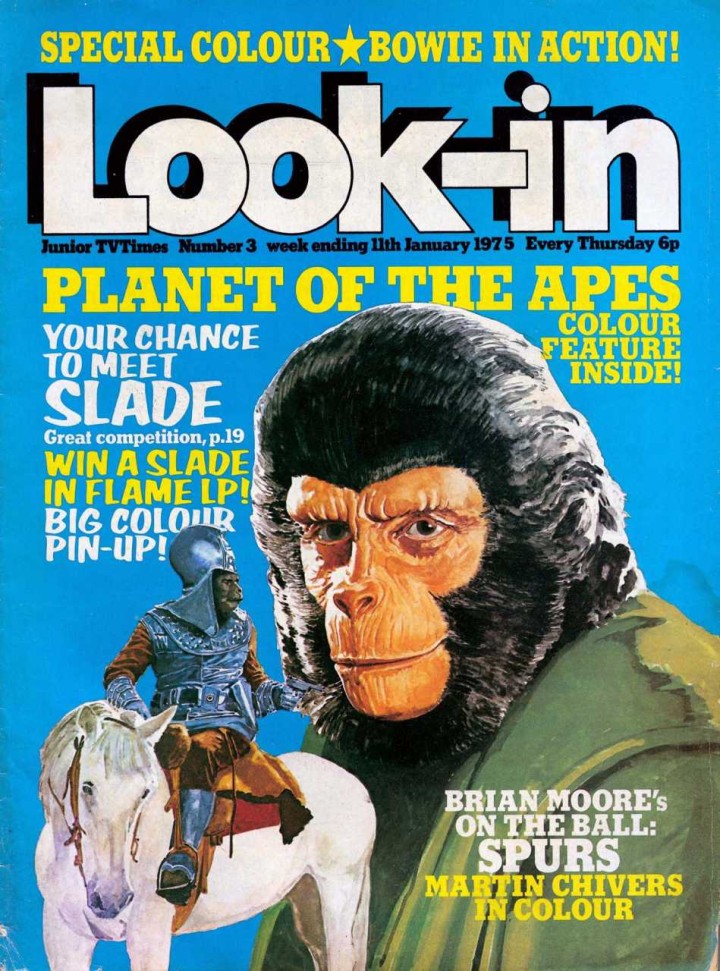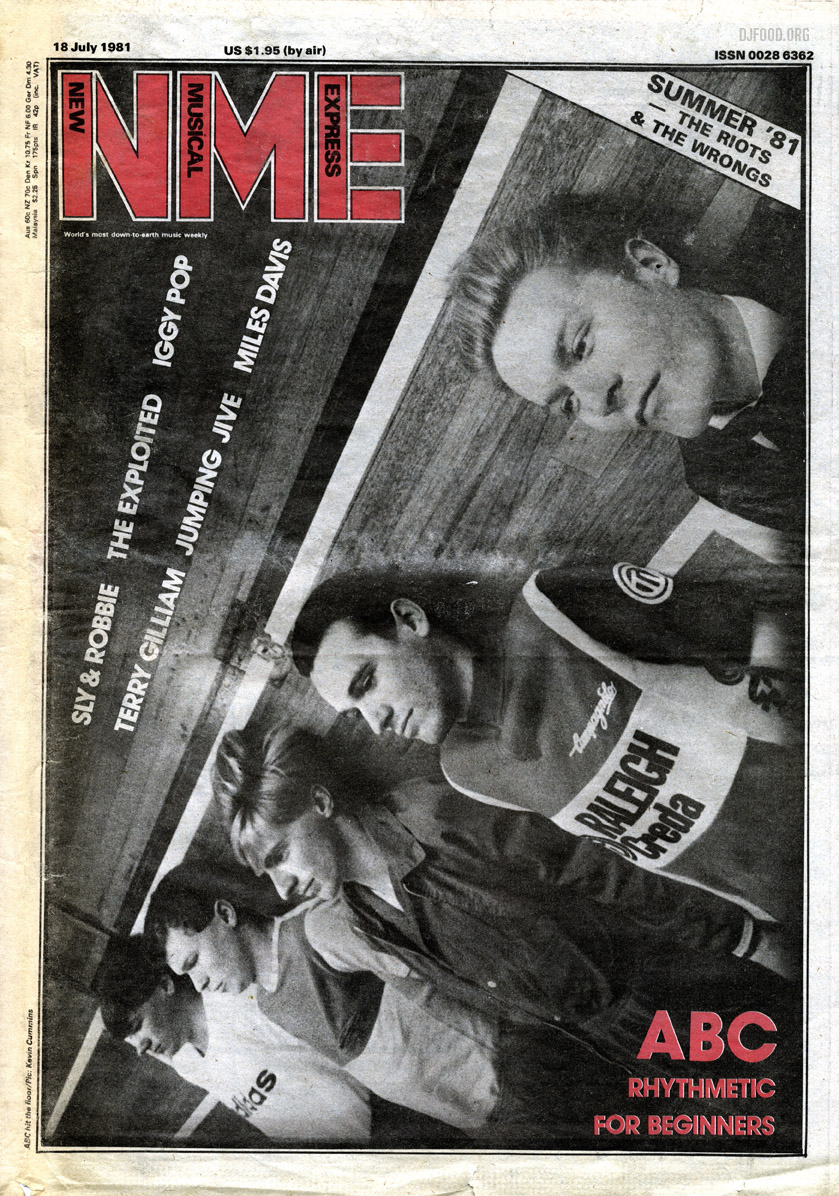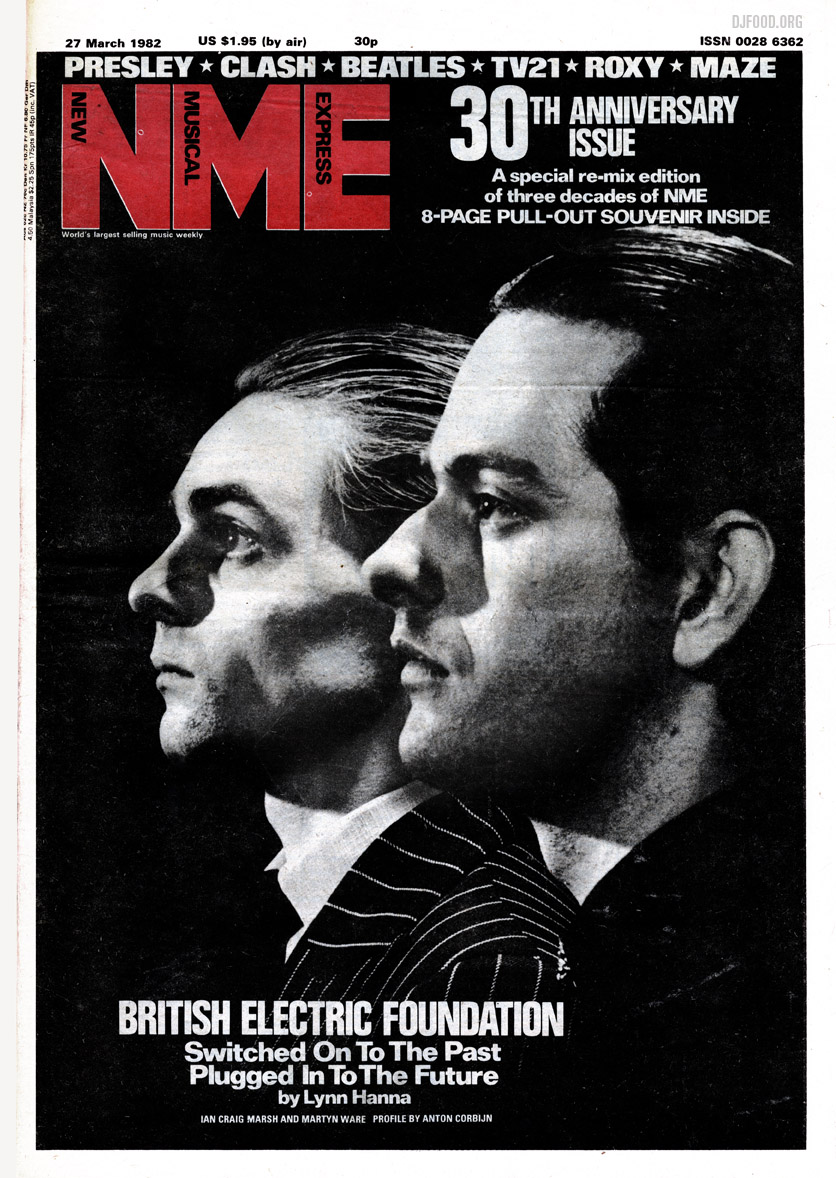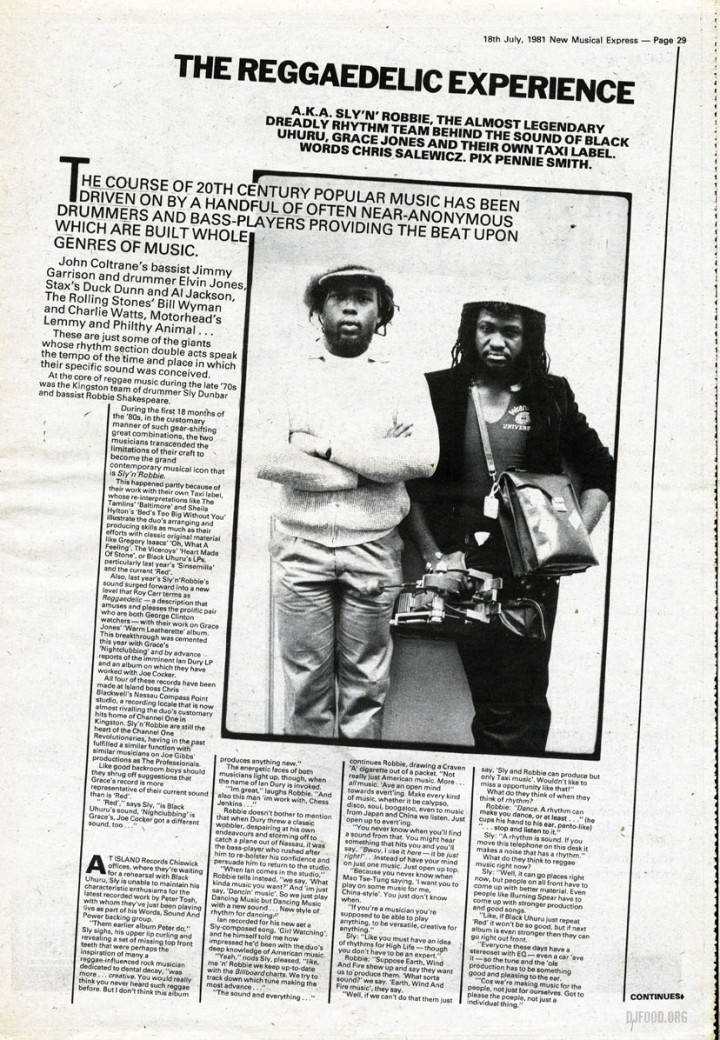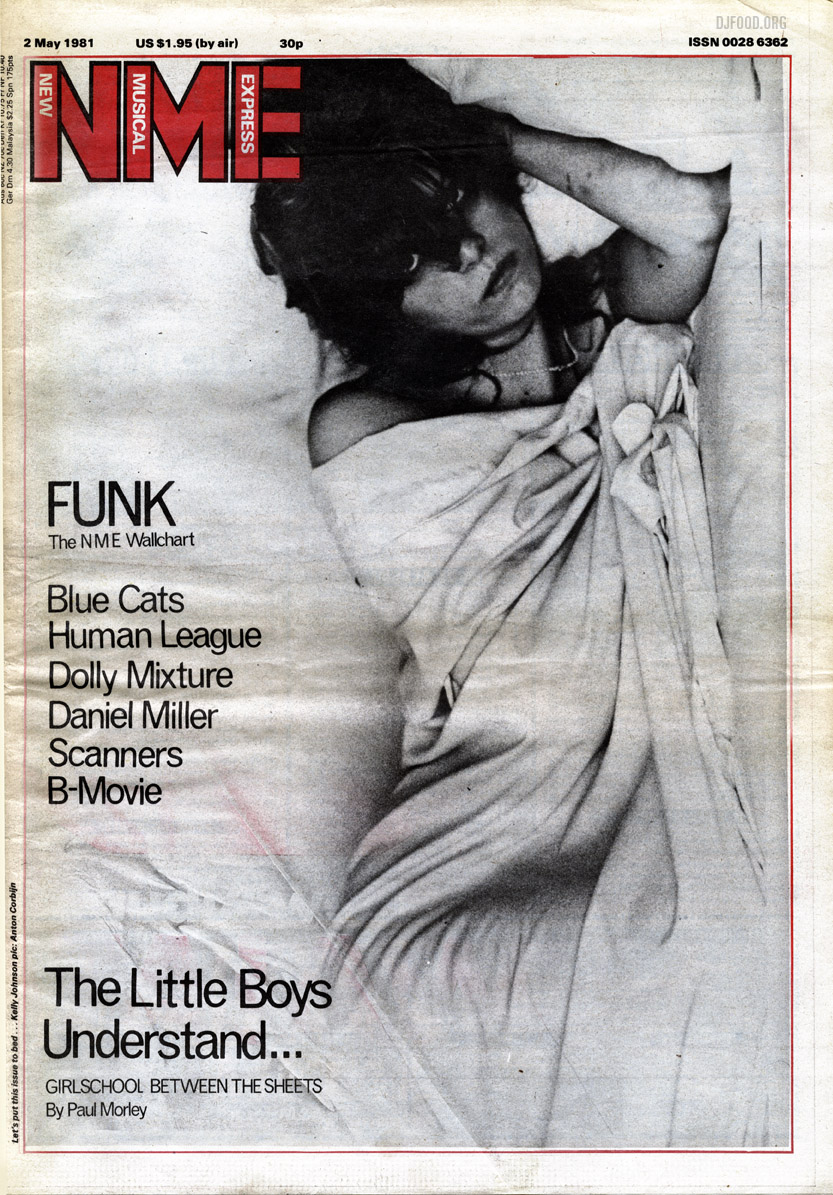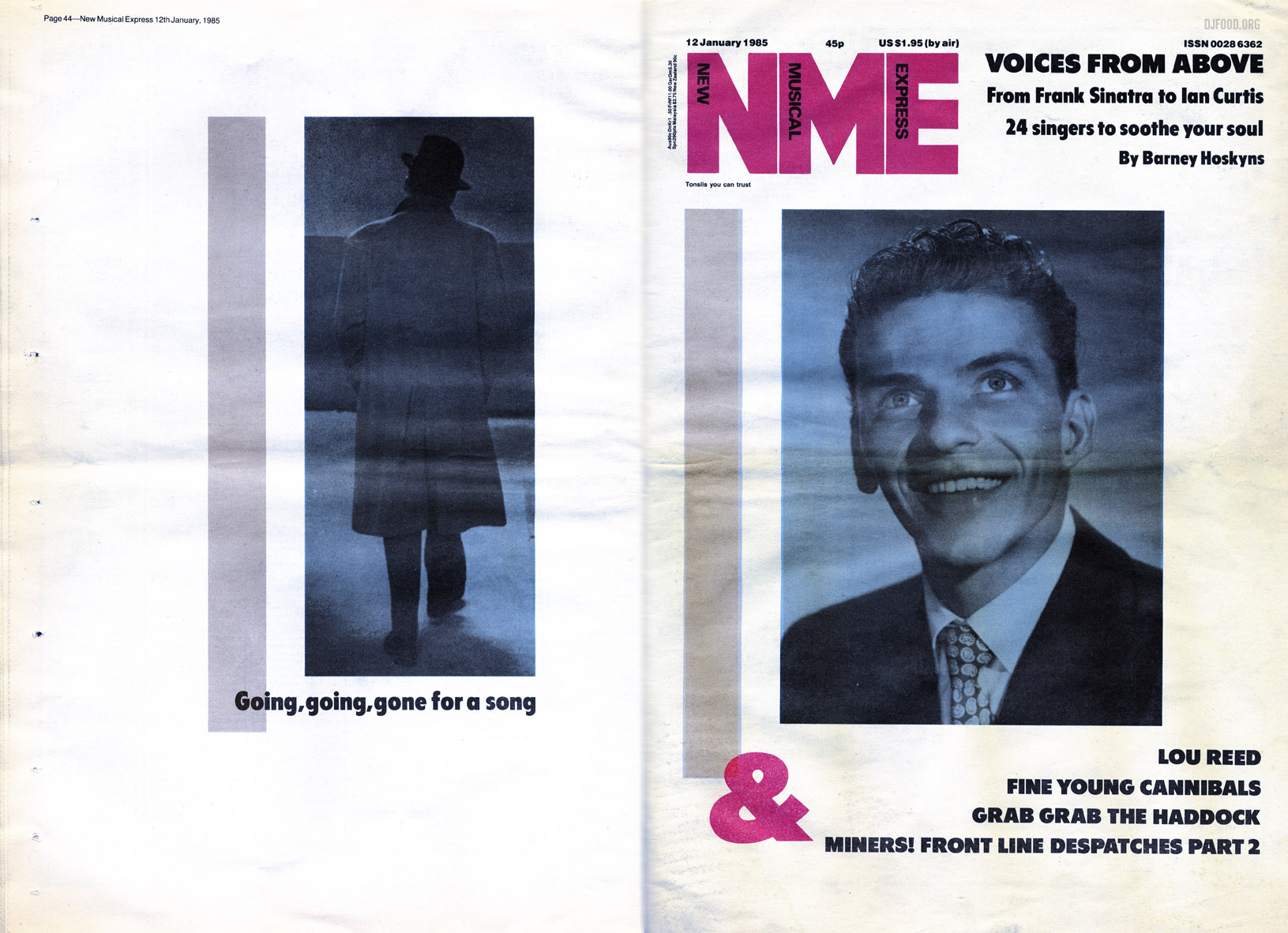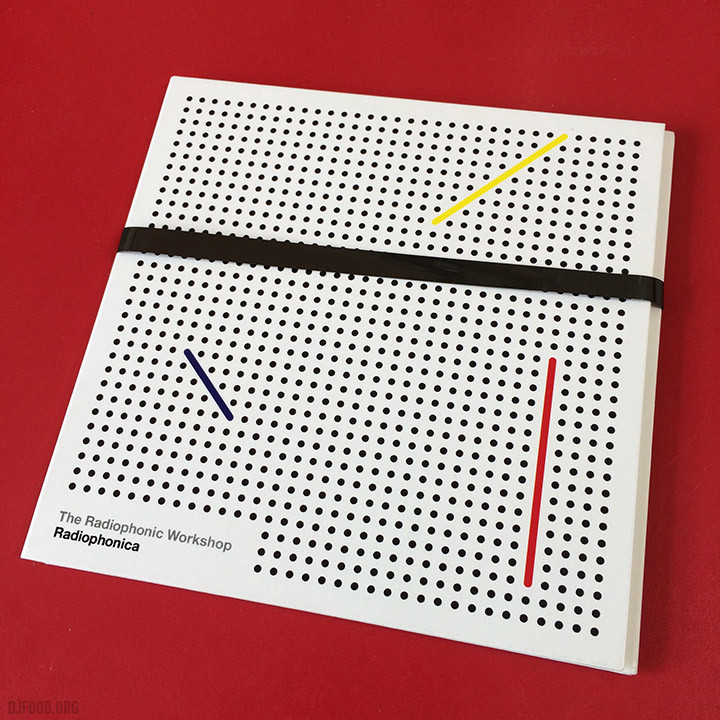
Who says CDs can’t look beautiful too? The Radiophonica compilation CD of new, old and unreleased Radiophonic Workshop material is a lovely piece of minimalist design, bound by a tiny tape loop – lovely touch. It’s only available with Electronic Sound magazine from their online shop, no more free cover mounts I’m afraid, but worth every penny. The 12-track album of never-before-heard collaborations, mixes exclusive to this collection of tracks from their forthcoming album of analogue improvisations, and some Delia Derbyshire archive material that has been worked on by the likes of Tom Middleton (Global Communication) and Dot Product.The same issue has a little ad for something only a few weeks away too…
Magazines
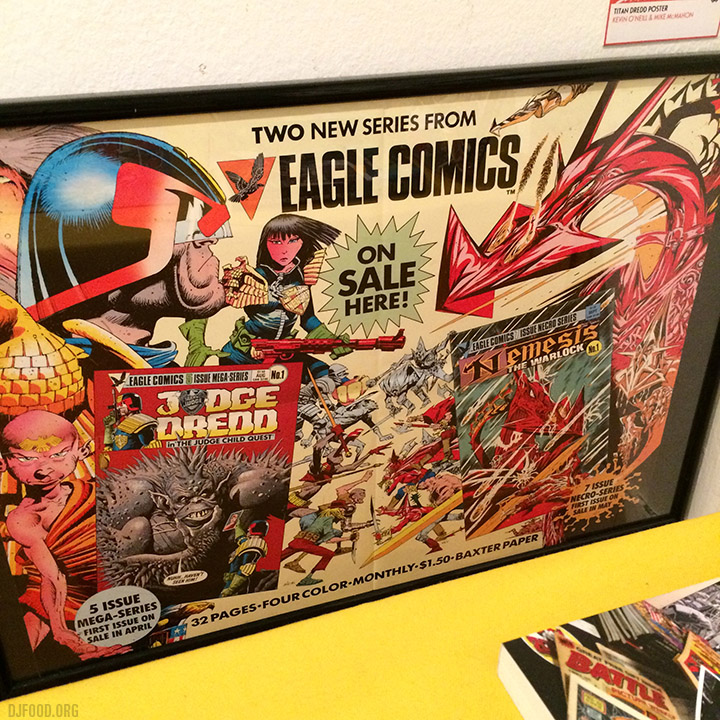
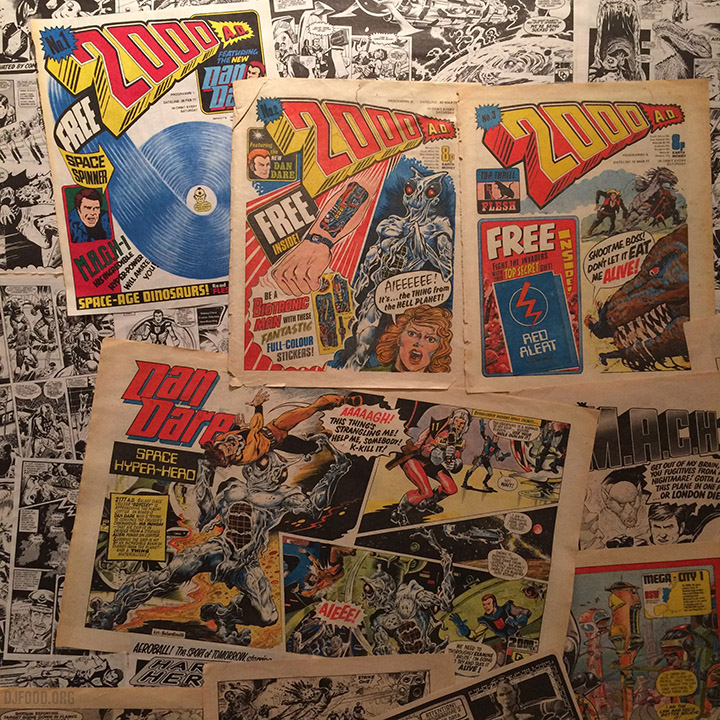
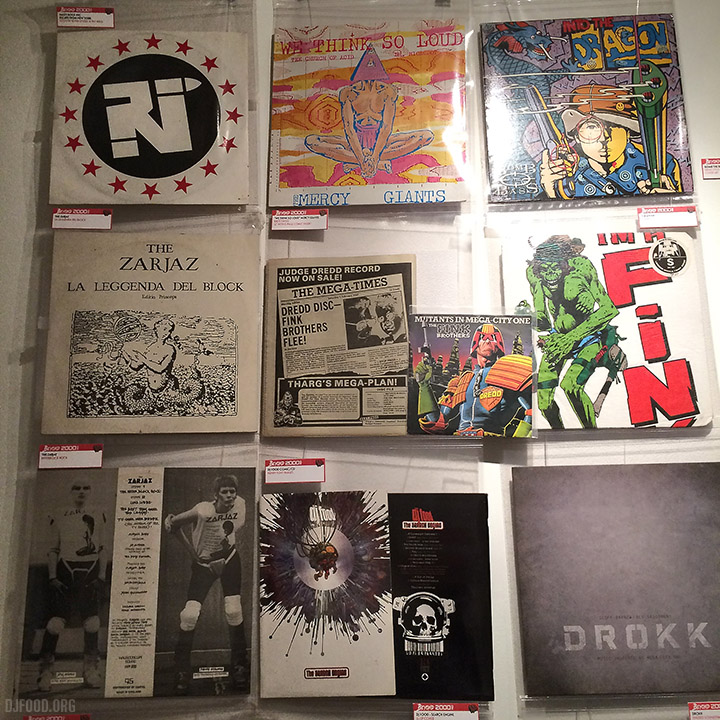
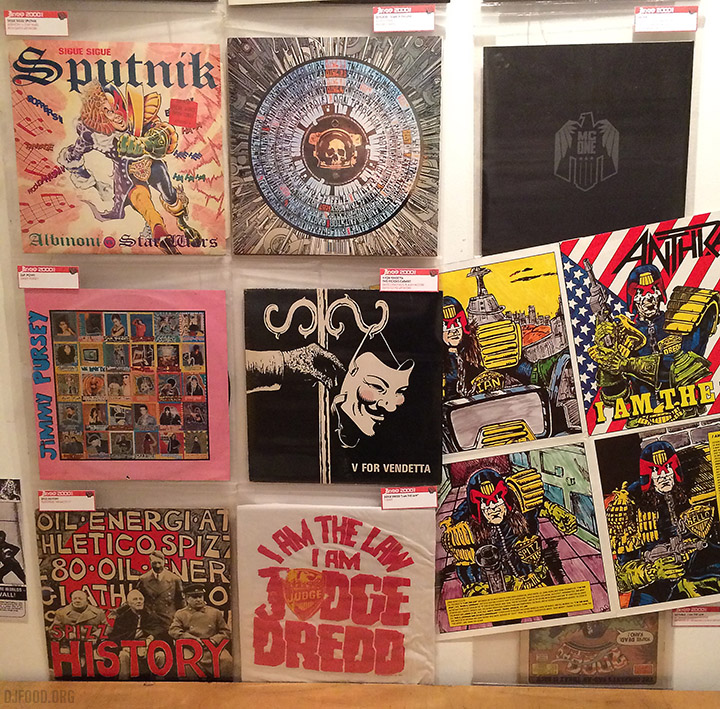
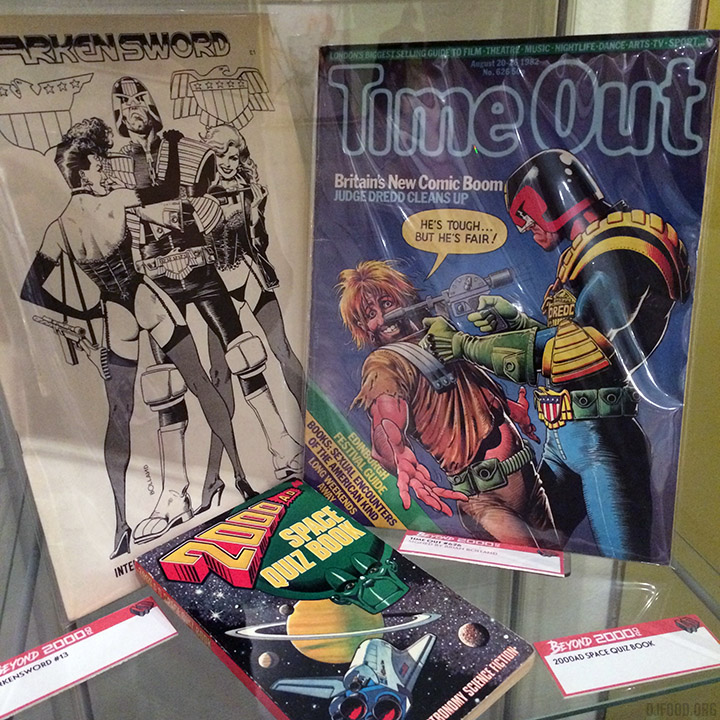 I finally got time to pop into Orbital Comics and see their small but packed exhibition of 2000AD offshoots, tie-ins, cash-ins, memorabilia, music, magazines, toys and so much more. Not having an opening party because it would clash with the comic’s own 40th celebration a couple of weekends ago they’ve decided to have a closing party on Friday March 10th where there will be a podcast recording and music by yours truly among others.
I finally got time to pop into Orbital Comics and see their small but packed exhibition of 2000AD offshoots, tie-ins, cash-ins, memorabilia, music, magazines, toys and so much more. Not having an opening party because it would clash with the comic’s own 40th celebration a couple of weekends ago they’ve decided to have a closing party on Friday March 10th where there will be a podcast recording and music by yours truly among others.
I also just guested on the Big Mouth podcast pre-record, talking about the comic’s legacy which will be available online this coming Sunday. More details as I have it.

Four From Food Fridays – a weekly look at four things that have been doing it for me. They can be new or old, any style so long as it’s been getting some rotation in the studio. From top left:
Bam Bam – Where’s Your Child? (Desire) 7″ (finally!)
Clocolan – Nothing Left To Abandon (Enpeg) Digital (STILL listening to this, officially out today)
Various – A Krautrock Sampler (ES) CD cover mount w. Electronic Sound mag #25 – really good!
Run The Jewels – RTJ3 (Mass Appeal) LP/DL (you know these guys)
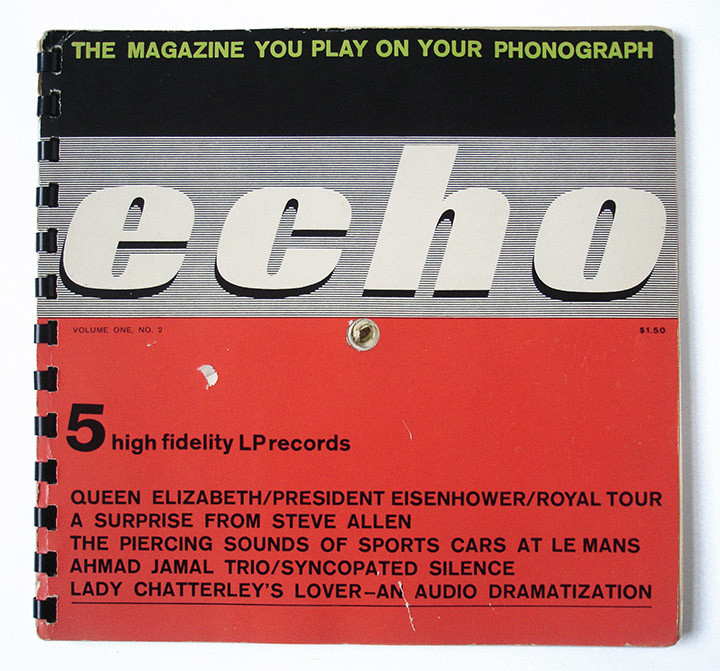
From the collection of Stephen Coates (The Real Tuesday Weld, Antique Beat, X-Ray Audio), Issue 2 of Echo (“the magazine you play on your phonograph”) arrived in October 1959 containing five off-white, semi transparent flexi discs with features on Steve Allen, Queen Elizabeth‘s Royal Tour, Lady Chatterly’s Lover, the Ahmad Jamal Trio and Le Mans 1959. Art director Tony Palladino did some lovely work in this issue using very modern type treatments, cropped photos and lots of blank space to give it quite a timeless feel.
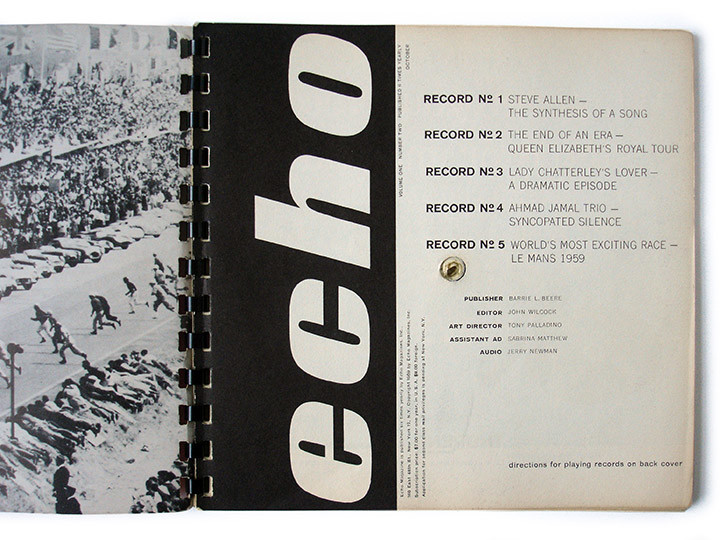
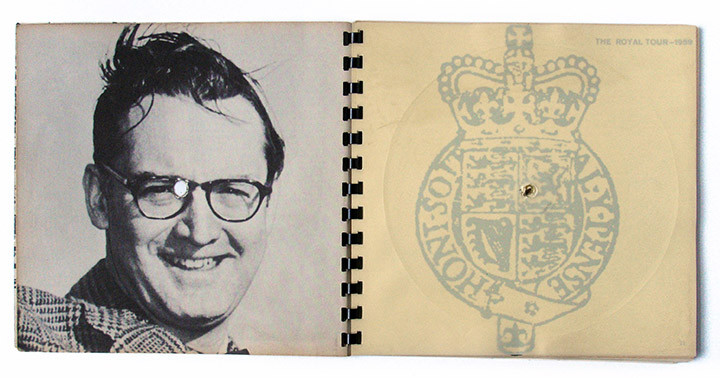
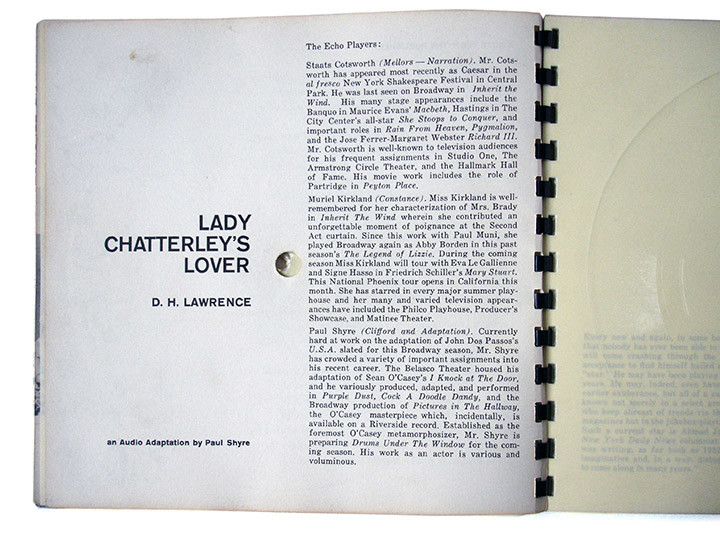
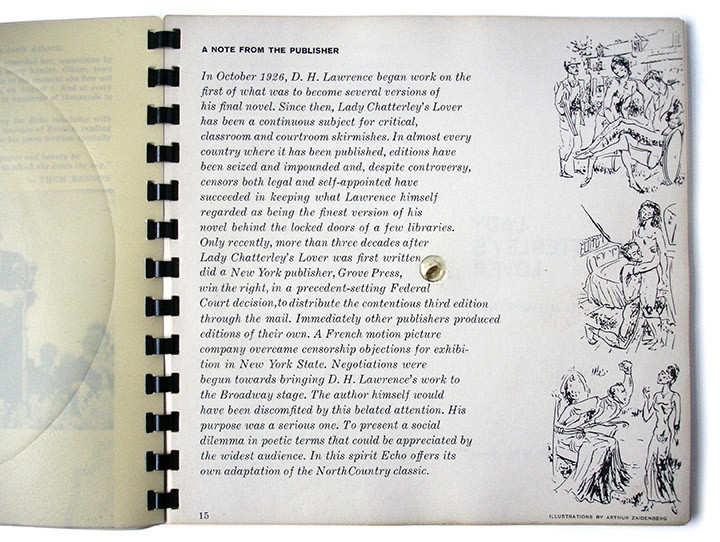
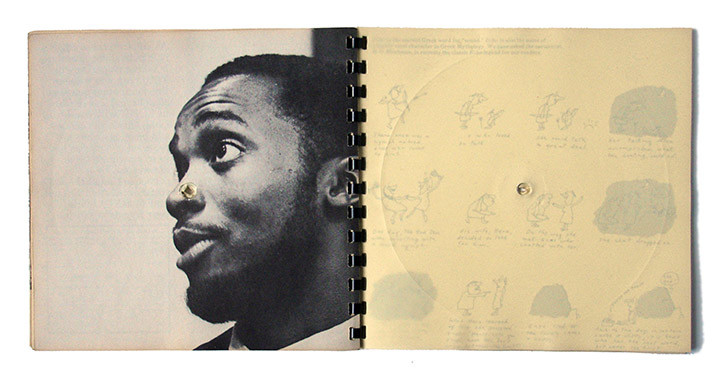
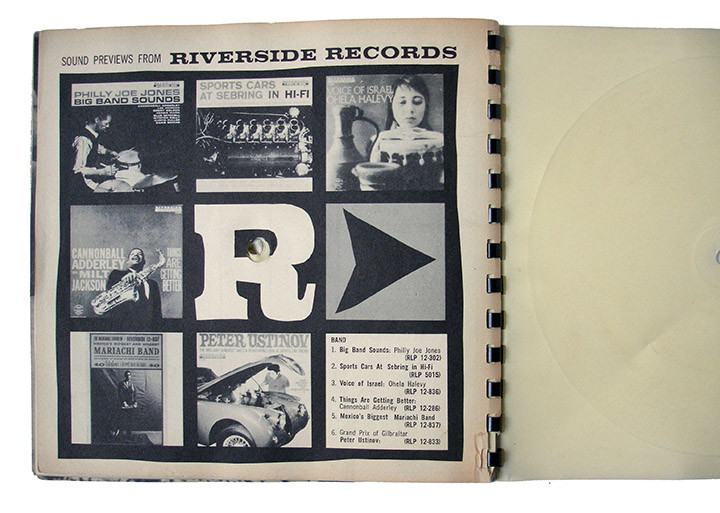
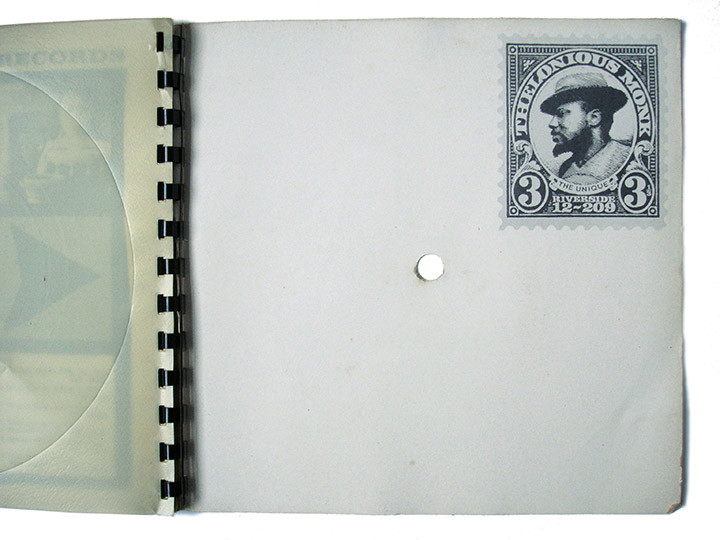
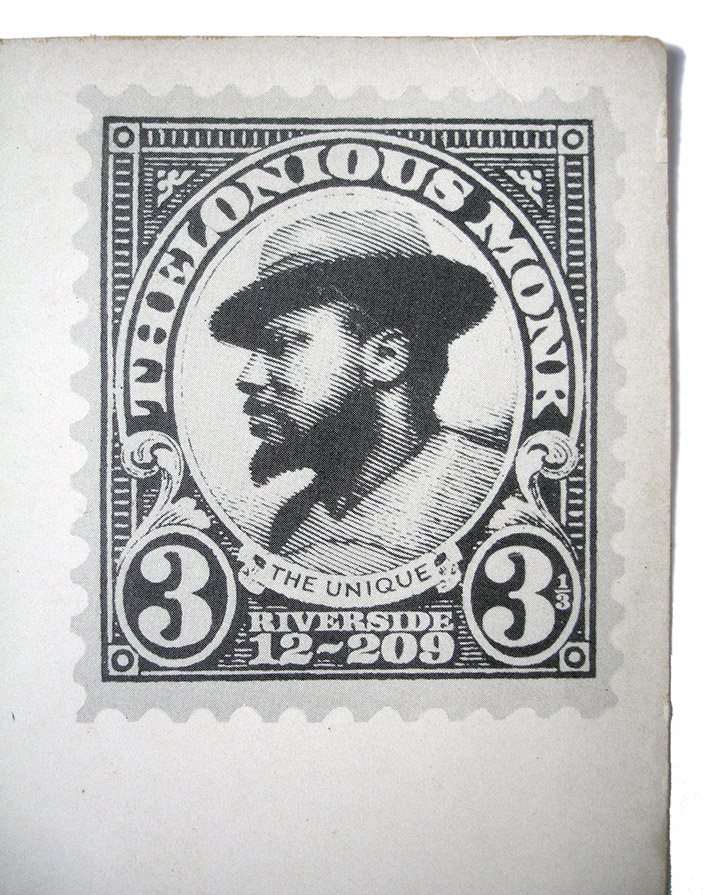
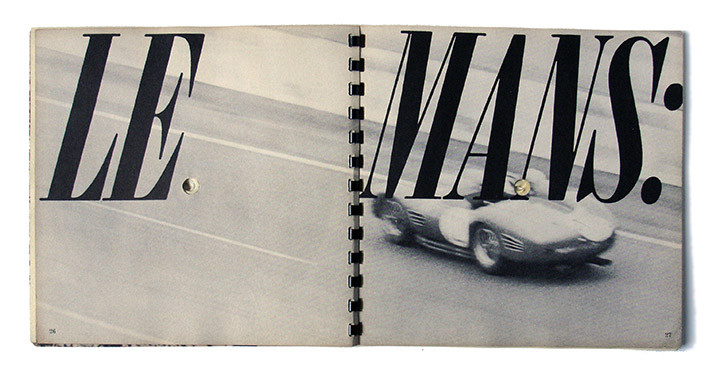
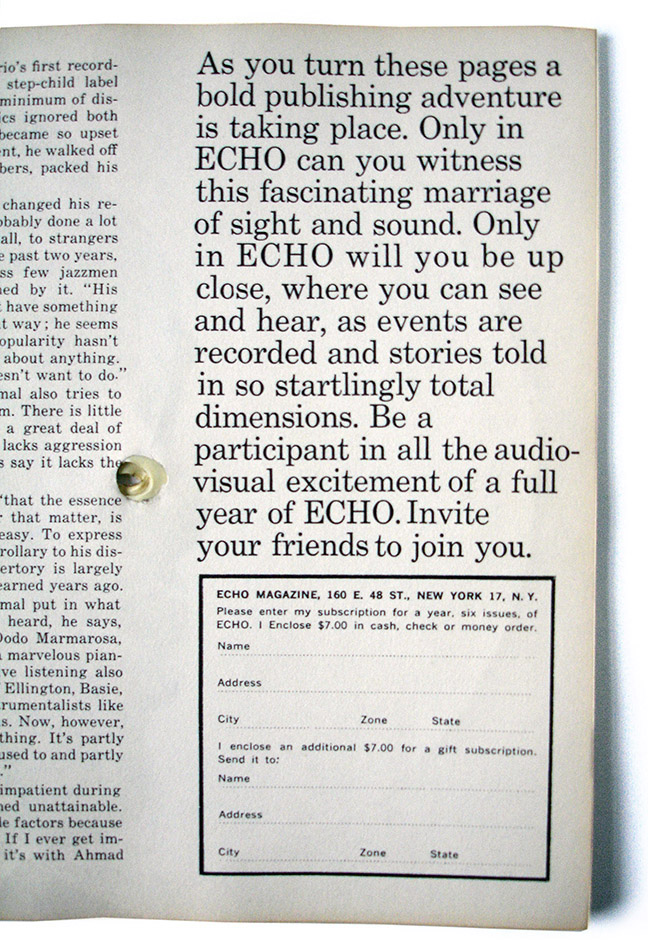
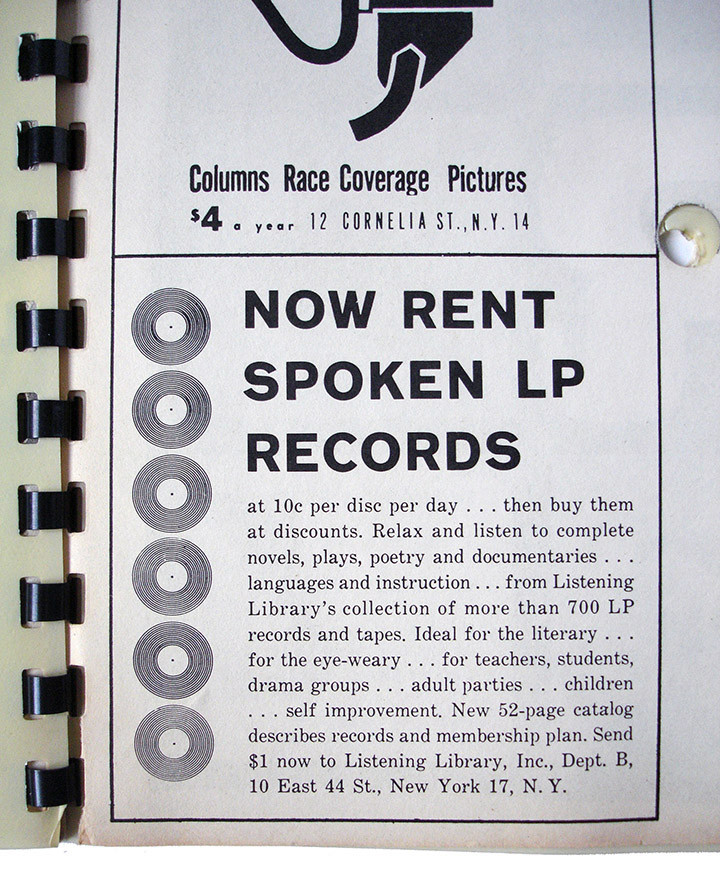
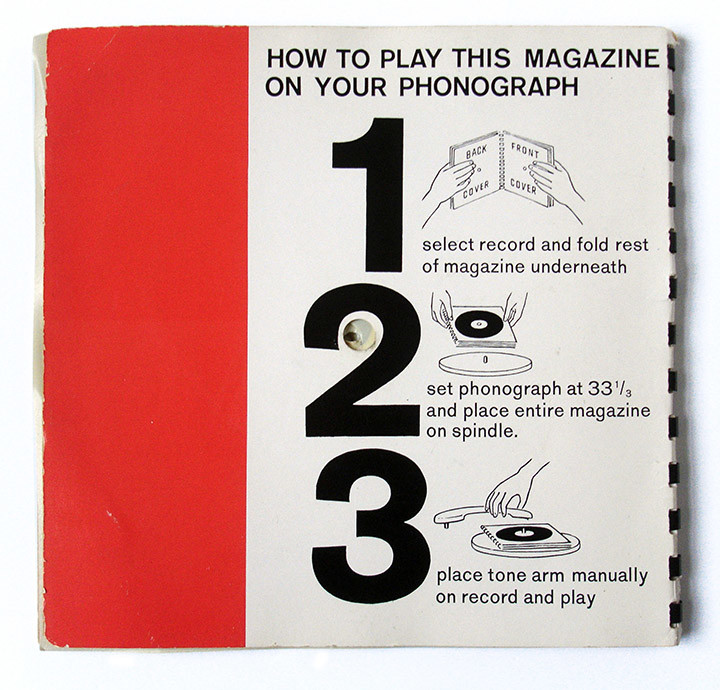
Issue 1 was featured a few days back and if you missed a look at issue 3. back in my original Flexibition posts then look no further. To my knowledge Echo lasted for four issues before folding, a potted history of which can be found on Boing Boing by John Wilcock.
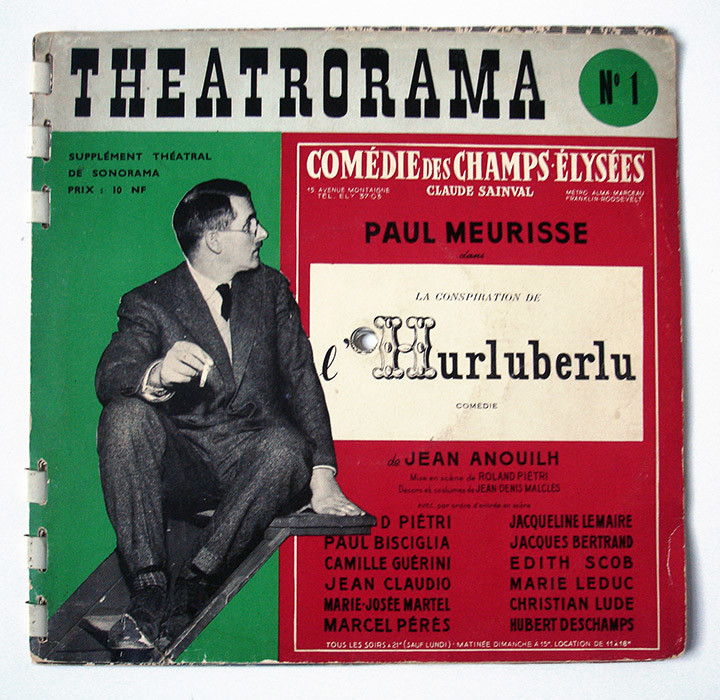
The French, it seems, went gaga for flexi disc magazines in the late 50s as these four examples from Stephen Coates‘ collection illustrate. The 7″x 7.5″ ring bound format, similar to the American Echo magazines and their own long-running Sonorama seems to have been a winner although there are less pages in these examples which lean towards more specialist subjects. Occasionally included as a supplement with the main magazine, Theatrorama showcased extracts from plays across no less than nine discs and made it to at least a third issue in 1959.
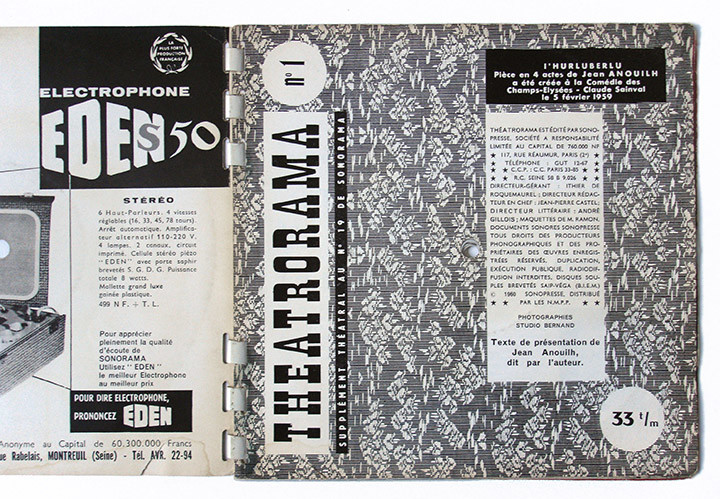
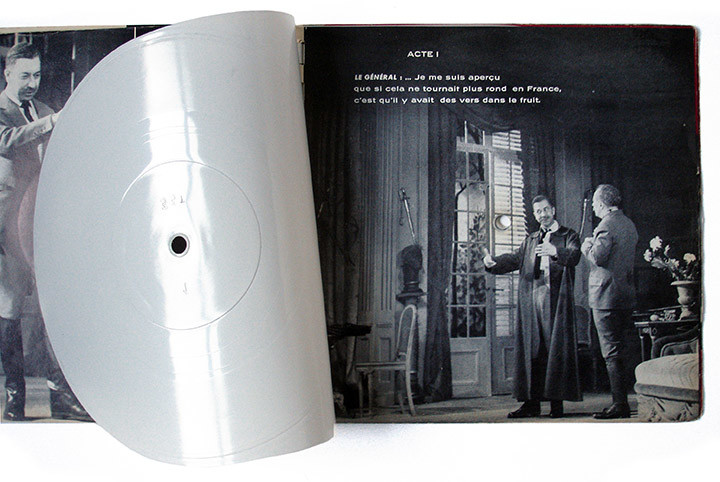
Cuisinorama (can you spot a theme emerging here?) followed the same format in the same year with five discs, a full colour cover as well as colour pages inside, concentrating on recipes, restaurants and food prep. You can see more examples of ‘orama’ spin-off publications on this excellent Made In Vinyl page including many of the issues featured here, Echo and the previously featured Soviet magazine, Krugazor.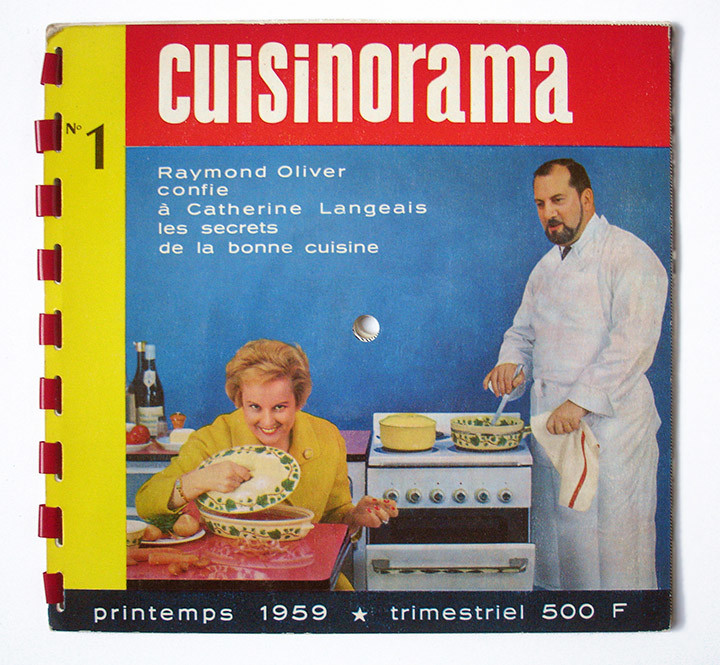
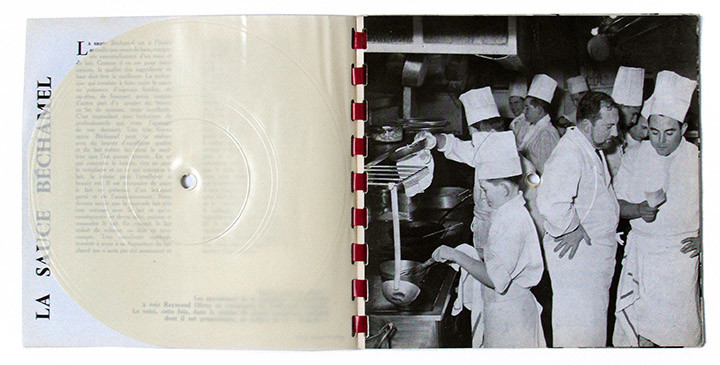
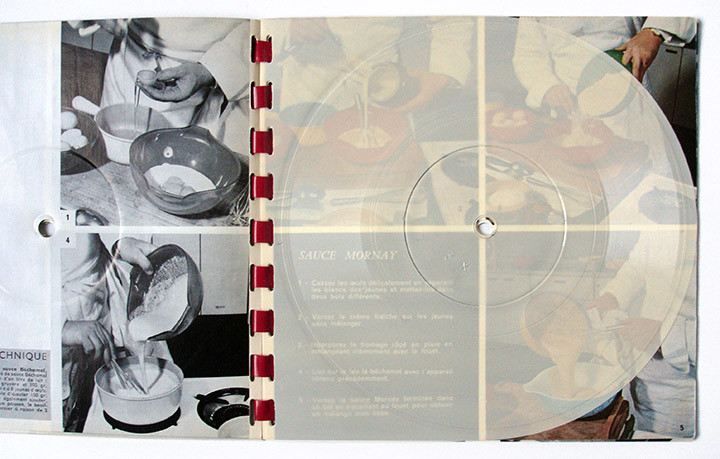

‘Sound magazine of medical information’ Medicophone, issue seven from 1961. I’ve found evidence of up to 26 issues of this, all with the same cover. This one came with five discs covering such fascinating subjects as the heart and hernias.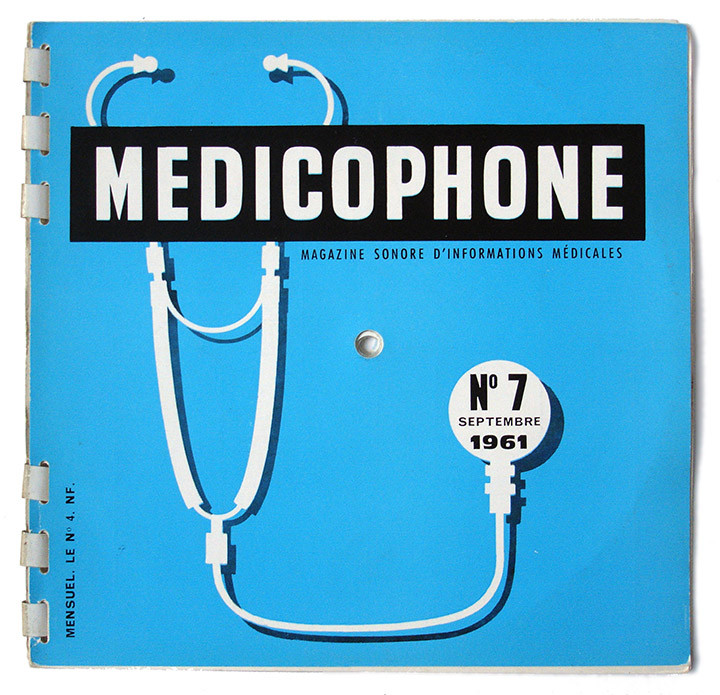
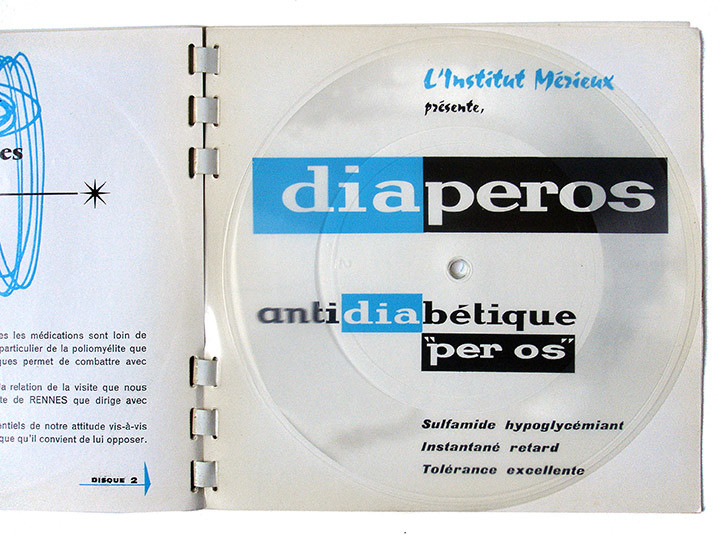
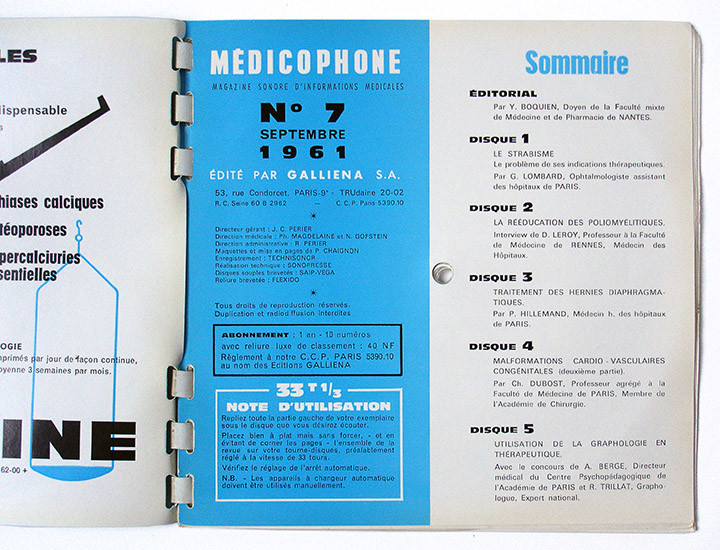
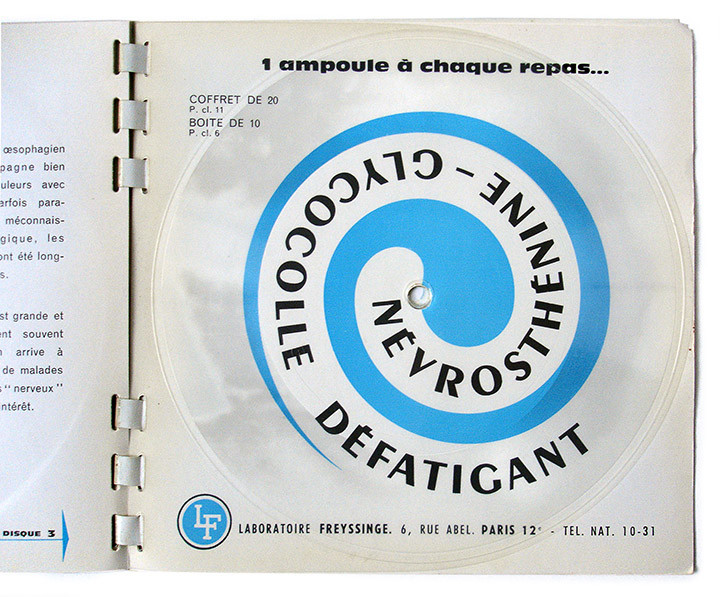
In The Beginning There Was Rhythm, ‘strictly reserved for the medical corps‘ (this is stamped no. 0131 inside) concentrates on jazz and seems to be a freebie produced or sponsored by Vegetaline, a coconut-based lard.
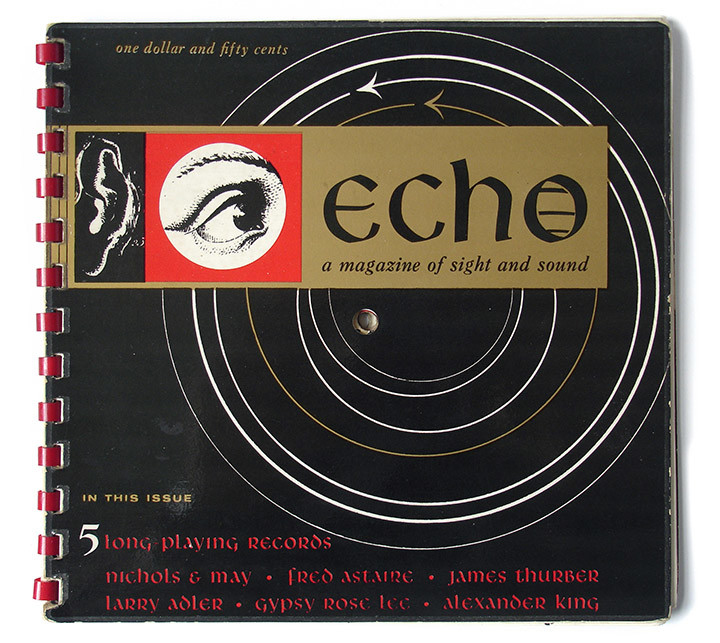
Again from the collection of Stephen Coates (The Real Tuesday Weld, Antique Beat, X-Ray Audio), Echo magazine no.1 (“a magazine of sight and sound”) debuted in 1959 with five two-colour, card-backed flexi discs featuring Mike Nichols & Elaine May, Fred Astaire, Larry Alder, ‘Gypsy’ and Alexander King on the Human Dilemma. Art directed by Cynthia Pennell, the issue has an almost medieval look from the choice of fonts with a more ‘jazz’ feel to the discs which include the red and gold of the cover – sadly lacking in later issues, of which no.2 will be featured here soon.
I’ve been so busy of late I’ve not had the time to update the blog. Last weekend I traveled to Russia for a couple of gigs and visited a huge basement record shop in Moscow called Sound Barrier. It was so huge and stuffed with records that I was overwhelmed after two hours in there although that could have been from the heating blasting out and the crazy high prices on the records.
Whenever I travel I try to buy local records from where I am and luckily the Russian discs I bought were cheap. I found many issues of Krugazor, the 7″-sized magazine with several flexi discs in each issue and some beautiful covers. I’ll feature them more in a separate Flexibition post but here are some shots of the shop and some other finds. 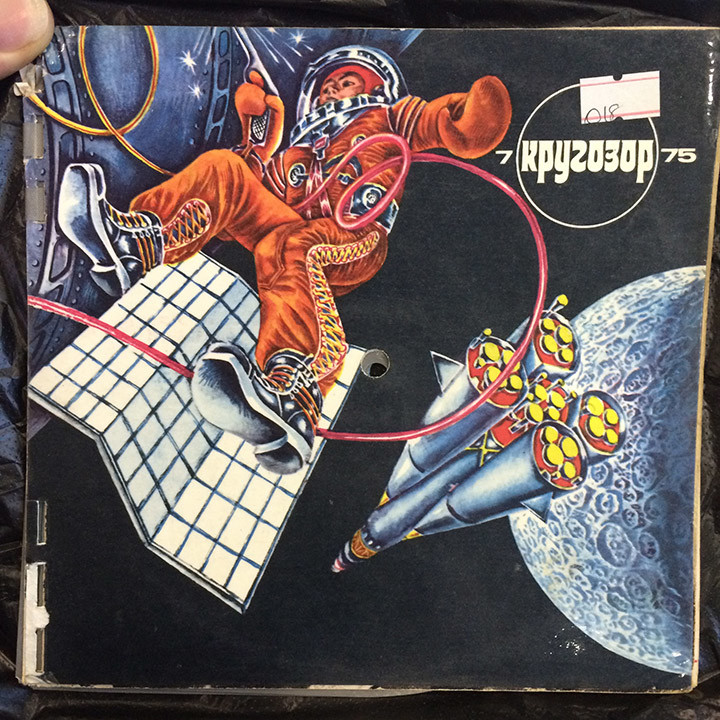

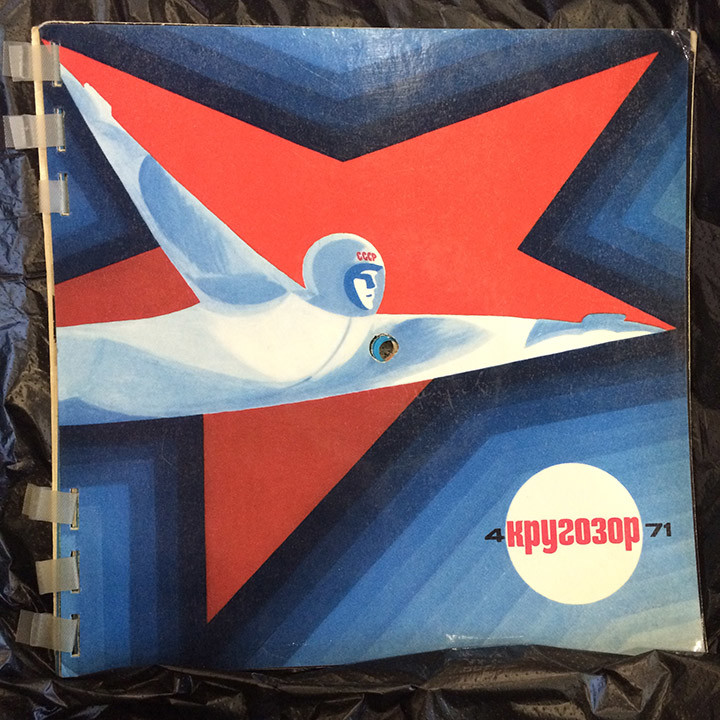
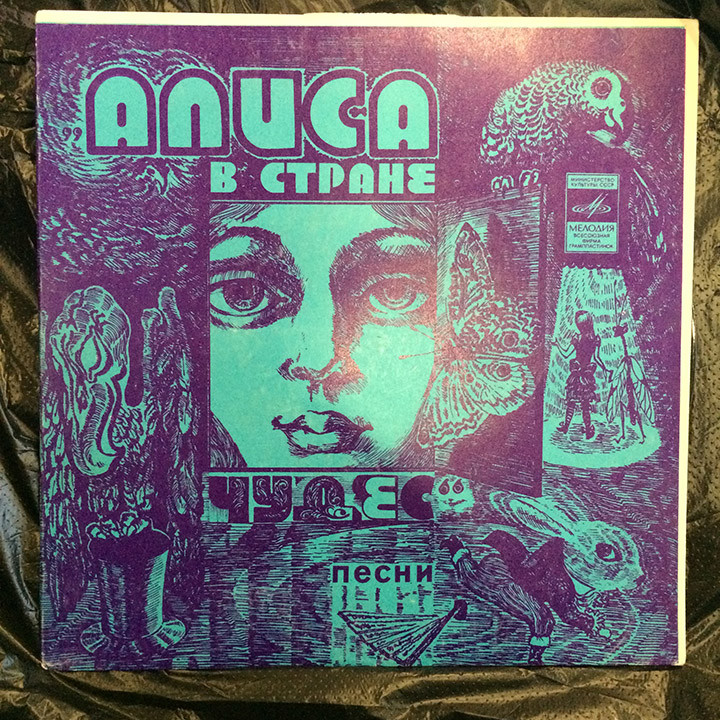


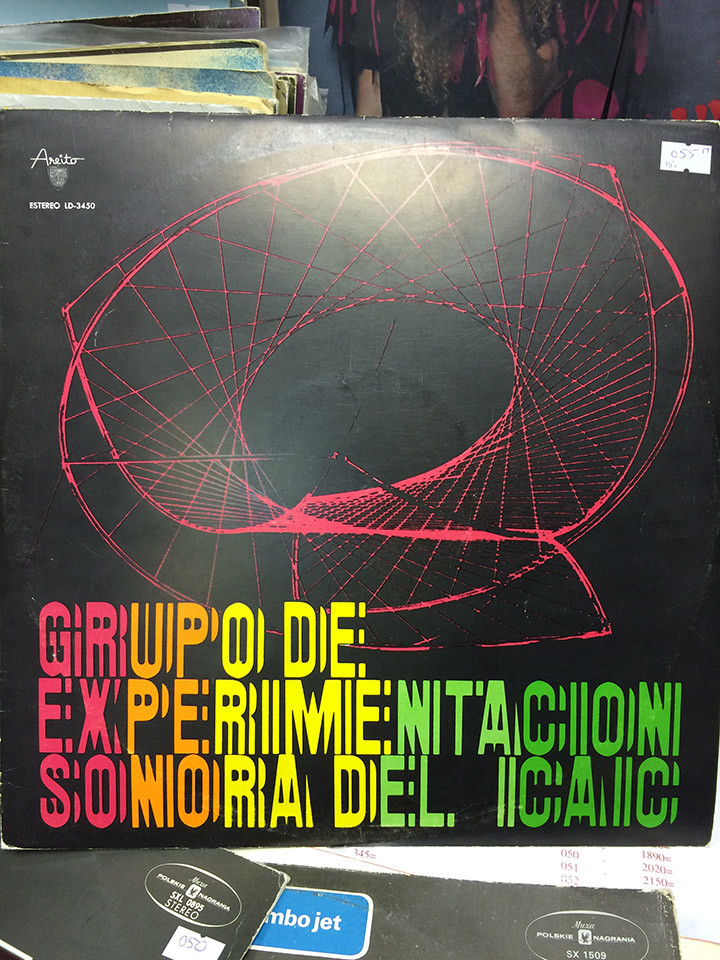

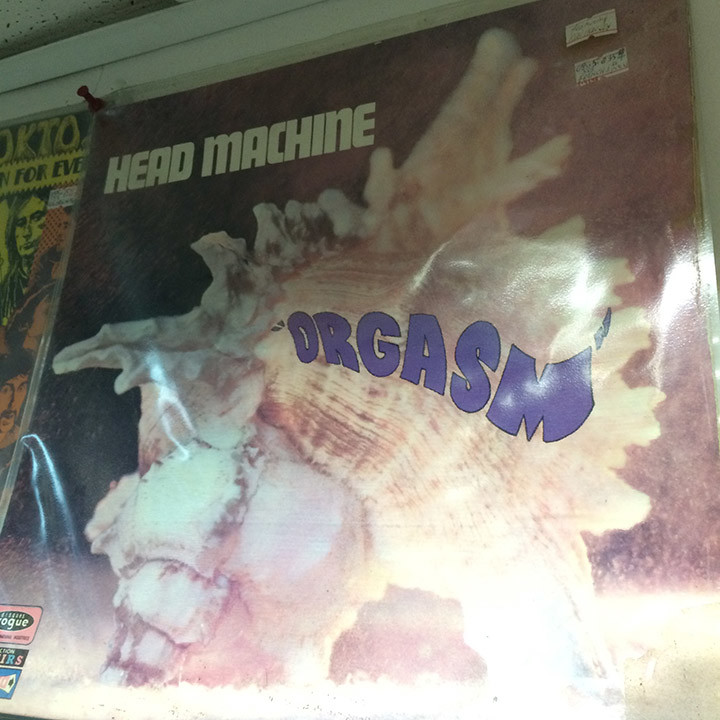


Inspired by the Olivetti exhibition a couple of months ago I went through my small collection of Architecture d’aujourd’hui magazines and snapped some 60s era adverts.
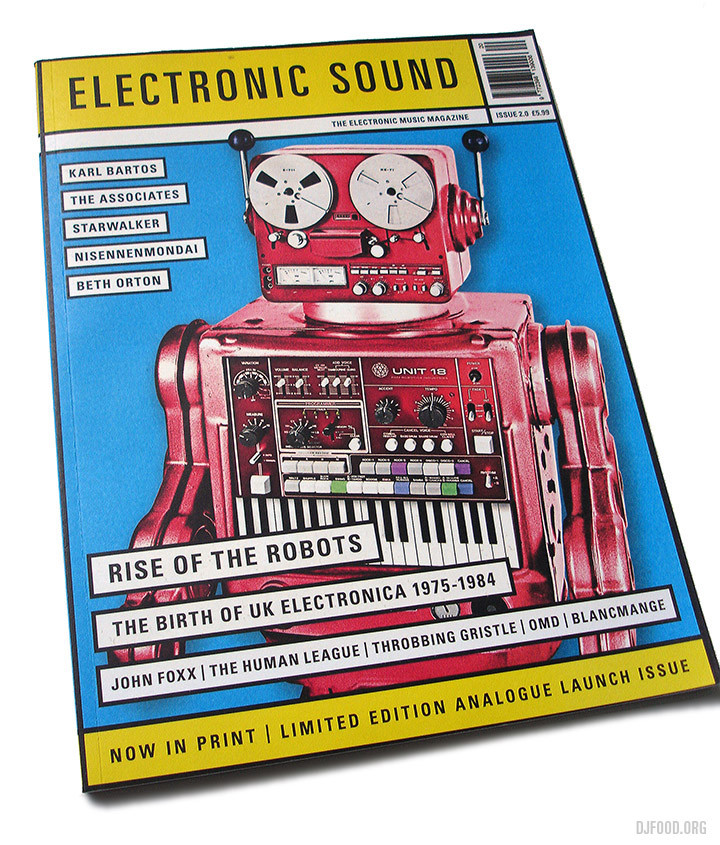
Electronic Sound, the online magazine of all things errr… electronic, has now become a physical printed issue too. Entering the analogue world with issue 2.0 (pictured), they’ve just published issue 21 which comes with a free CD of current electronic artists covering old synth classics (Paul Hartnoll does Kraftwerk’s ‘Numbers’ for instance). Well worth picking up with no-nonsense writing, clean design and beautiful photography, they straddle the current, historical and even delve into features on the machines that make the music.
Synthesizer Dave’s Workshop goes step-by-step through repairing an Italian Multiman-S, Jack Dangers is their resident archivist, giving a brief lowdown on Lovely Music’s Ltd‘s output and Dave Henderson unearths the genesis of his Wild Planet column for Sounds magazine. Add a ton of current release reviews, including Kris Needs‘ weird grab bag and interviews with everyone from Karl Bartos, Tim Gane, Beth Orton, Alan Rankin and more and it’s a must read. They have a subscriber deal on right now – 3 issues for a fiver. The next issue is out in September after which it should run monthly and there are more CDs promised over the next few issues.

I found this by the door of a record shop along with all the other piles of free magazines the other day. It’s nice to see something like this in amongst the slickly designed, oh-so-cool others that vie for your attention. Crammed full of alt. / weirdo / mondo / trash / whatever you want to call it culture and proud of it. Goblinko is a store in the States that sells all sorts from badges to posters to T-shirts, records and fanzines. There’s not many left like this
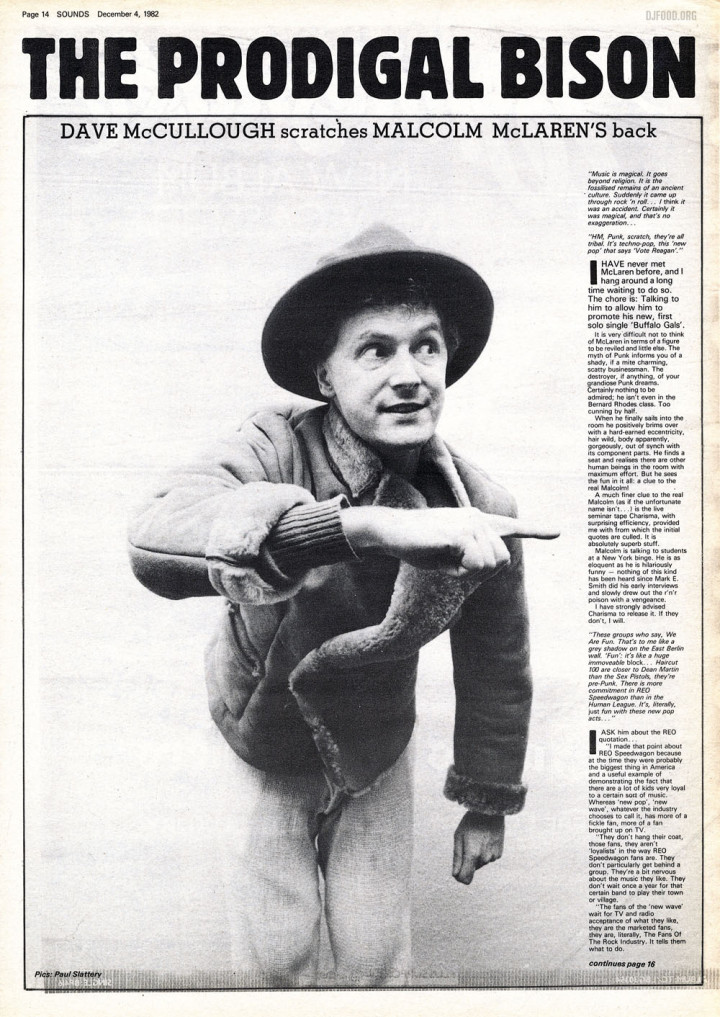
Malcolm McLaren would have been 70 years old today, here’s a collection of articles surrounding his seminal ‘Duck Rock’ album release in the early 80s from Sounds. Click to enlarge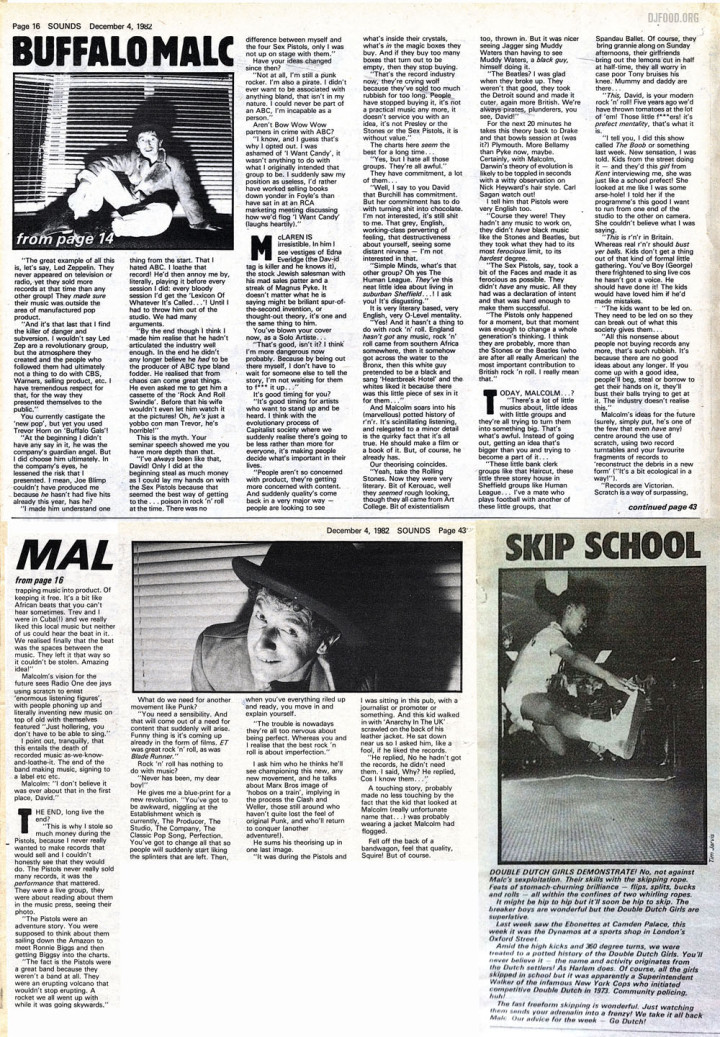
I’ve added a small news piece about the Double Dutch girls to the interview above to fill space. Big interviews were frequently cut up and placed at different points of the paper and I’ve cobbled this one back to a double page spread.
Above: The Garry Bushell-penned review of ‘Duck Rock’ which is rather damning – see the three ads below that were run in the paper the next week, all deftly extracting a rather different angle using quotes from the piece. There’s a definite whiff of Paul Morley on the tagline at the bottom and this would have been around the time when he and Trevor Horn, the album’s producer, would have been setting up their ZTT label.
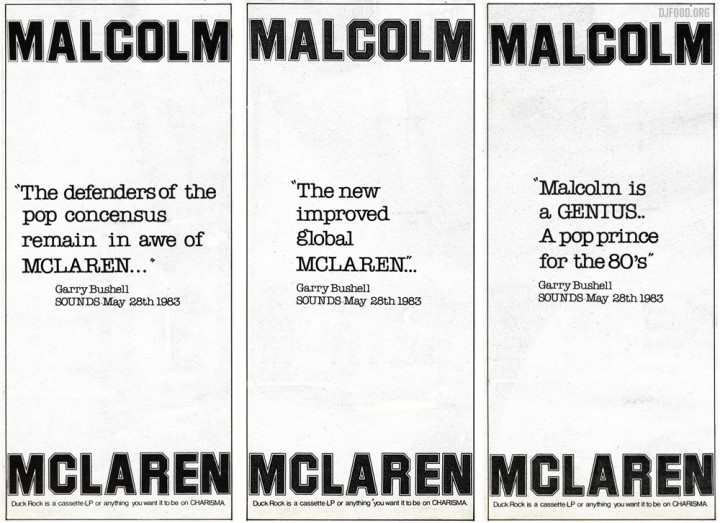
It quickly became common knowledge that McLaren had ripped off several compositions and taken writing credits on the album (something he had already done with Bow Wow Wow and would do again with ‘Fans’). Not even two months after the album’s release the writs were already flying.
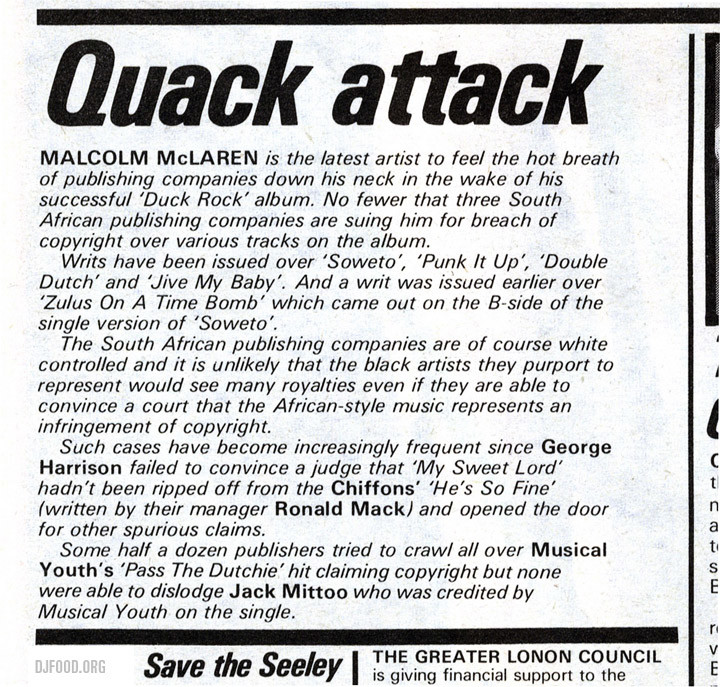
Back in 1981, Fred Vermorel – never one to mince his words and badly burned by his experience with Malcolm over the extremely dodgy ‘Chicken’ magazine – laid into him over two pages. It’s hard to justify what McLaren was intending with this publication (and I wouldn’t try) and thankfully we’ll never find out. There’s also a piece about the pirate fashions McLaren and partner Vivienne Westwood created that they launched Bow Wow Wow with.
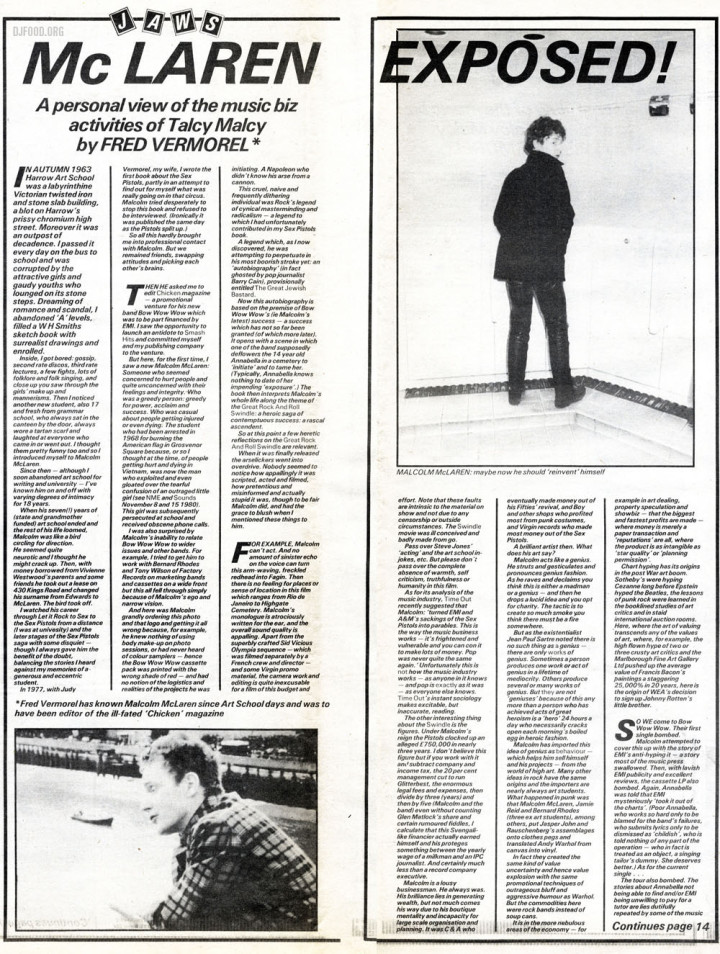
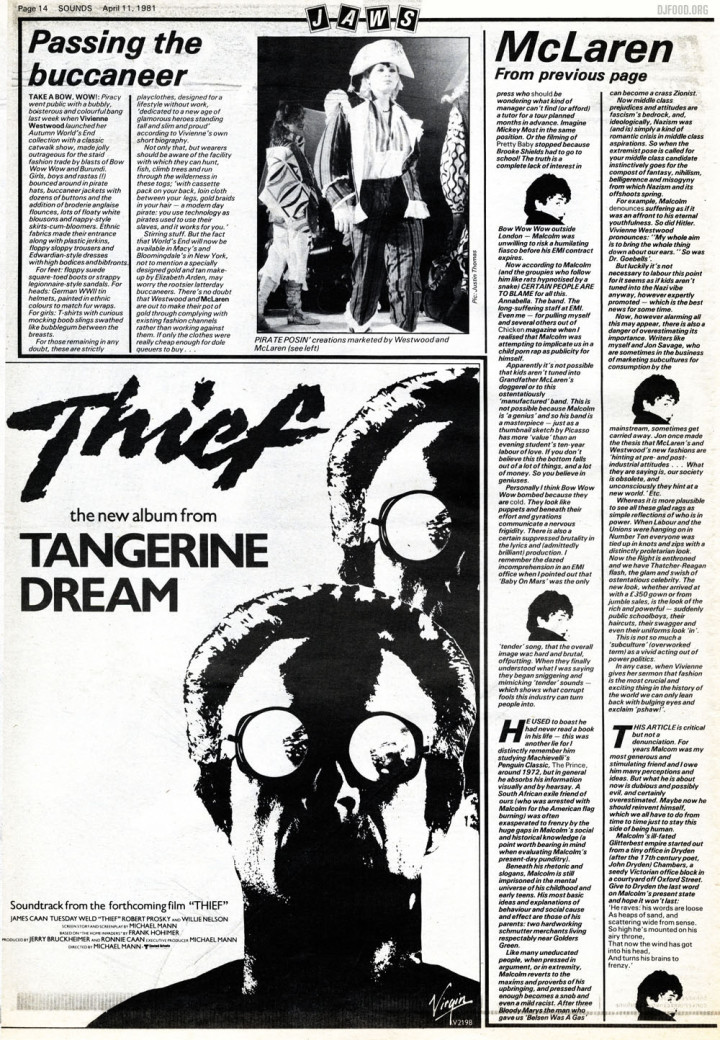
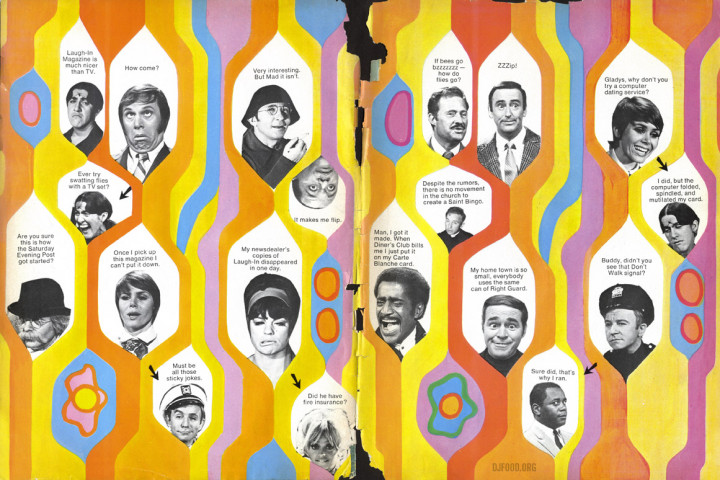
Laugh-In magazine was one of a host of humour publications that sprang up in the wake of Mad magazine’s success. It was a spin-off from Rowan & Martin’s TV show of the same name, cheaply produced and only lasted a year before folding. Going by the copy that I picked up in a basement over the summer, it’s not hard to see why, it wasn’t very funny at all, stuffed with filler to pad out the little of quality. I was drawn to some of the letter and graphic designs more than the humour content, for example the hand drawn headers and patterns you see here.
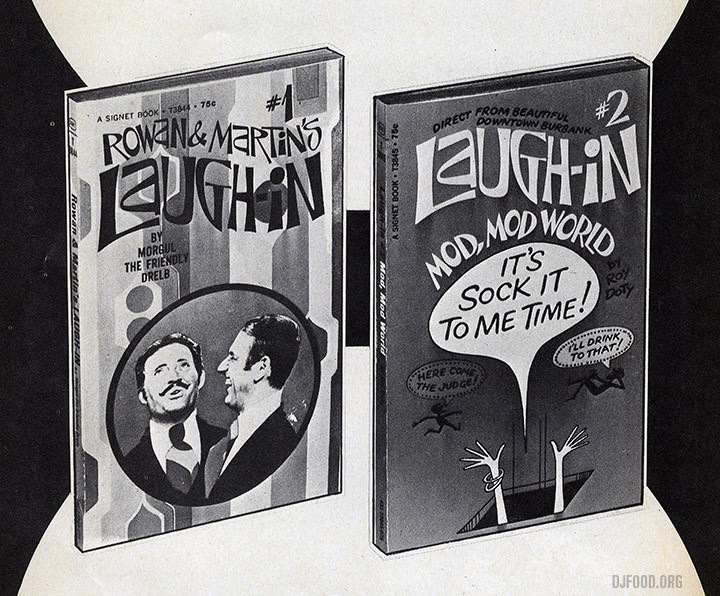
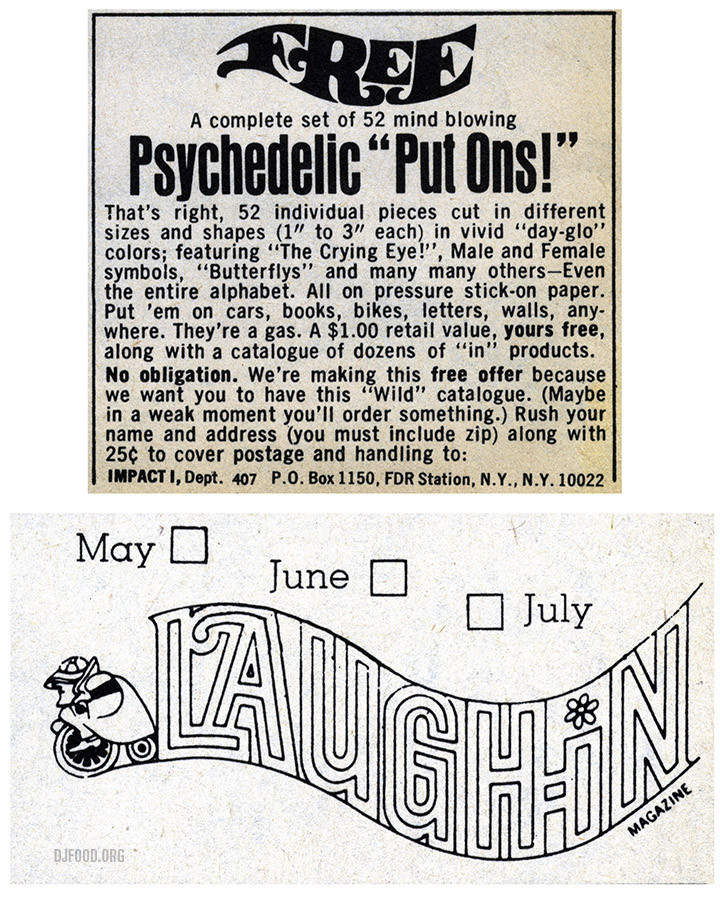
There was however one other redeeming feature worth keeping, a Moonlightling Monsters series of pin ups by John Strejan (who I’m presuming is the paper engineer of the same name), complete with period psychedelic lettering, that I’ve scanned and posted for Halloween.
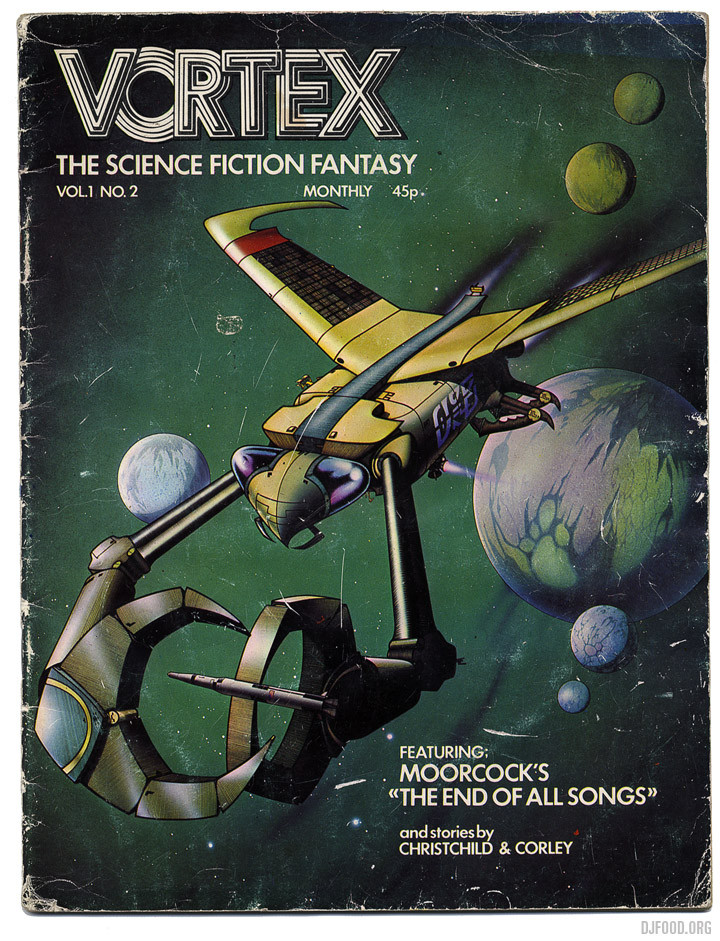
I found this the other day, Vortex #2 from February 1976. Lovely Rodney Matthews cover and there’s a 5 page interview with him inside as well as short stories from Michael Moorcock and others. The pages are all watermarked and the cover was filthy with all sorts of grime stuck to it, I’d wager that it had been skinned up on many a time over the years. Still a thing of beauty and I love that Vortex typeface.
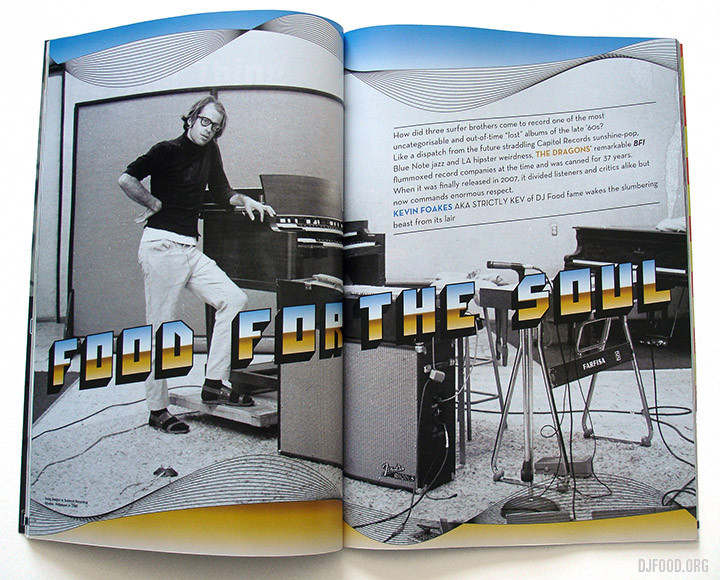
My article on The Dragons is in issue #49 of Shindig! Magazine – out now, 6 pages too. New interviews with Doug & Dennis Dragon plus Donn Landee who produced their BFI album. After their recent publisher troubles the mag is back and as good as ever, you should be able to find it in most WH Smiths and decent record shops. If the article piques your interest and you want to hear the music they made then Ninja Tune still has digital and CDs in stock although the vinyl is long gone.
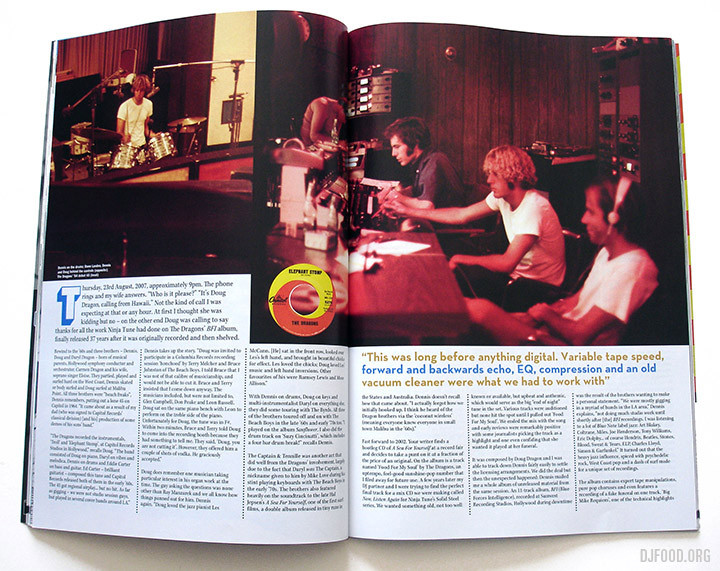
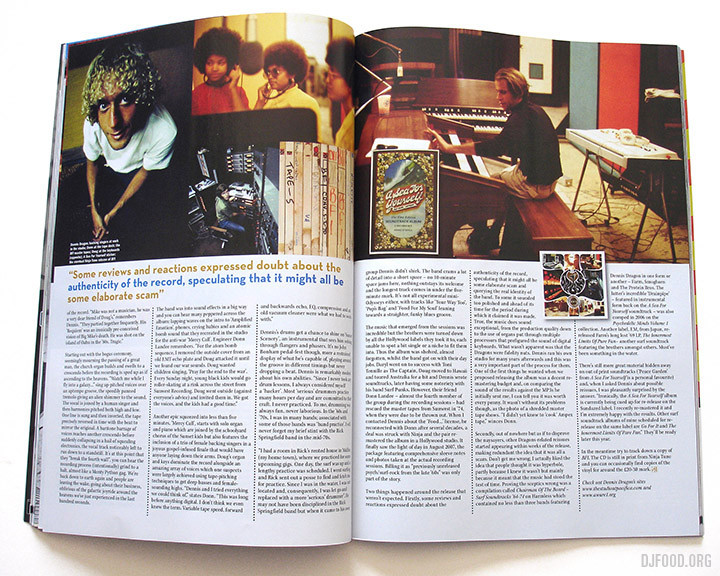
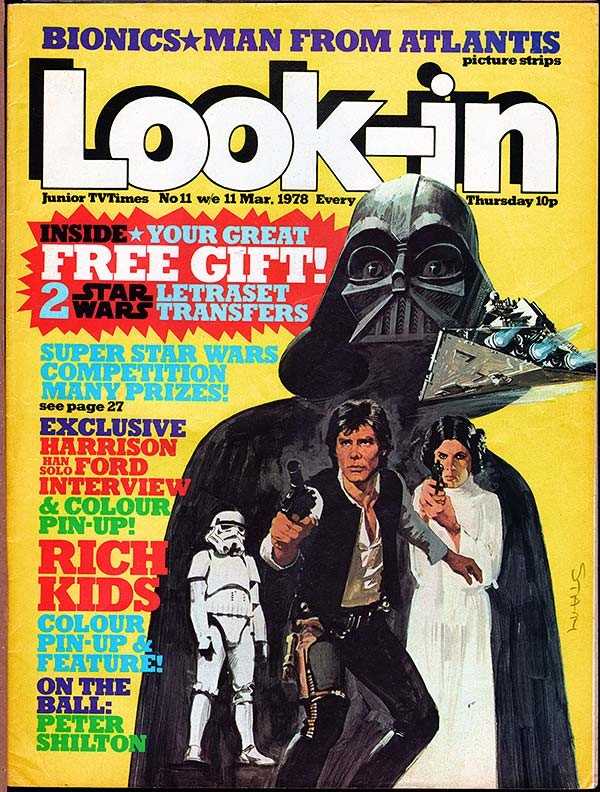
Painted covers for the UK weekly magazine/comic Look-In from a huge online collection over at Comic Vine.
I used to get this in the late 70s and early 80s although I’m not sure I had many of these issues. The mag was full of tie-ins with TV, film and music with features, comic strips, interviews and posters. They sure had favourites as well, Steve Austin – The Six Million Dollar Man was on so many covers and DJ Ed ‘Stewpot’ Stewart seemed to rule for a period in the 70s (check for two of him inside the gallery below).
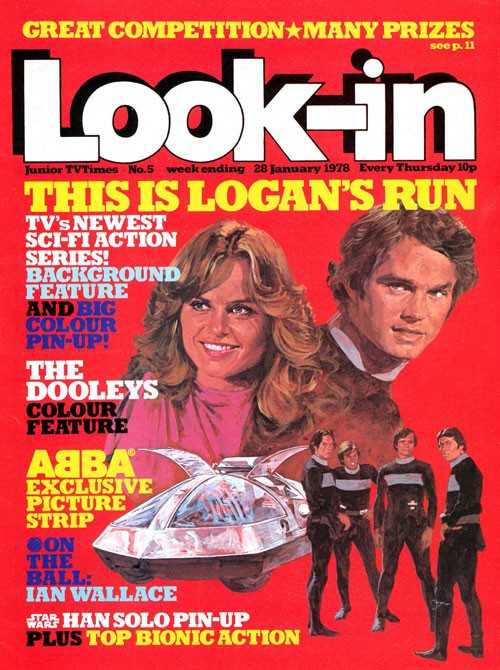
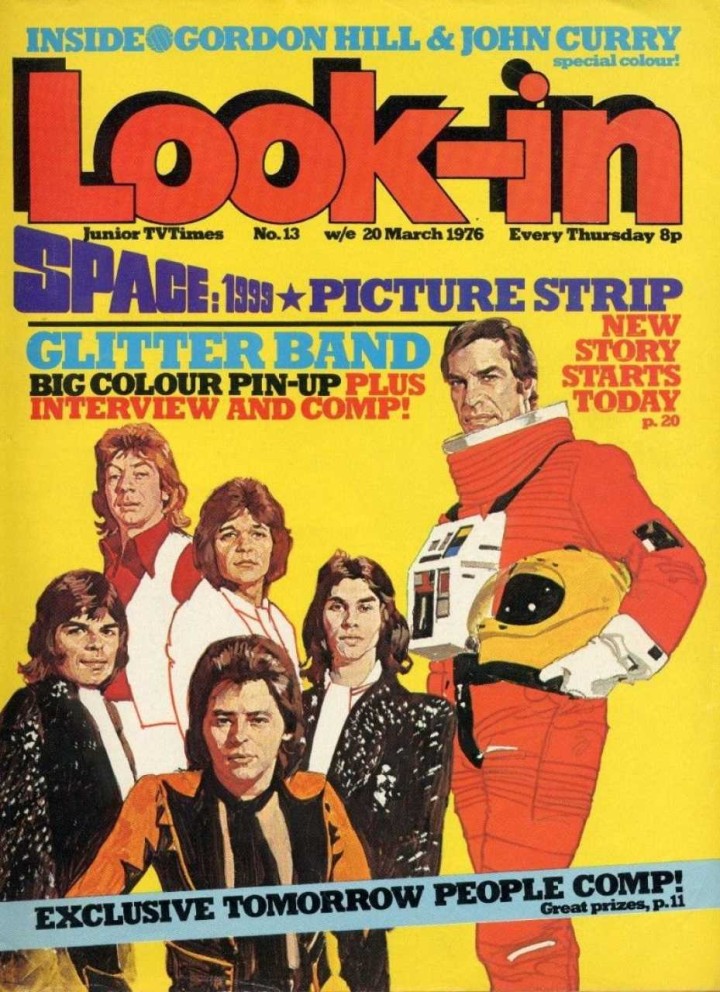
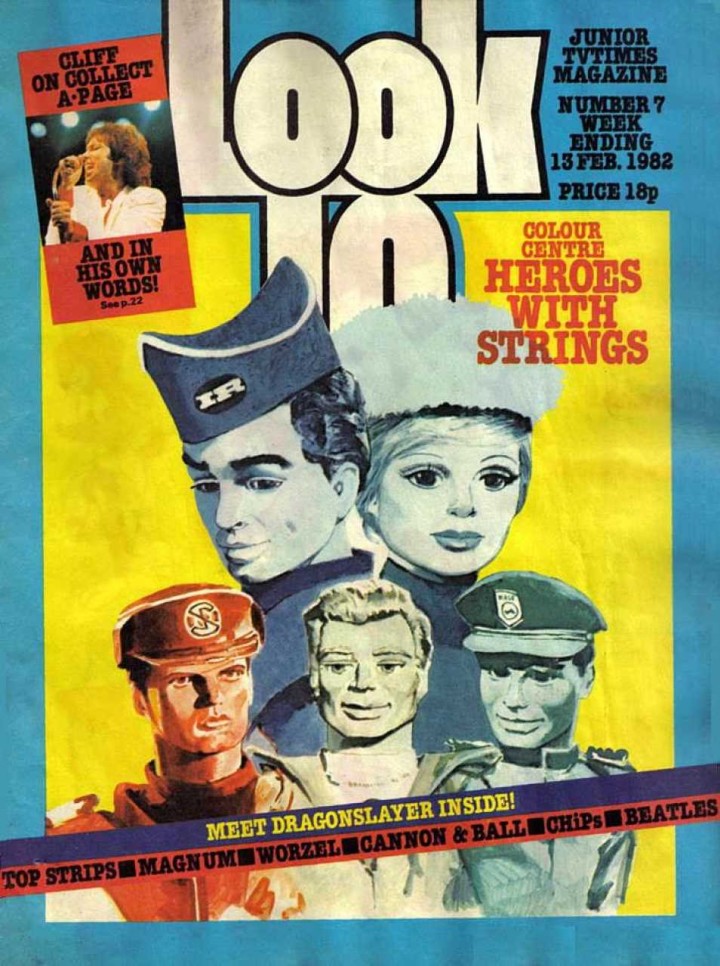
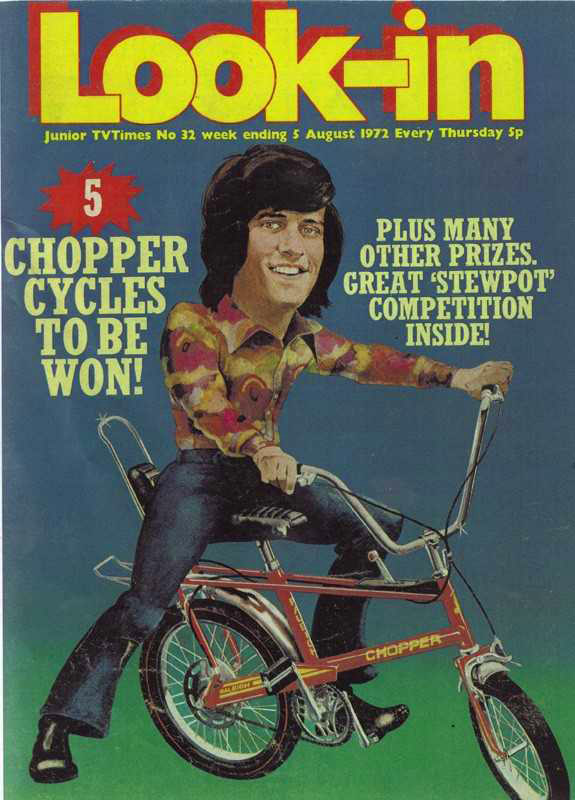
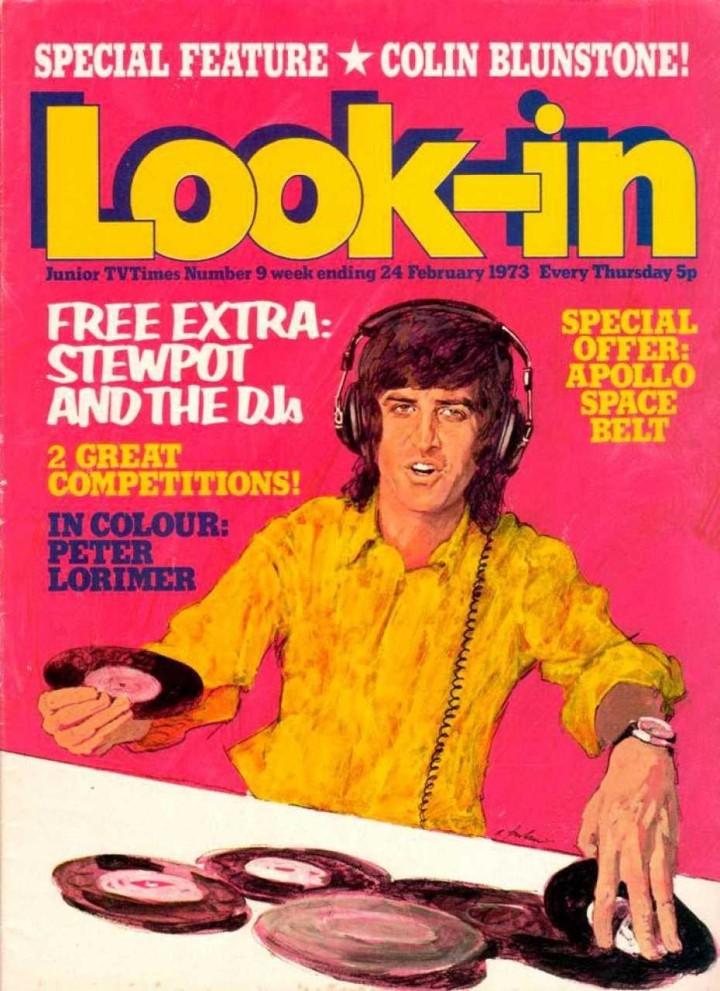
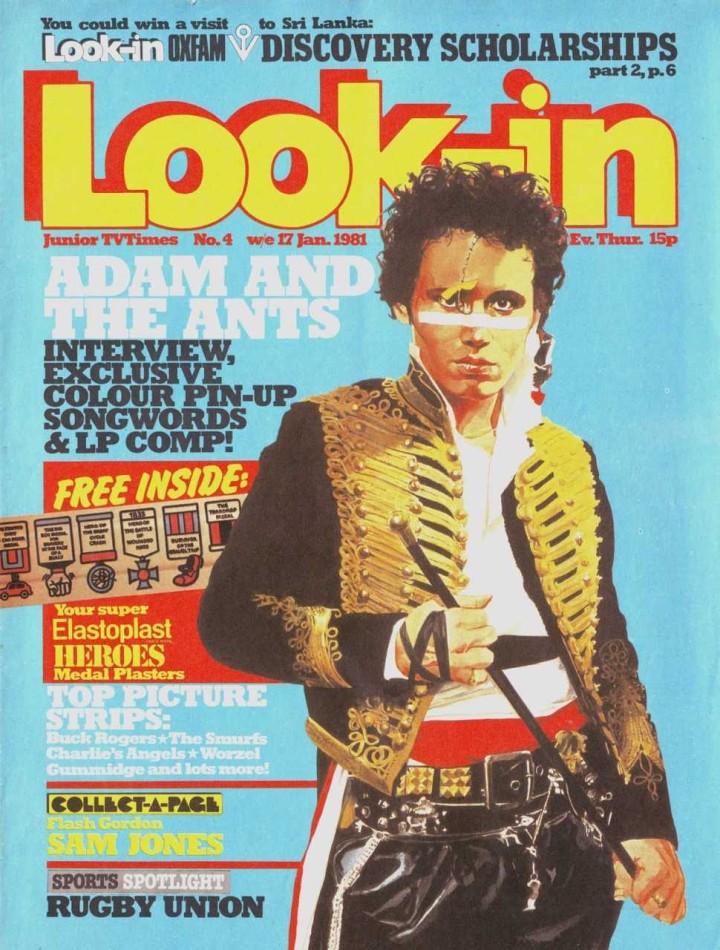
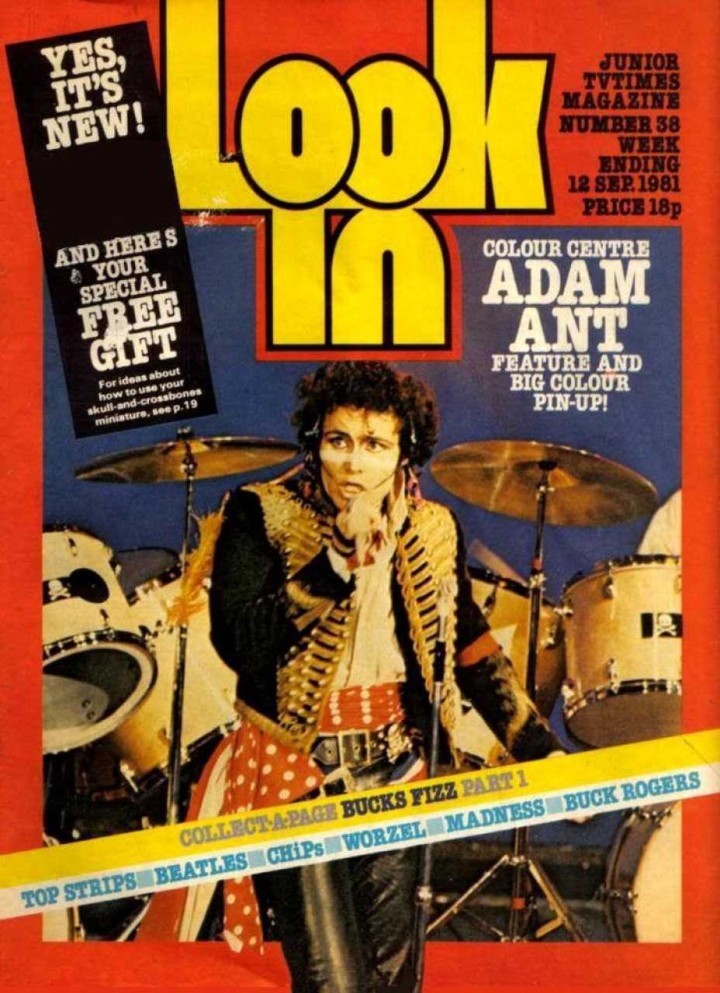
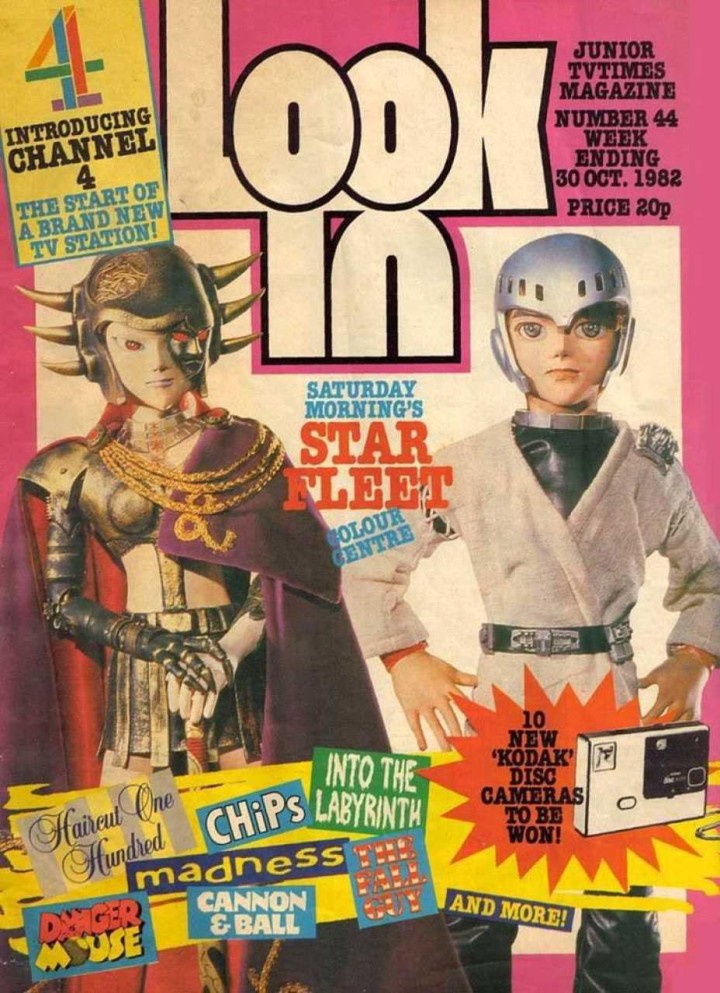
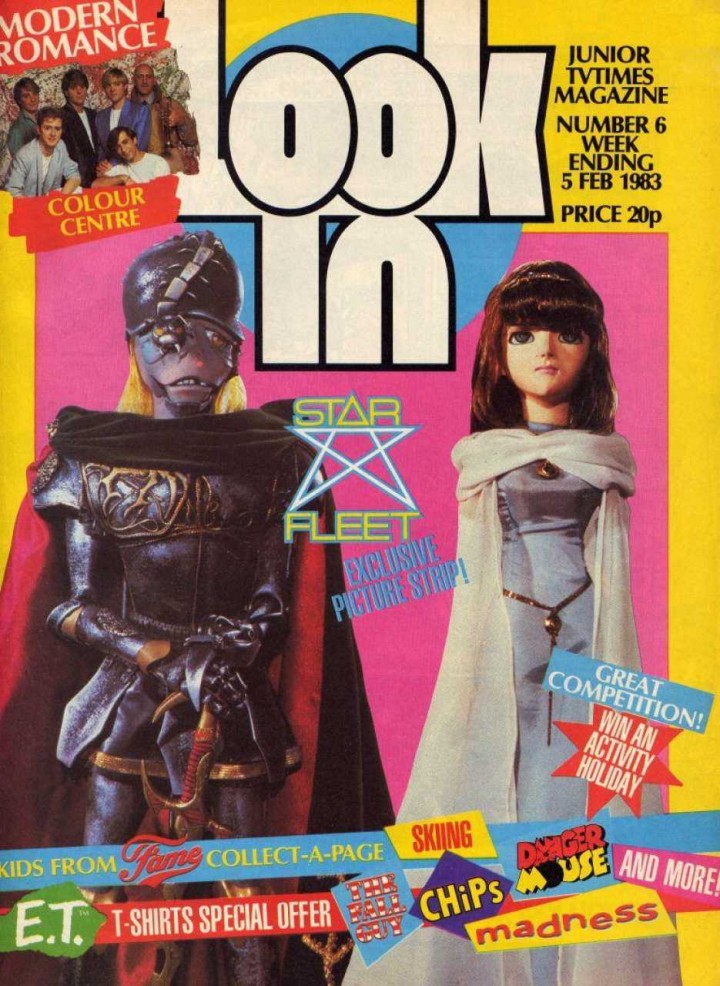
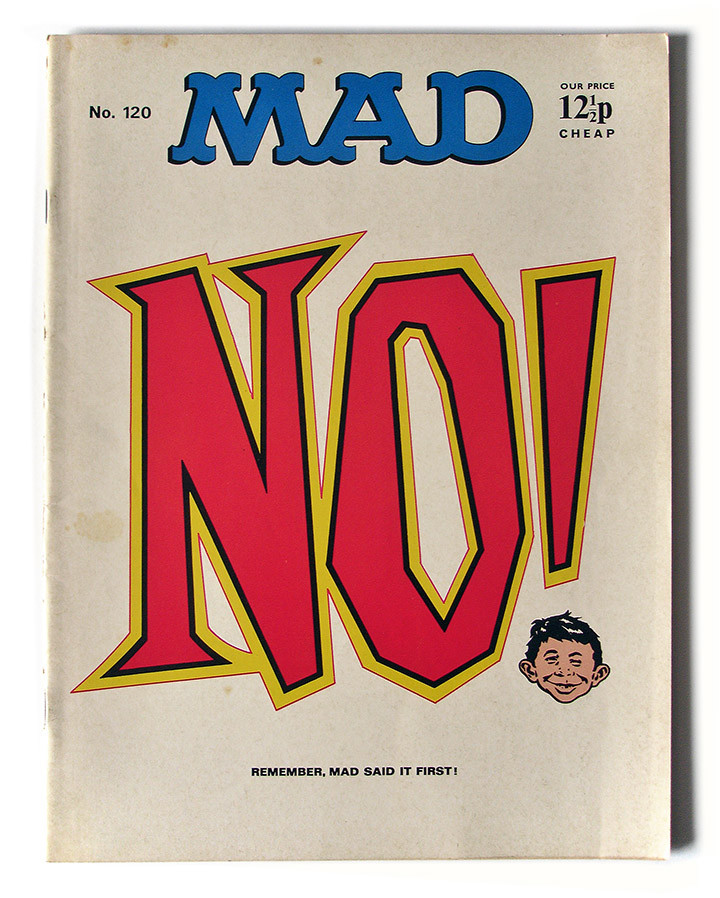 I try to be positive but sometimes a negative is needed. From the collection of Steve Cook who kindly passed it on to me earlier today, thanks mate
I try to be positive but sometimes a negative is needed. From the collection of Steve Cook who kindly passed it on to me earlier today, thanks mate  More to come…
More to come…
After the news that the NME was going to be free as of September yesterday I dug out these old covers from over 30 years ago. I never read it until the late 80s and 90s but have since gone back and waded through years of issues for various research purposes and the breath of subjects covered, the writing, the photography and even the design sometimes, was taken for granted on a weekly basis. Barney Bubbles designed the logo seen on these covers too. Check the Sly & Robbie feature below for the skewed design and the Frank Sinatra wraparound cover which seems apt after the news.
Along with the Melody Maker, Sounds and Record Mirror (four weekly music mags!) it was the only one to survive, having weathered the storm since 1952. This latest move – this ‘last throw of the dice’ as someone called it – seems to indicate that we’re another step down the road, another nail in the coffin, where the worth of others’ creativity is reduced to practically zero. Rockin’ in the Free World.
 Music Journalist Simon Reynolds – author of Rip it Up & Start Again, Retromania, Energy Flash and more – has put some articles up that he wrote about the Ambient scene in the UK for Melody Maker in 1993 on his blog. The reason I’m including them here is because this was the first proper interview I ever did for a music publication and I love Reynolds’ writing in general (despite his need to define and compartmentalise micro scenes before they’ve fully evolved all the time). An interesting look back but I think he was shoe-horning what we were doing into his collection of interviewees and possibly using us as a link the other bands to the Ambient/Chill Out scene at the time.
Music Journalist Simon Reynolds – author of Rip it Up & Start Again, Retromania, Energy Flash and more – has put some articles up that he wrote about the Ambient scene in the UK for Melody Maker in 1993 on his blog. The reason I’m including them here is because this was the first proper interview I ever did for a music publication and I love Reynolds’ writing in general (despite his need to define and compartmentalise micro scenes before they’ve fully evolved all the time). An interesting look back but I think he was shoe-horning what we were doing into his collection of interviewees and possibly using us as a link the other bands to the Ambient/Chill Out scene at the time.

